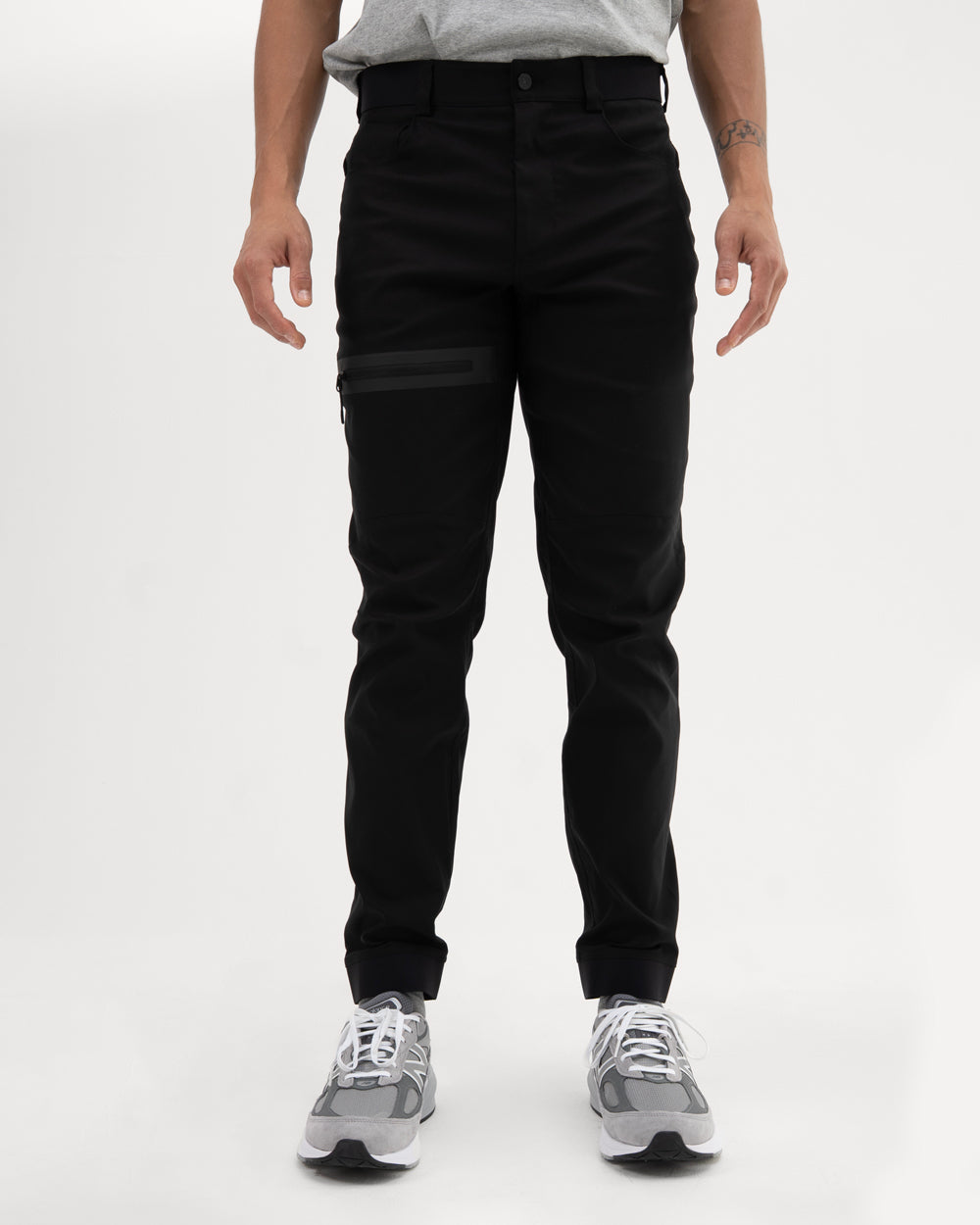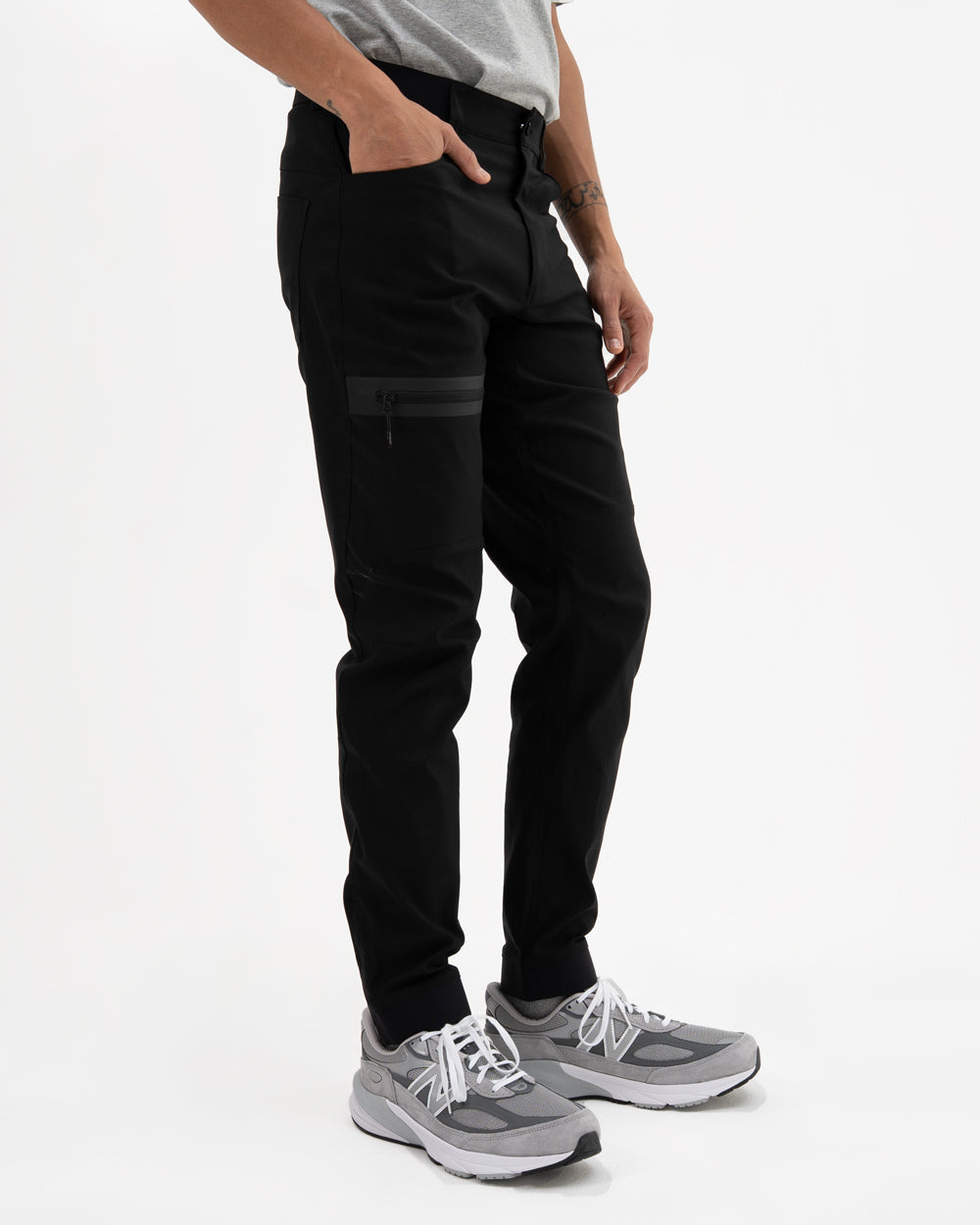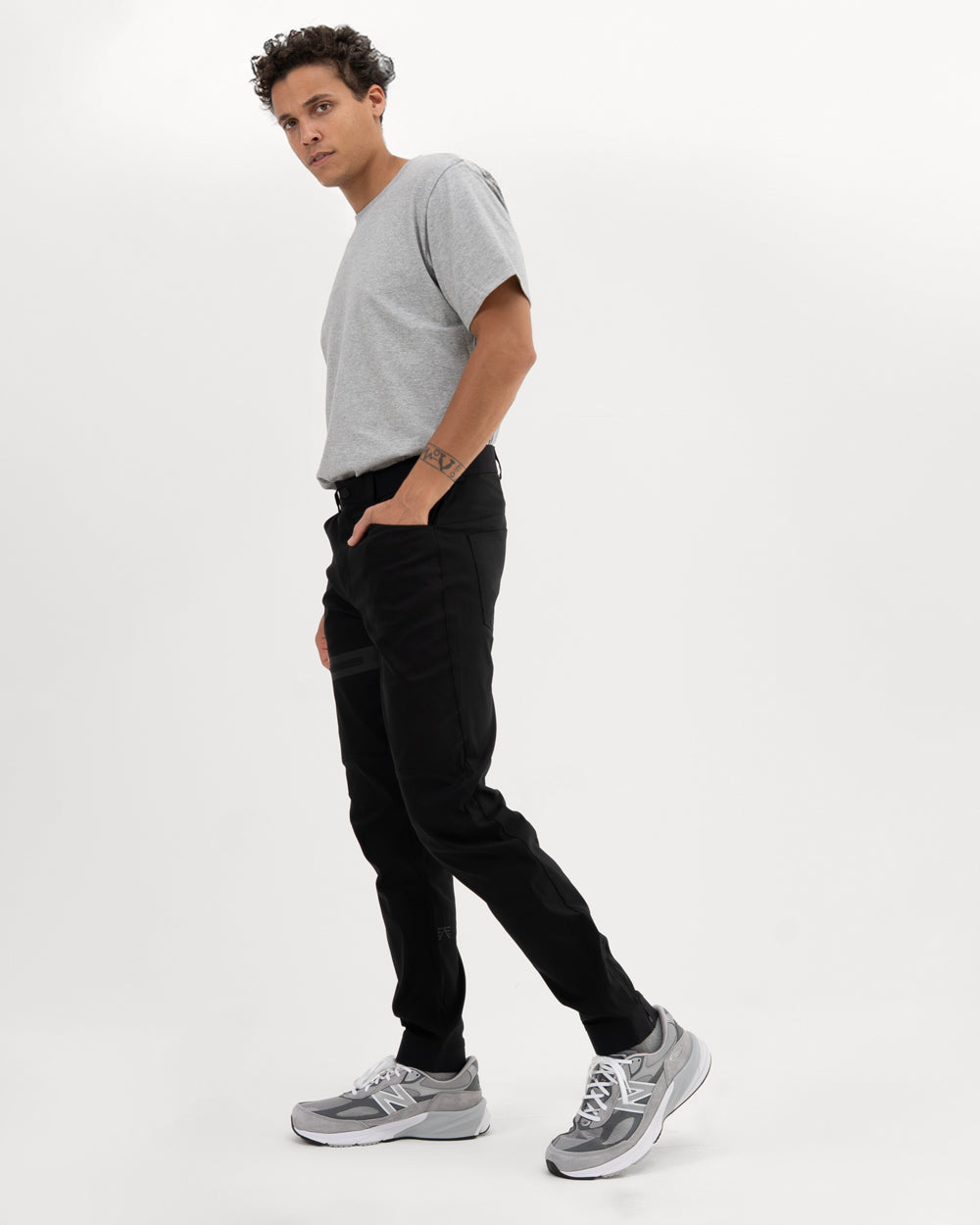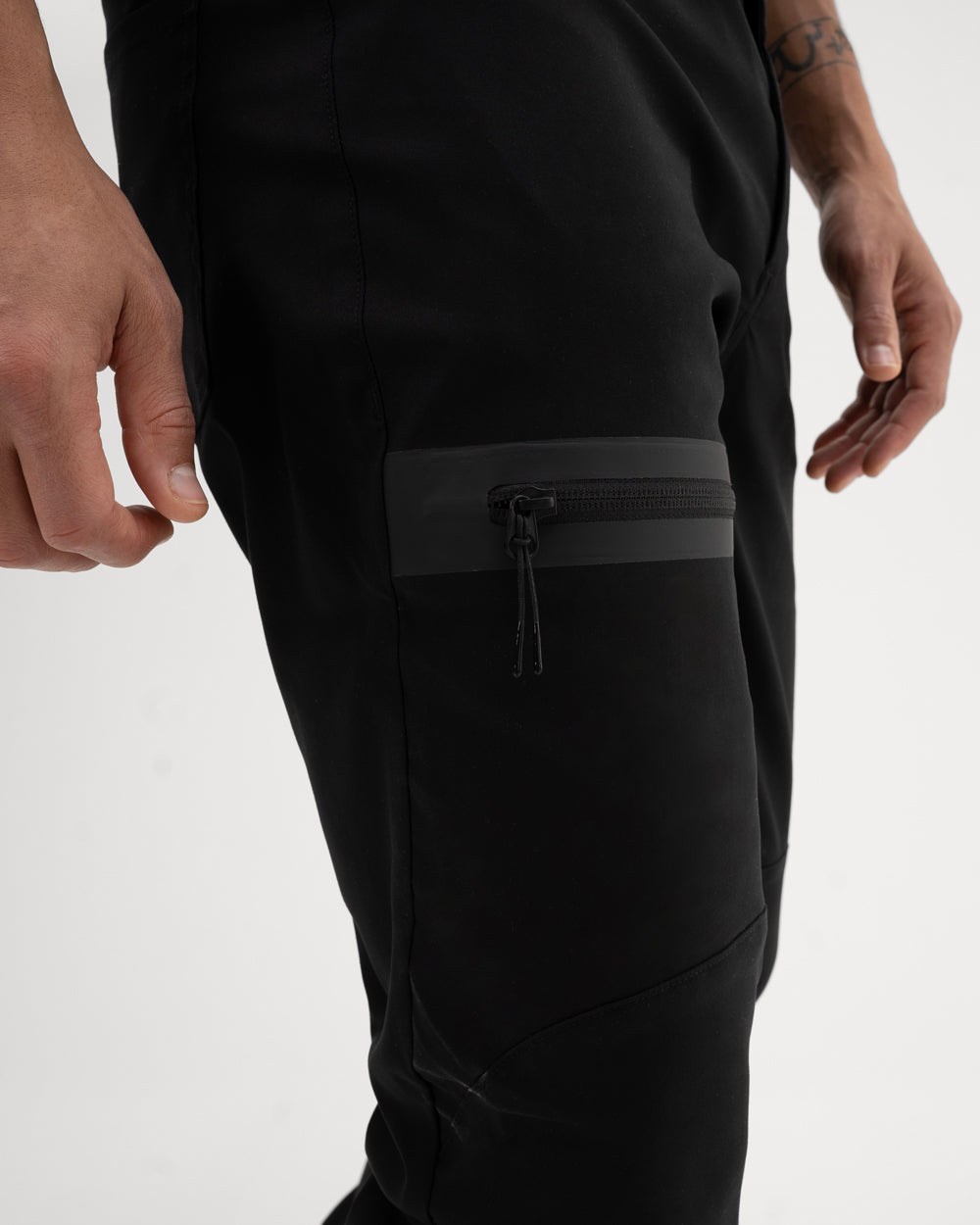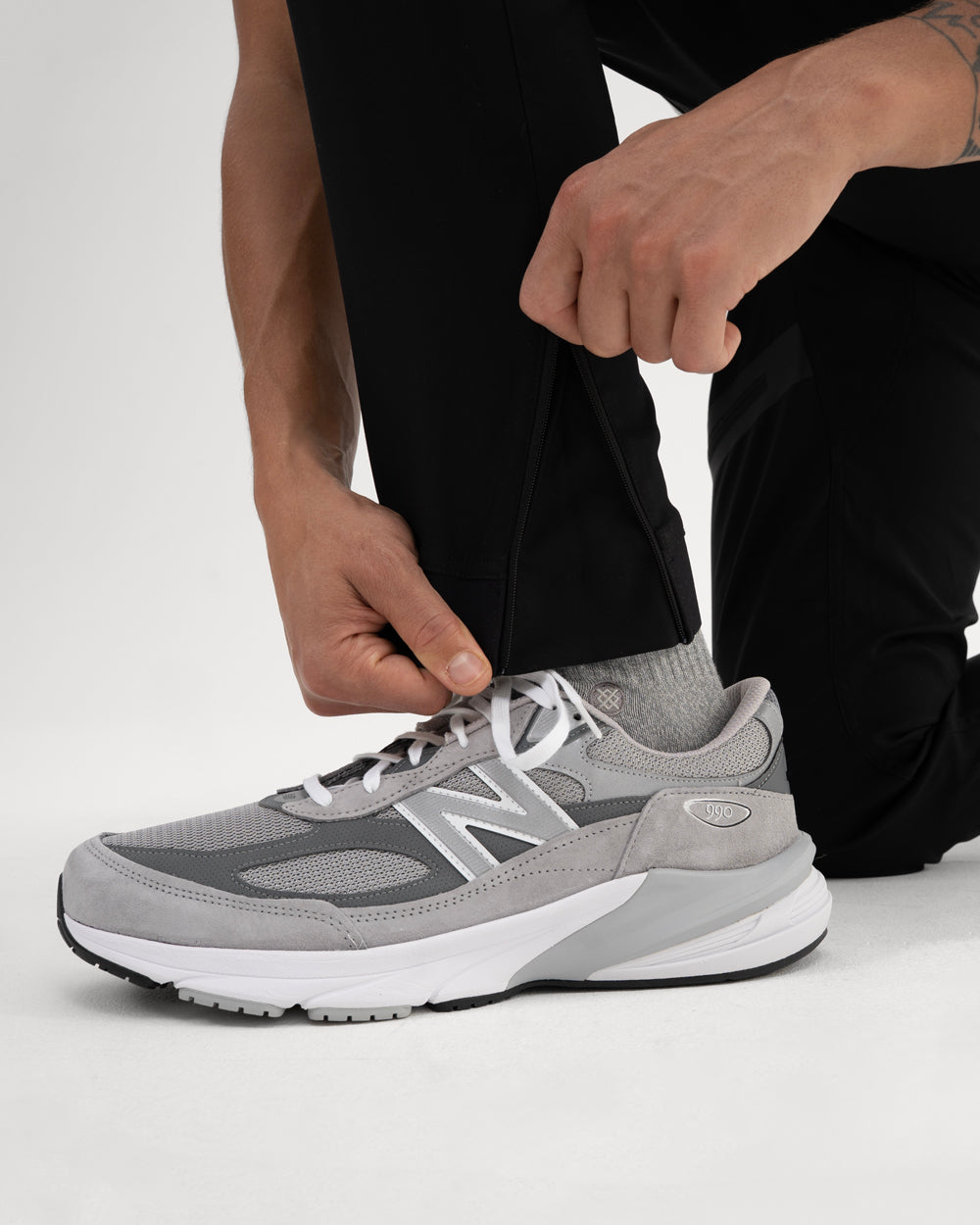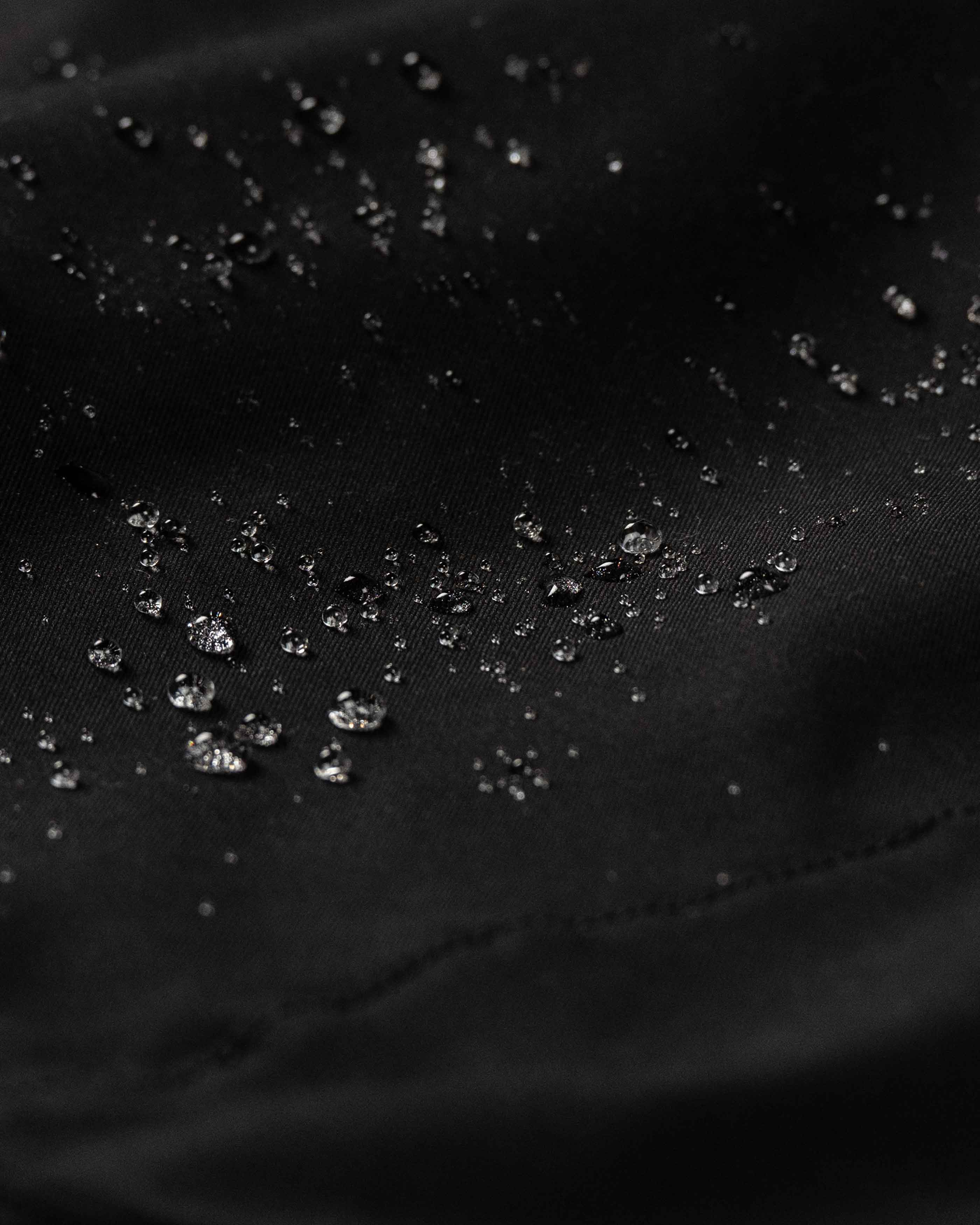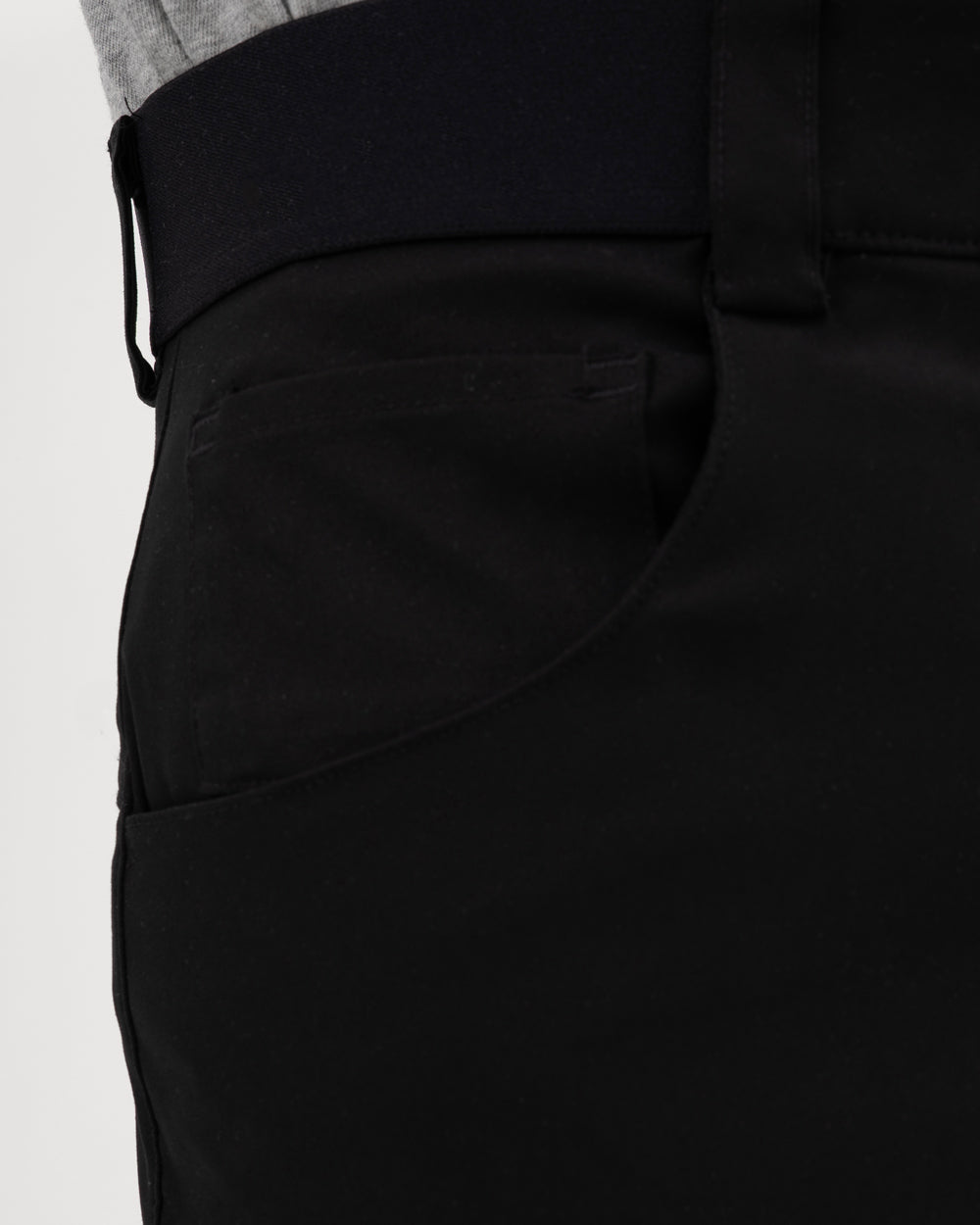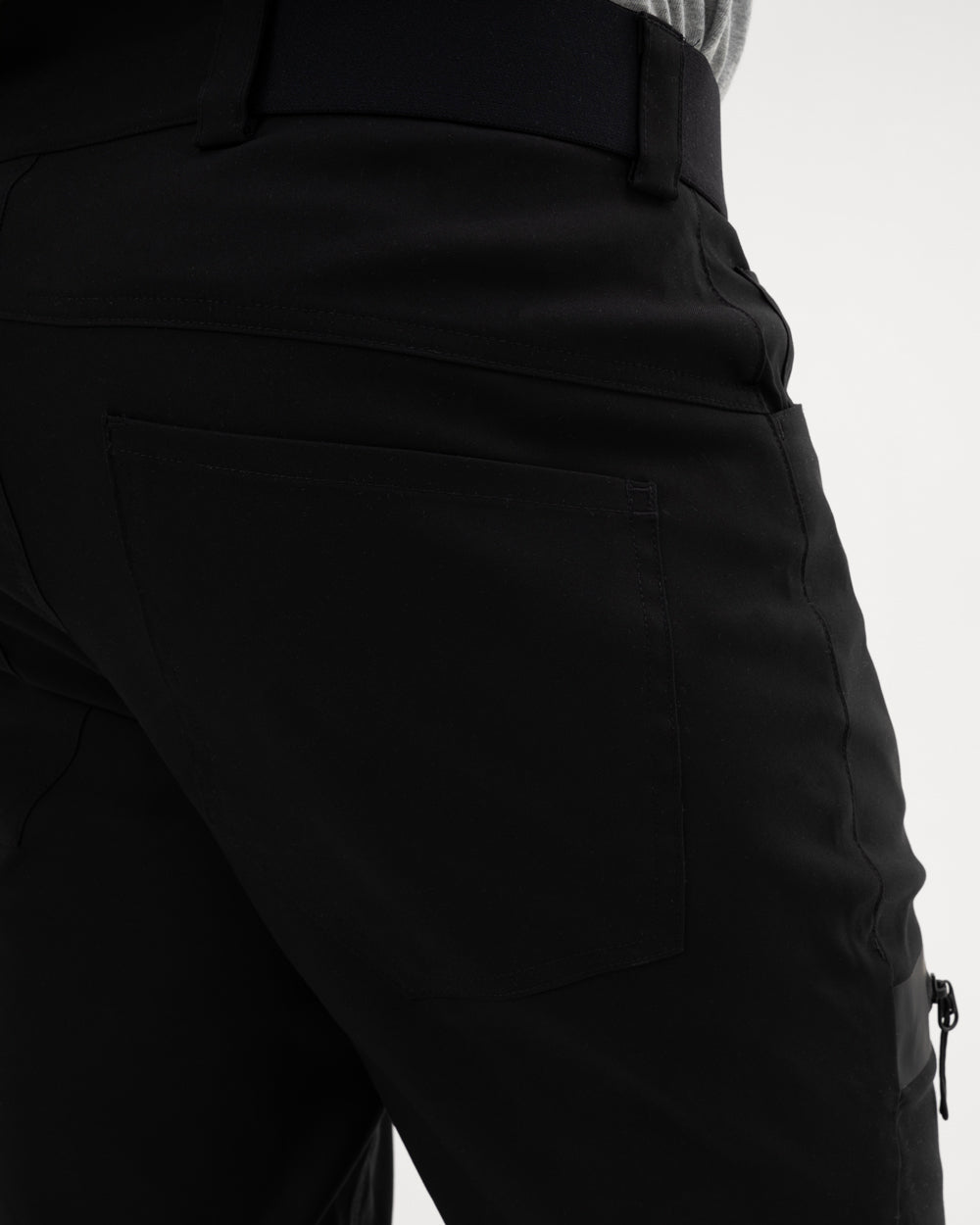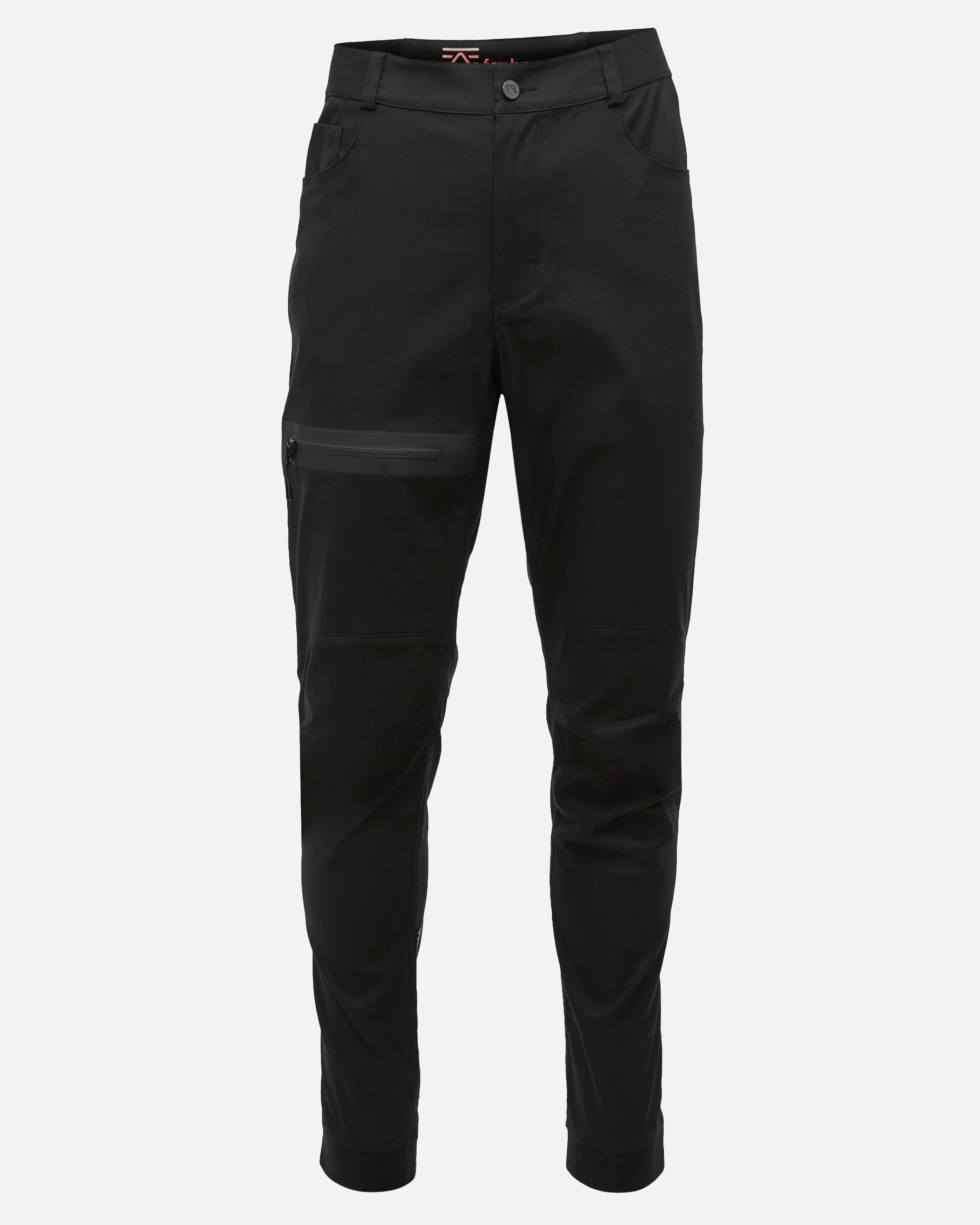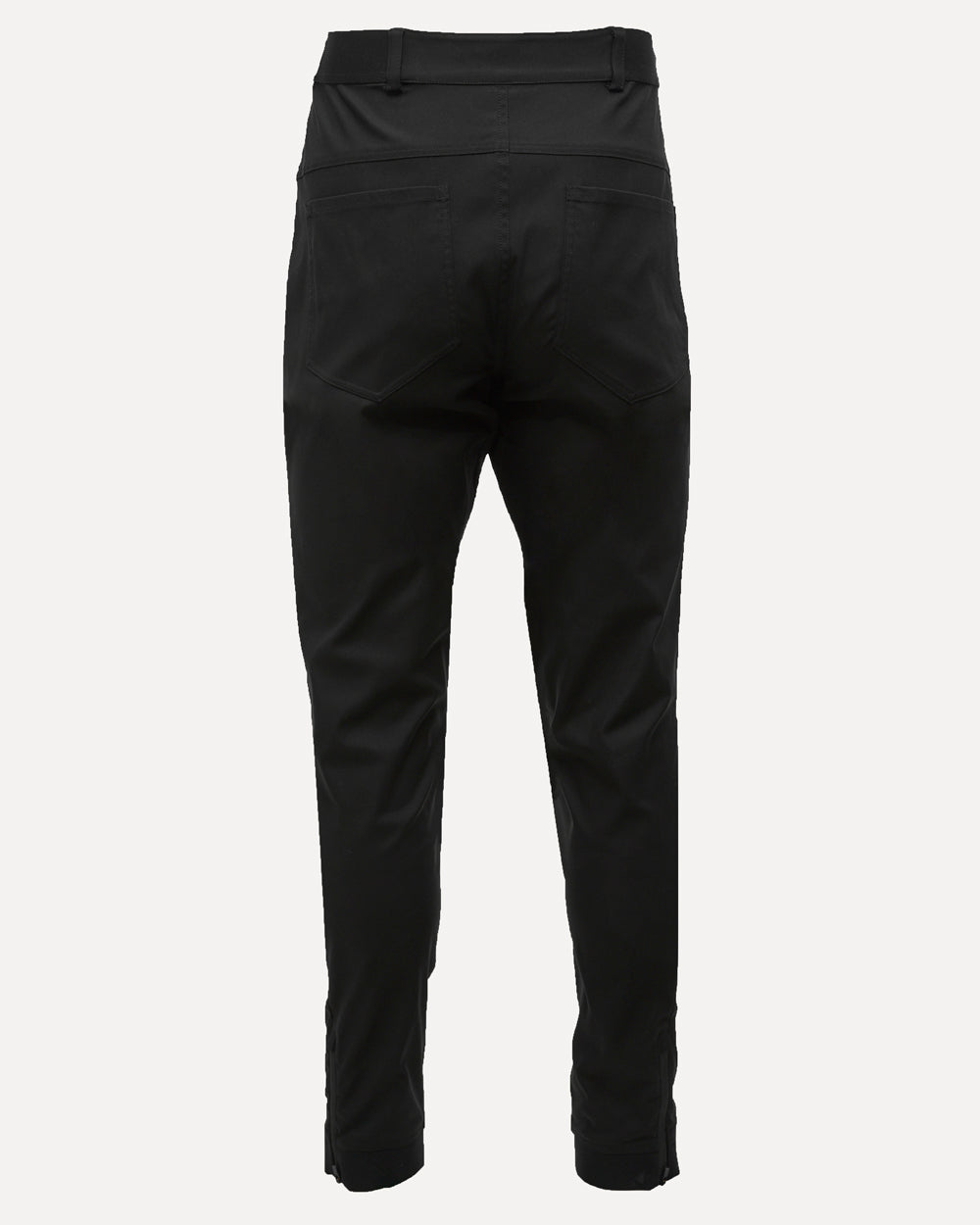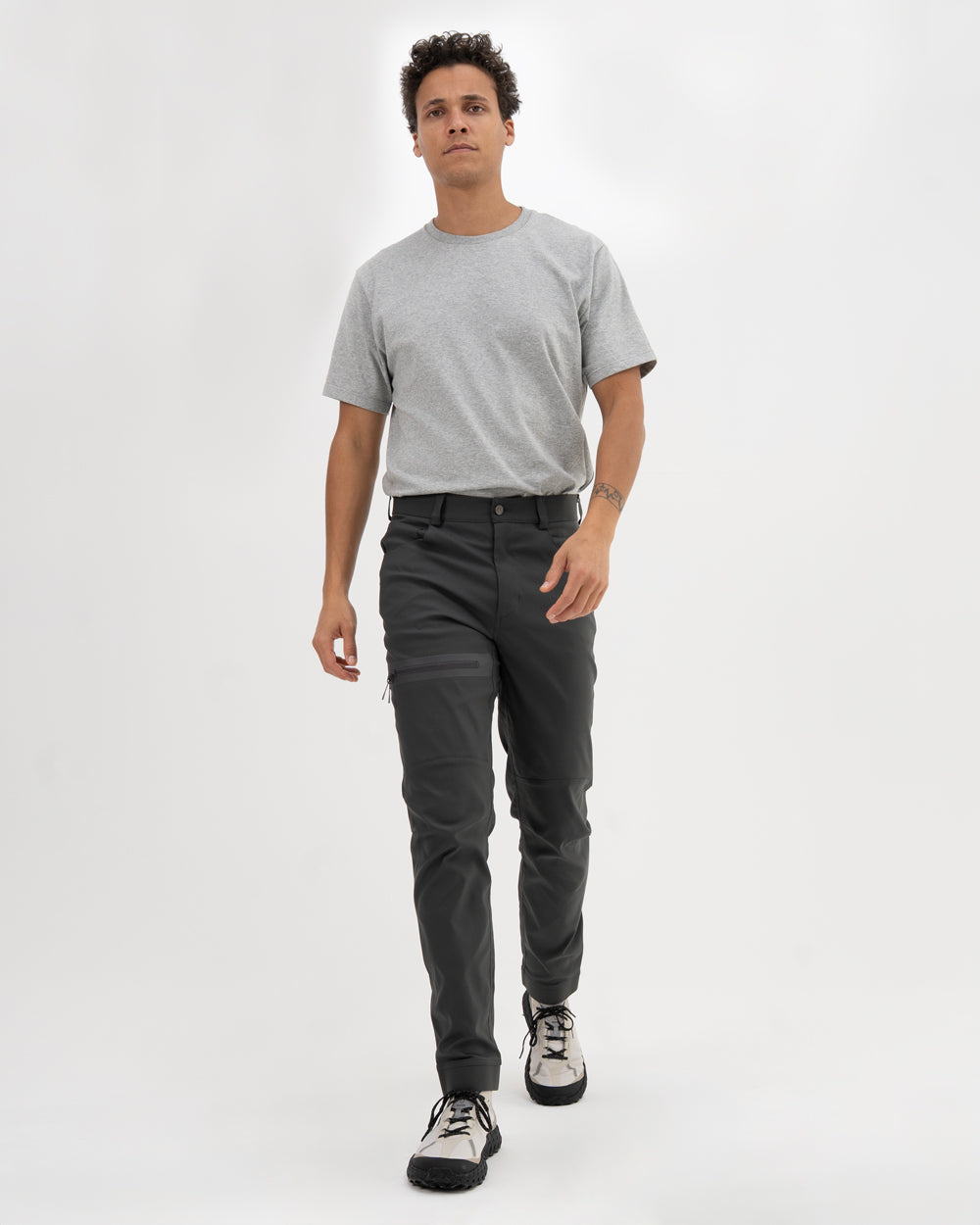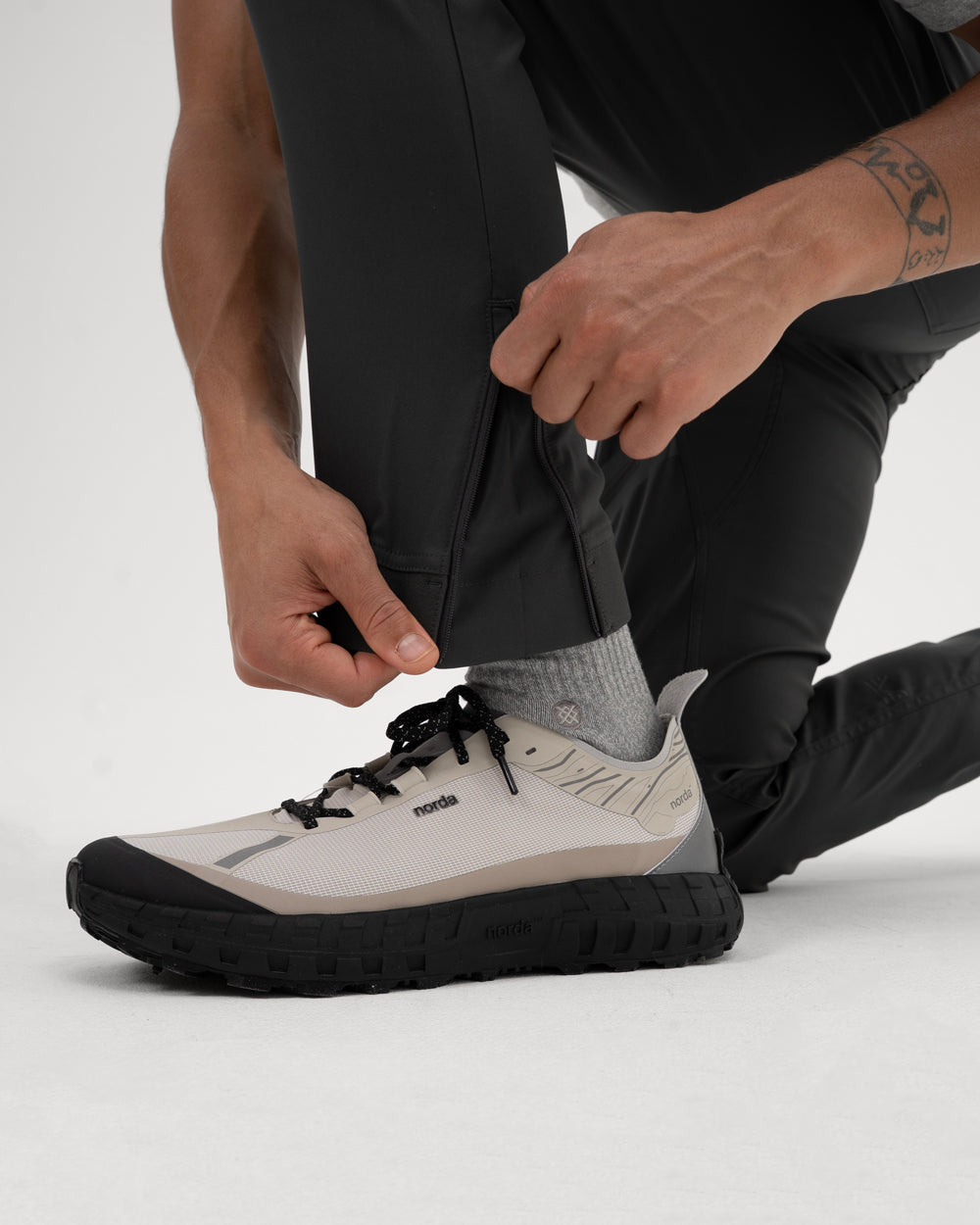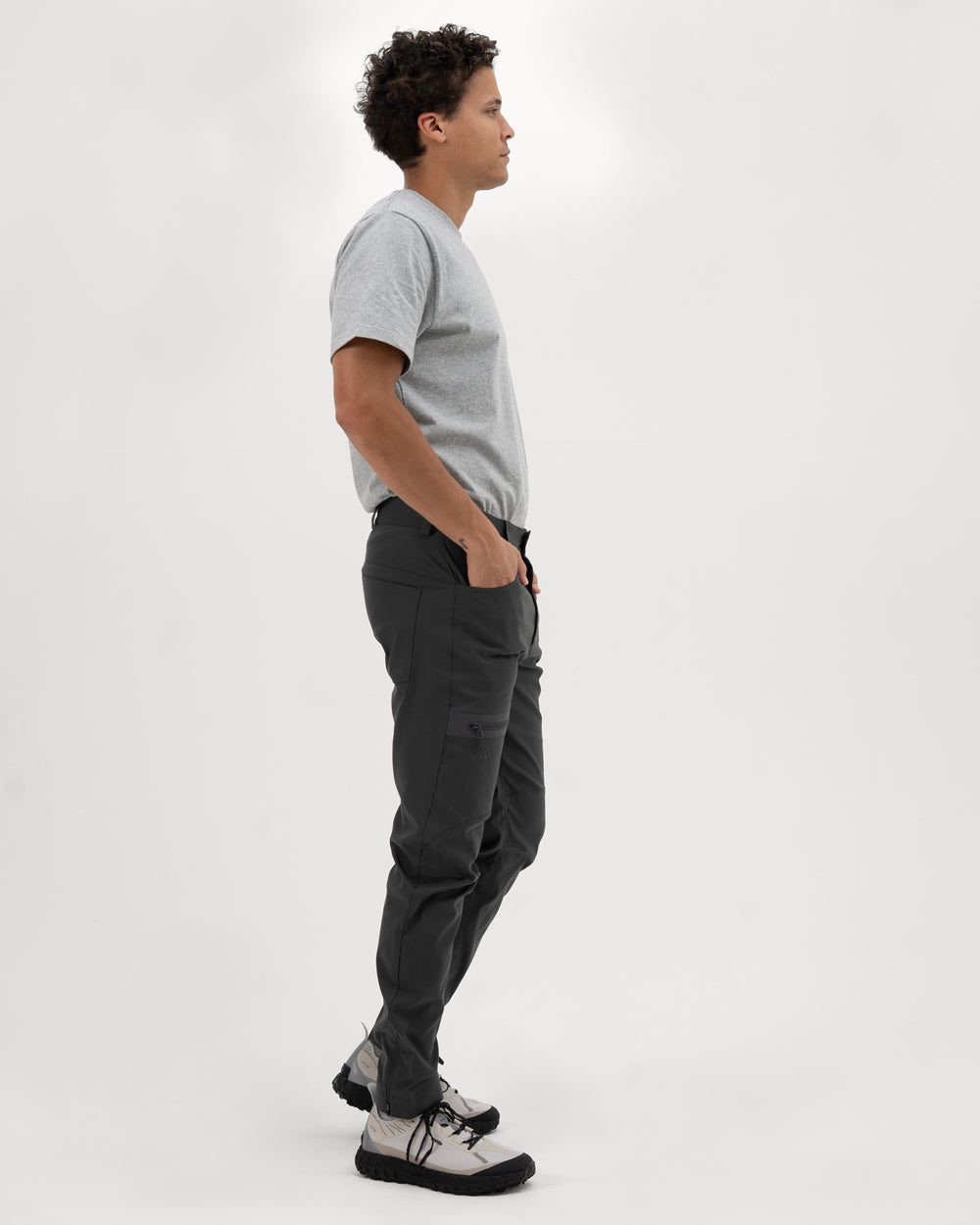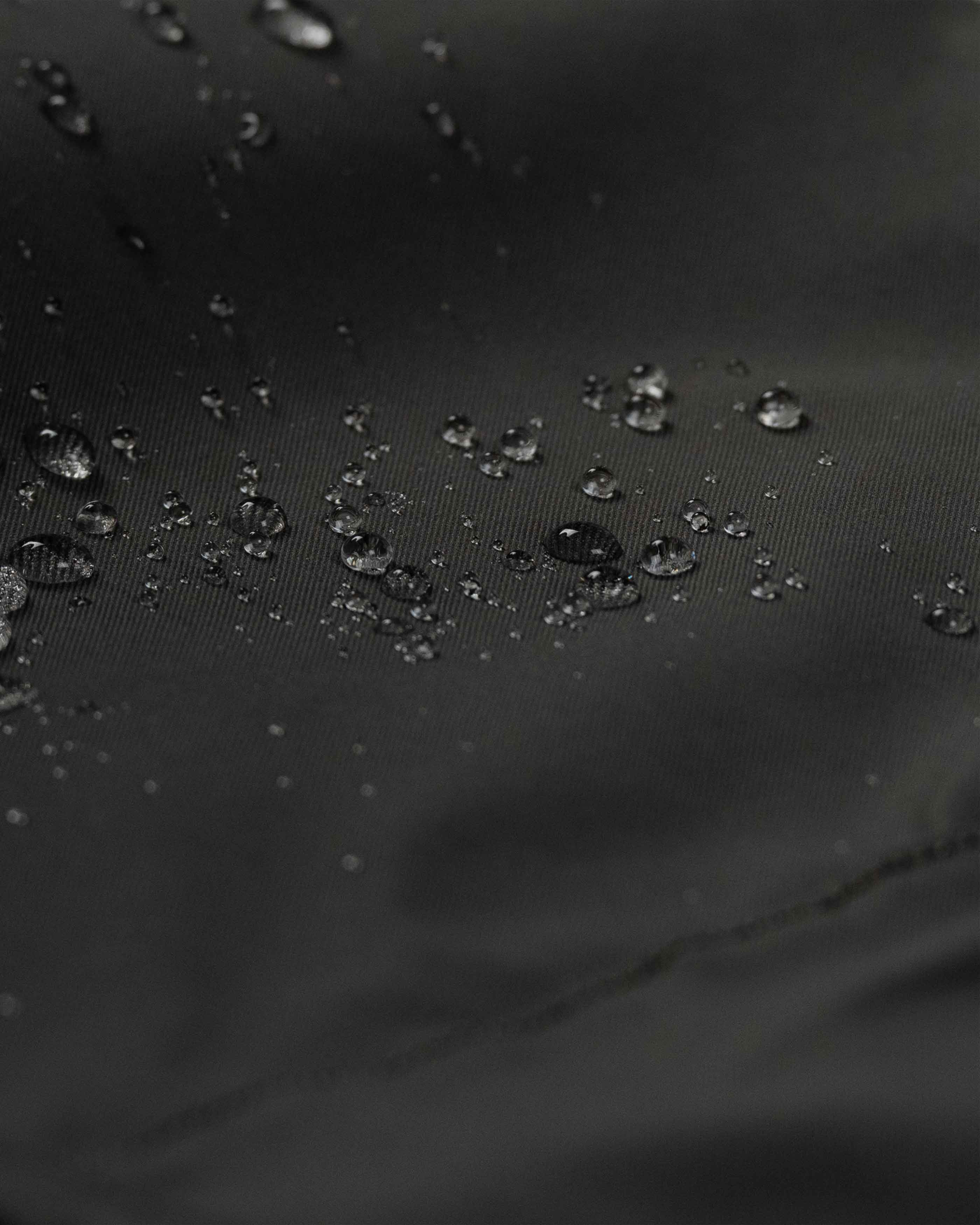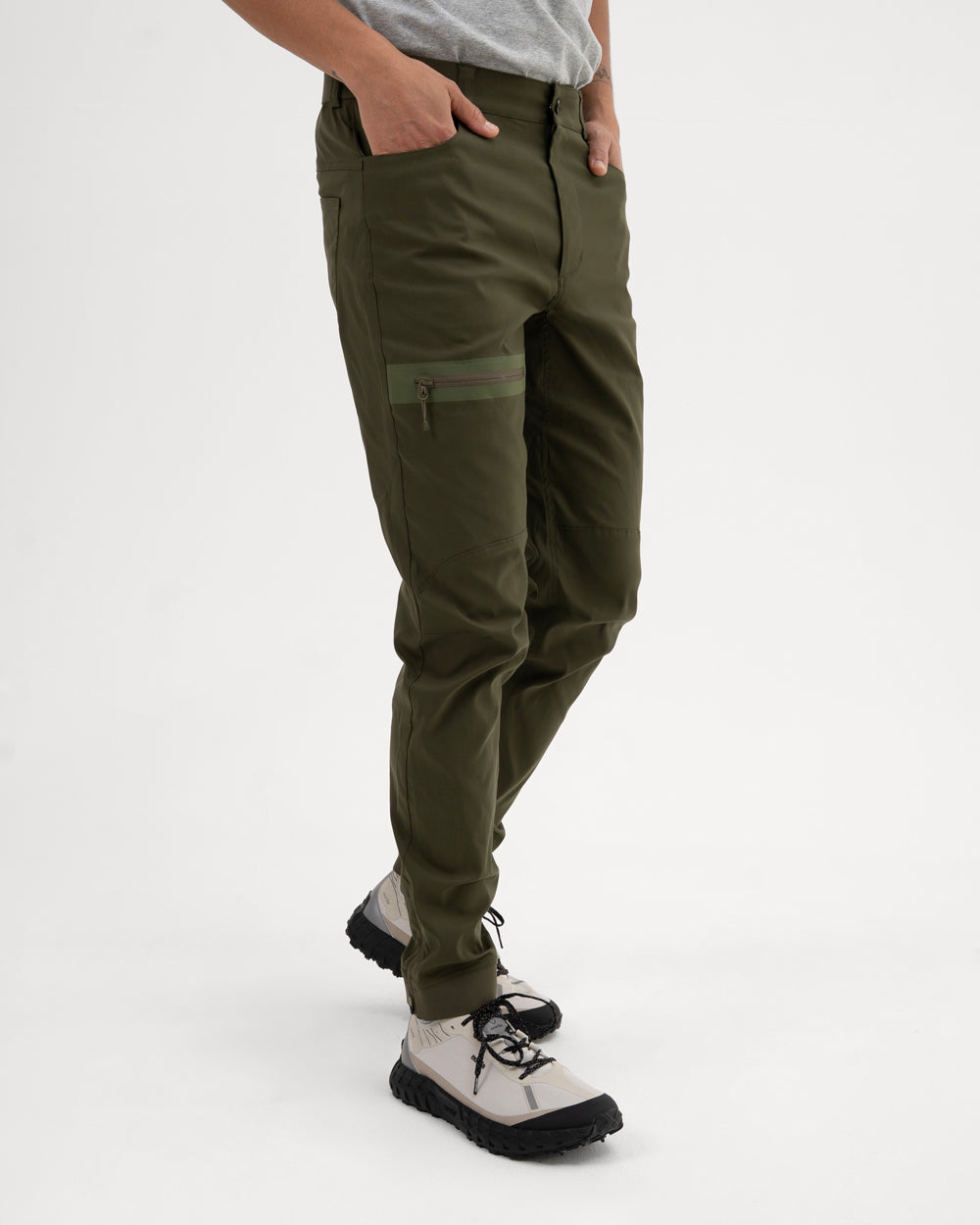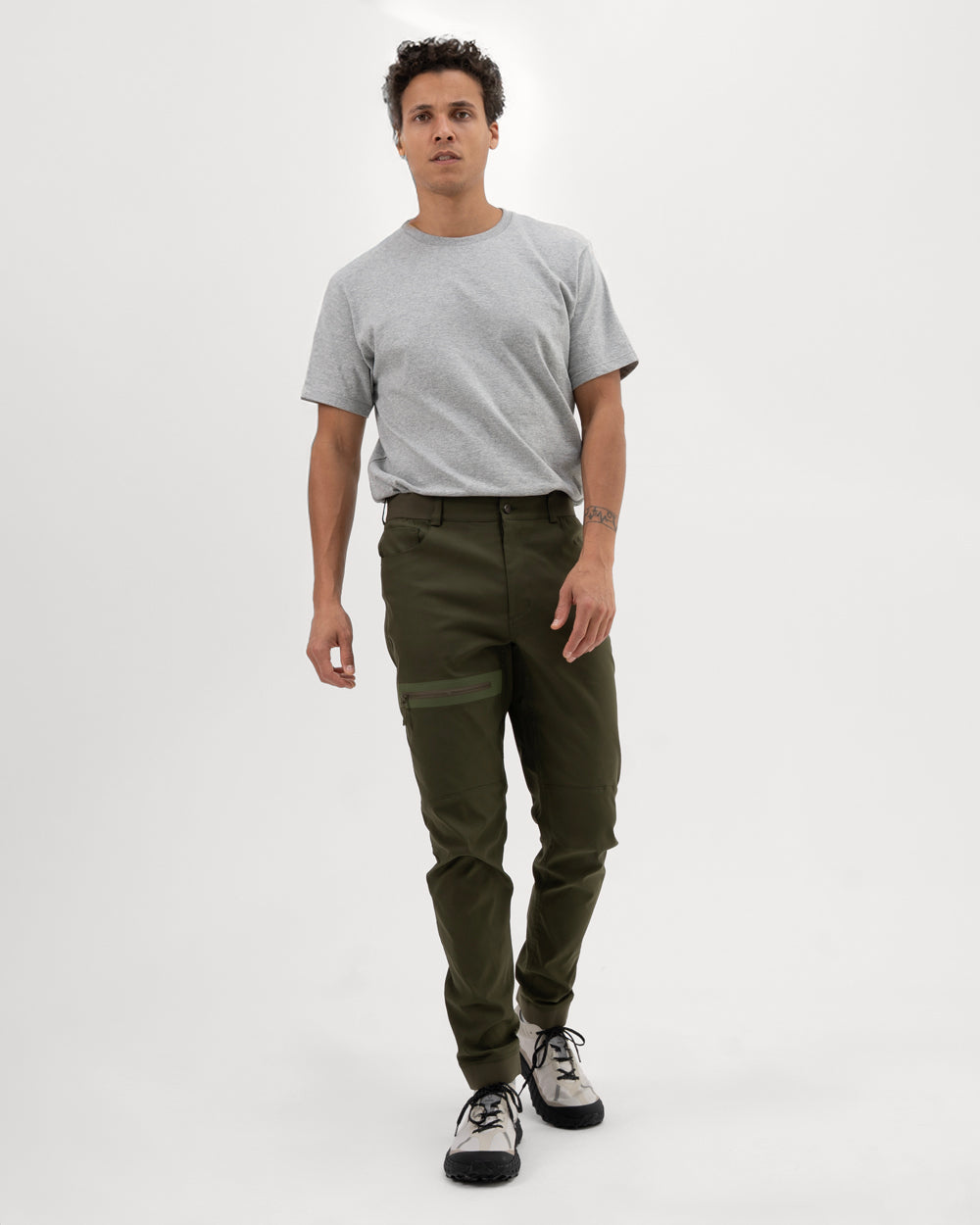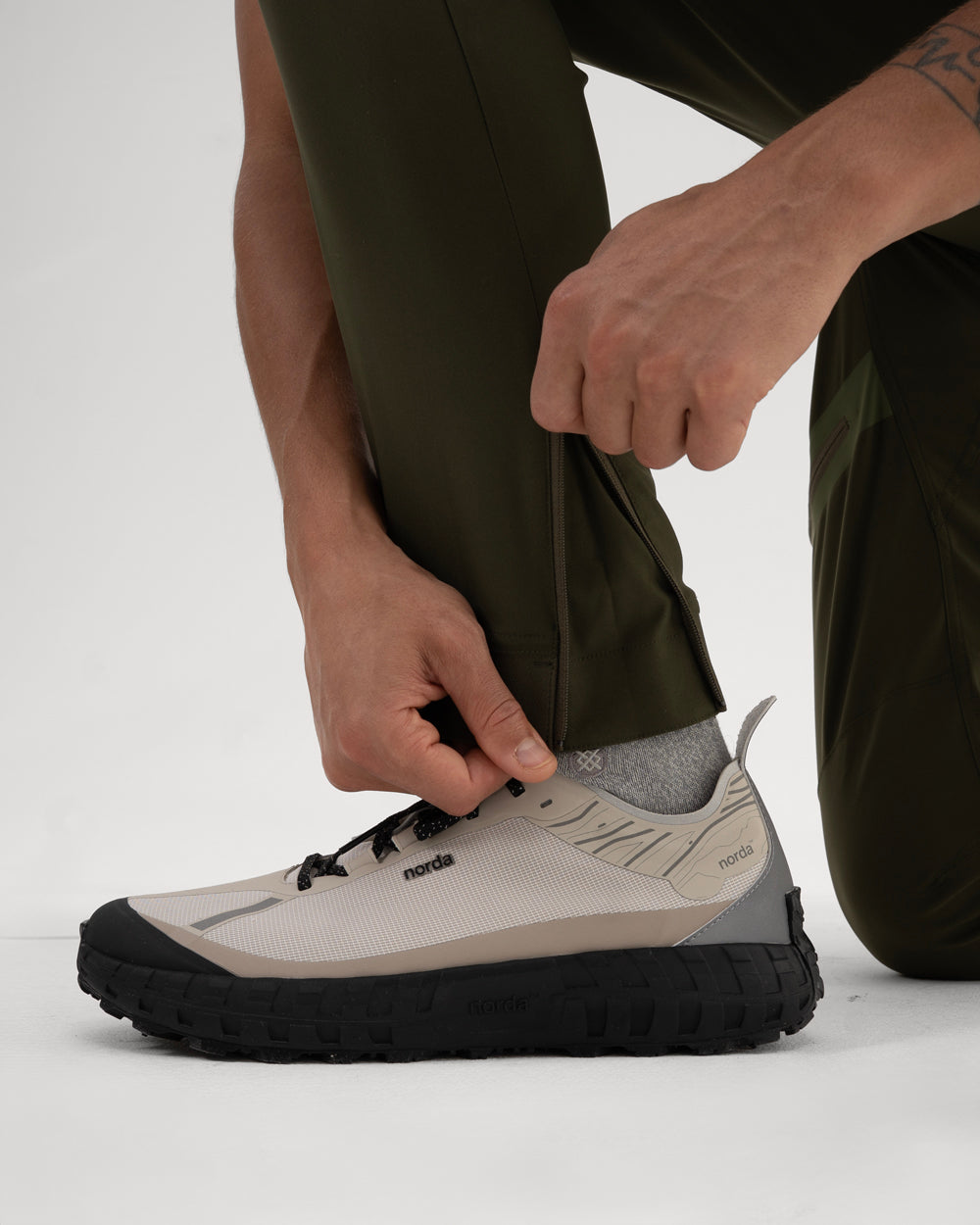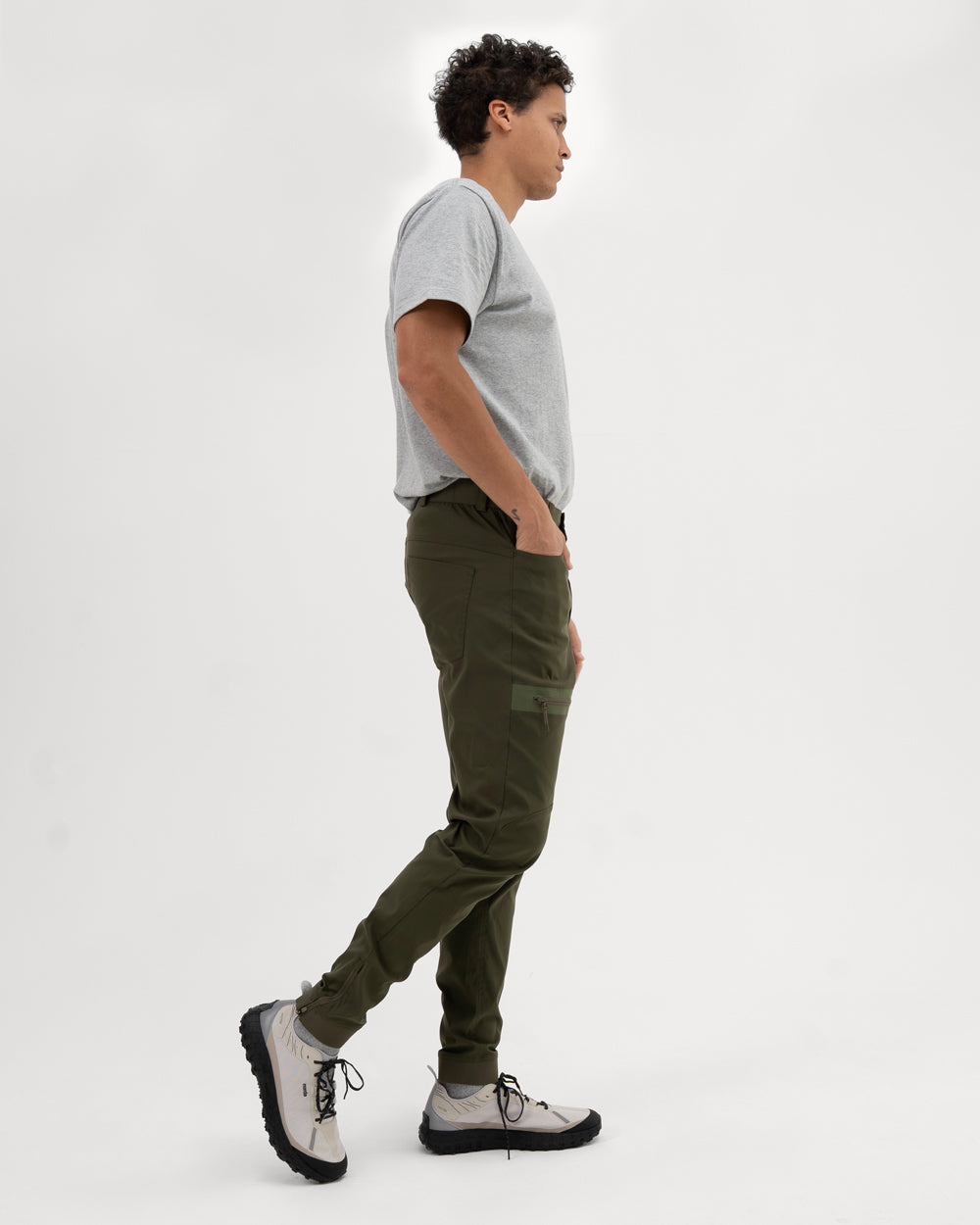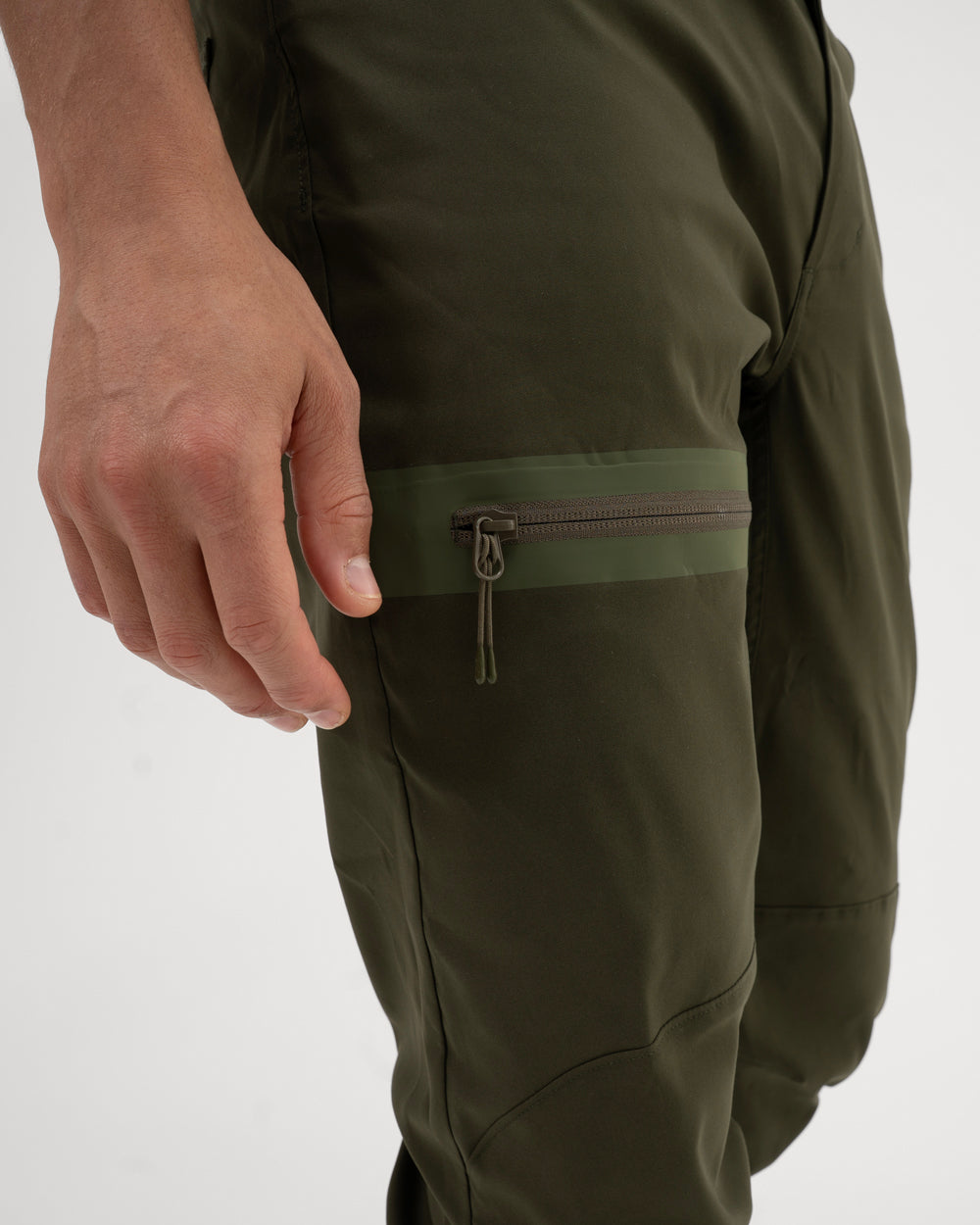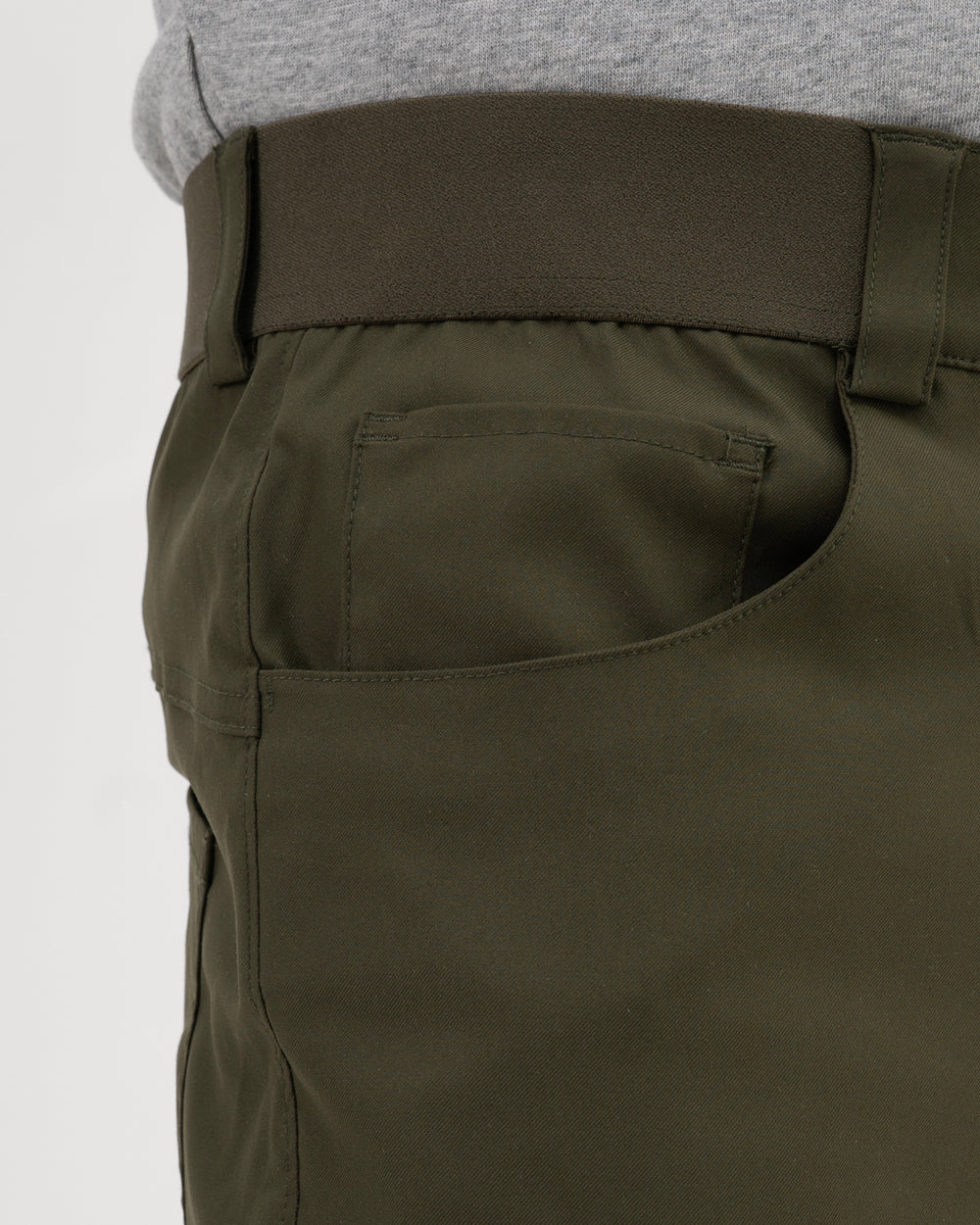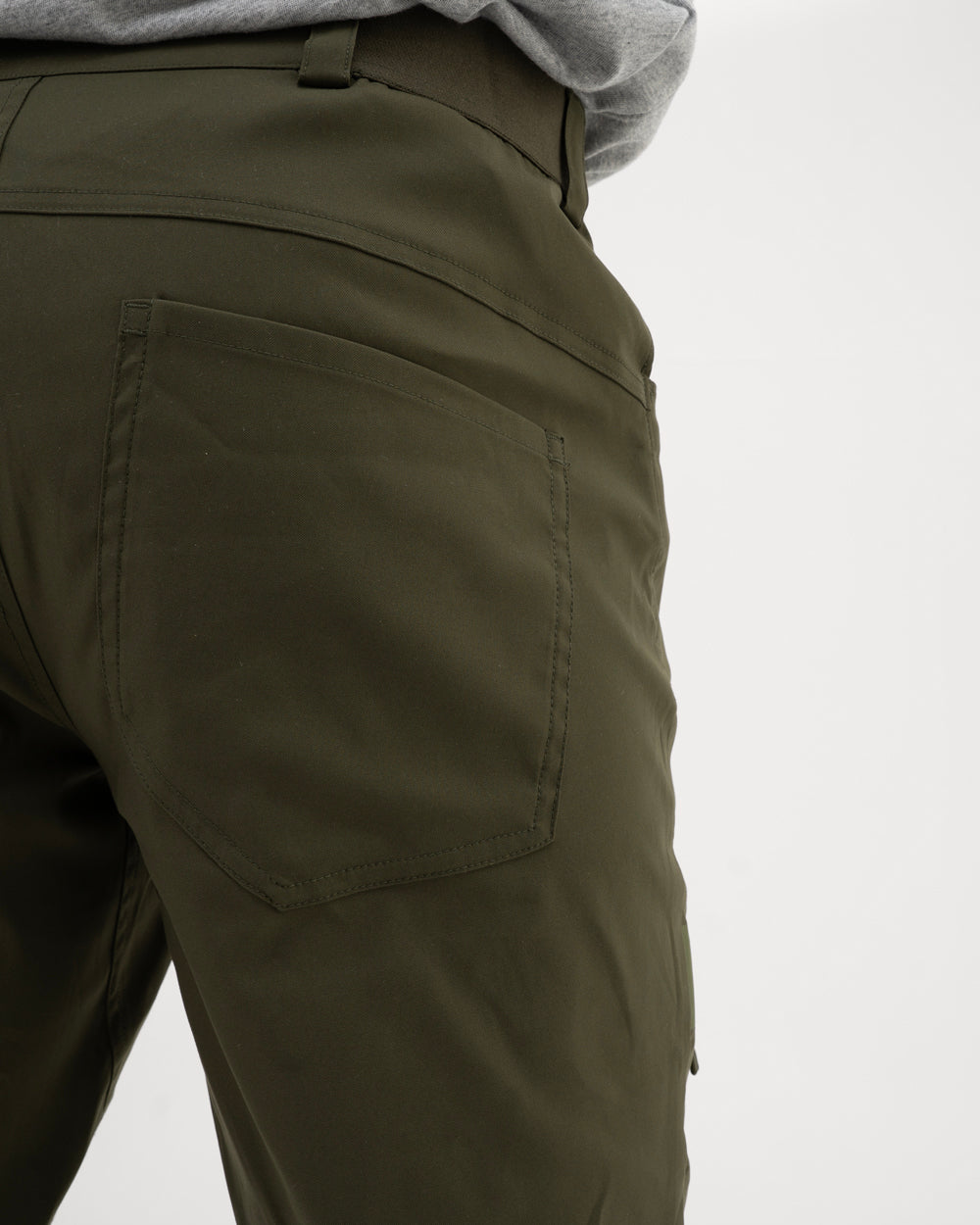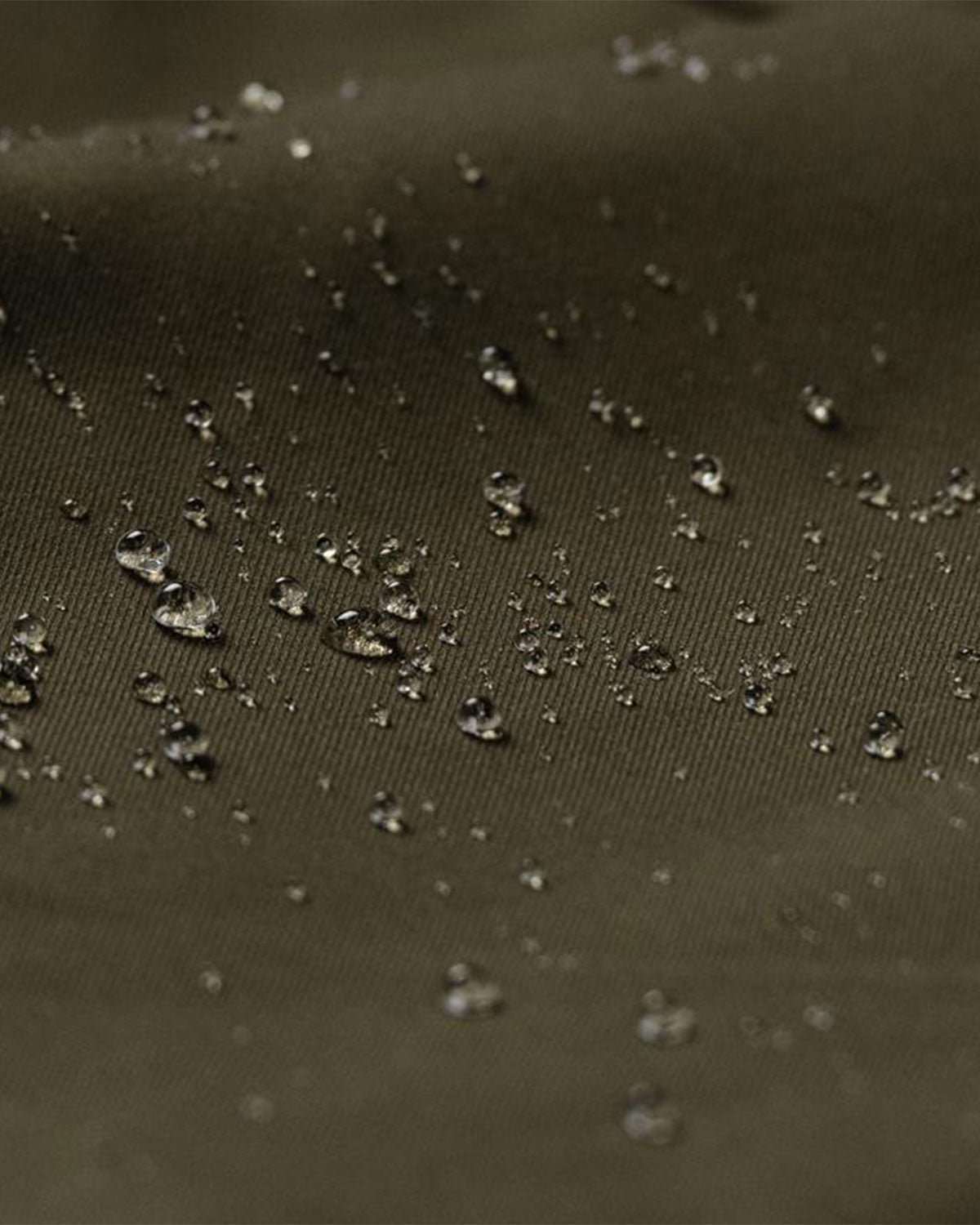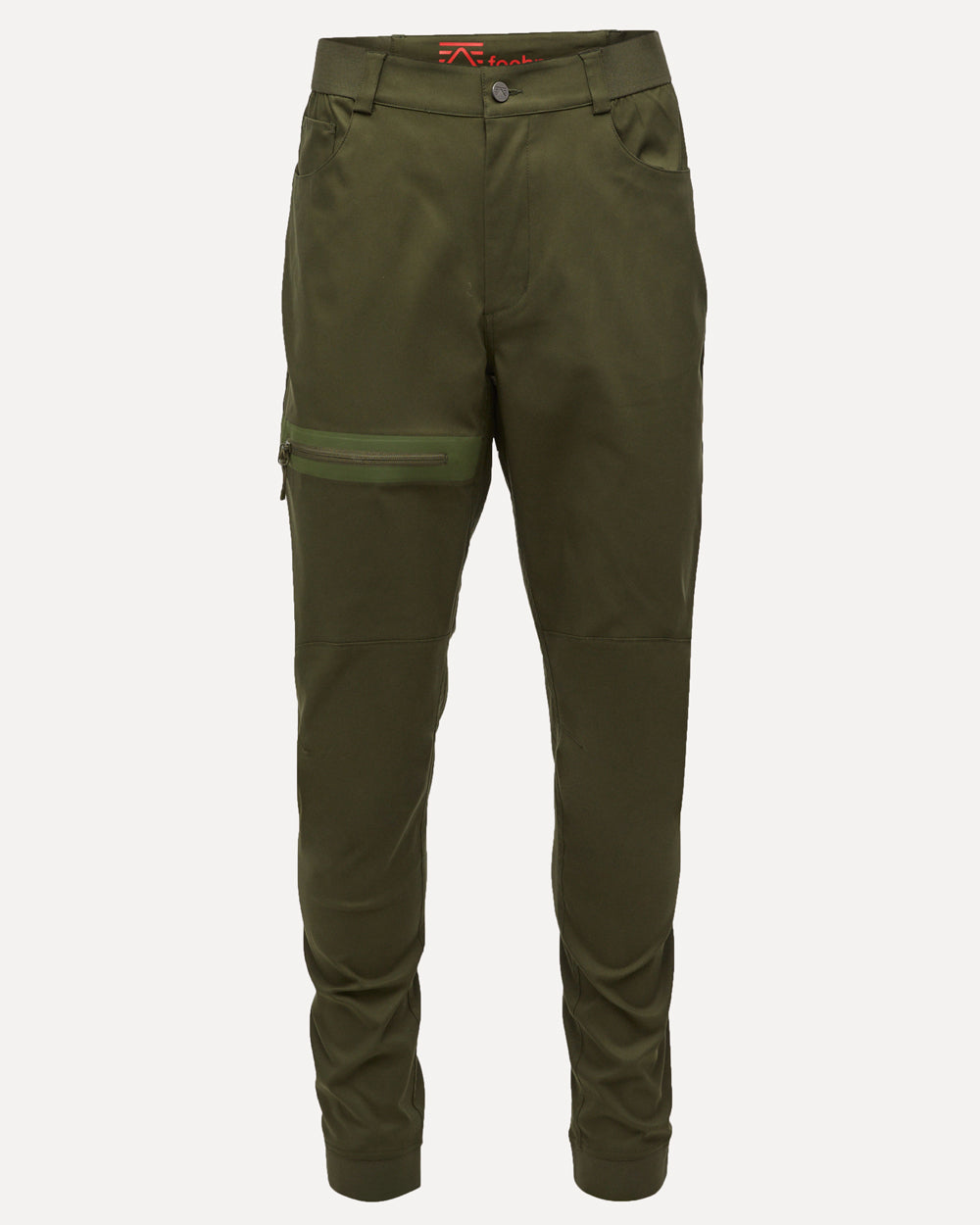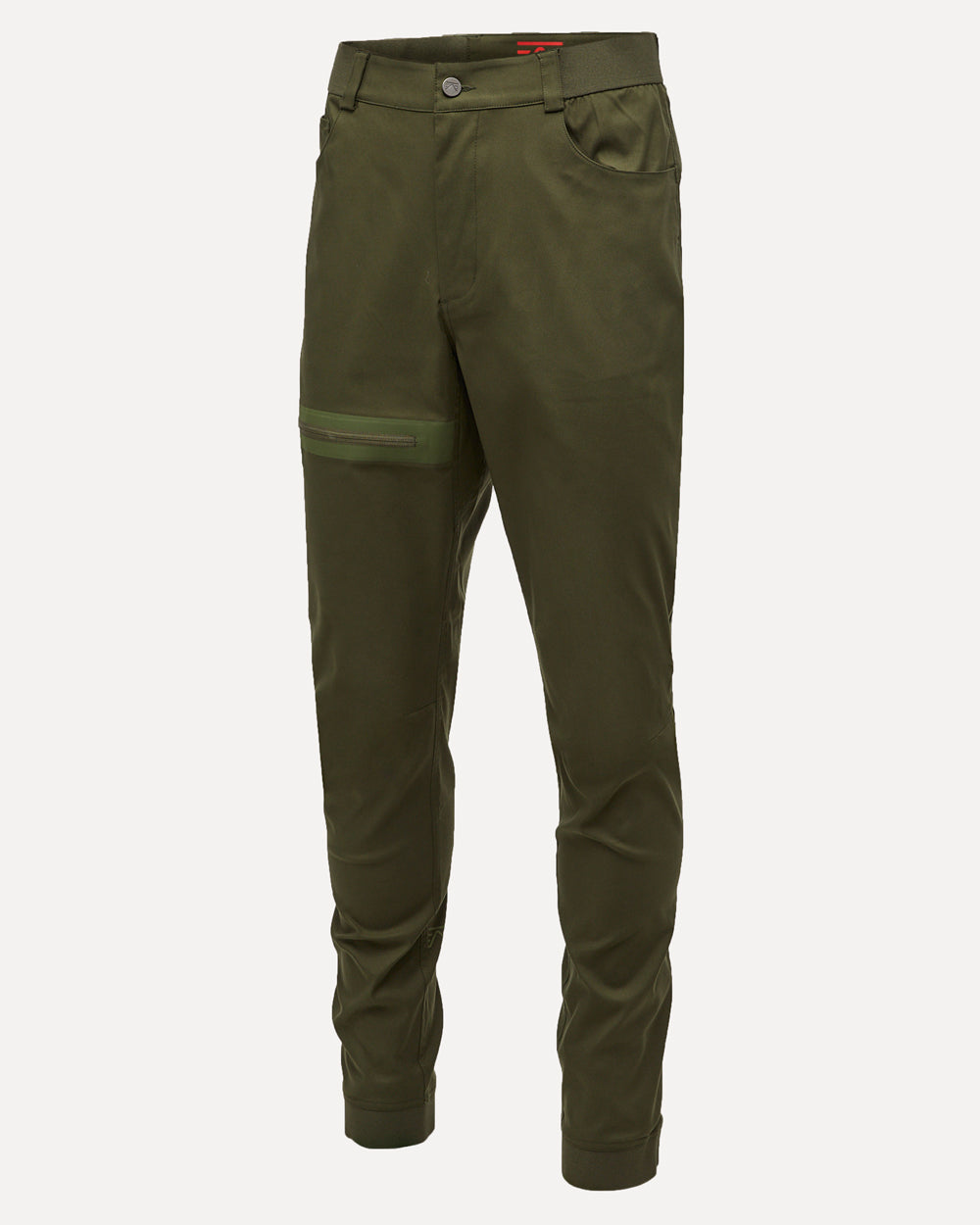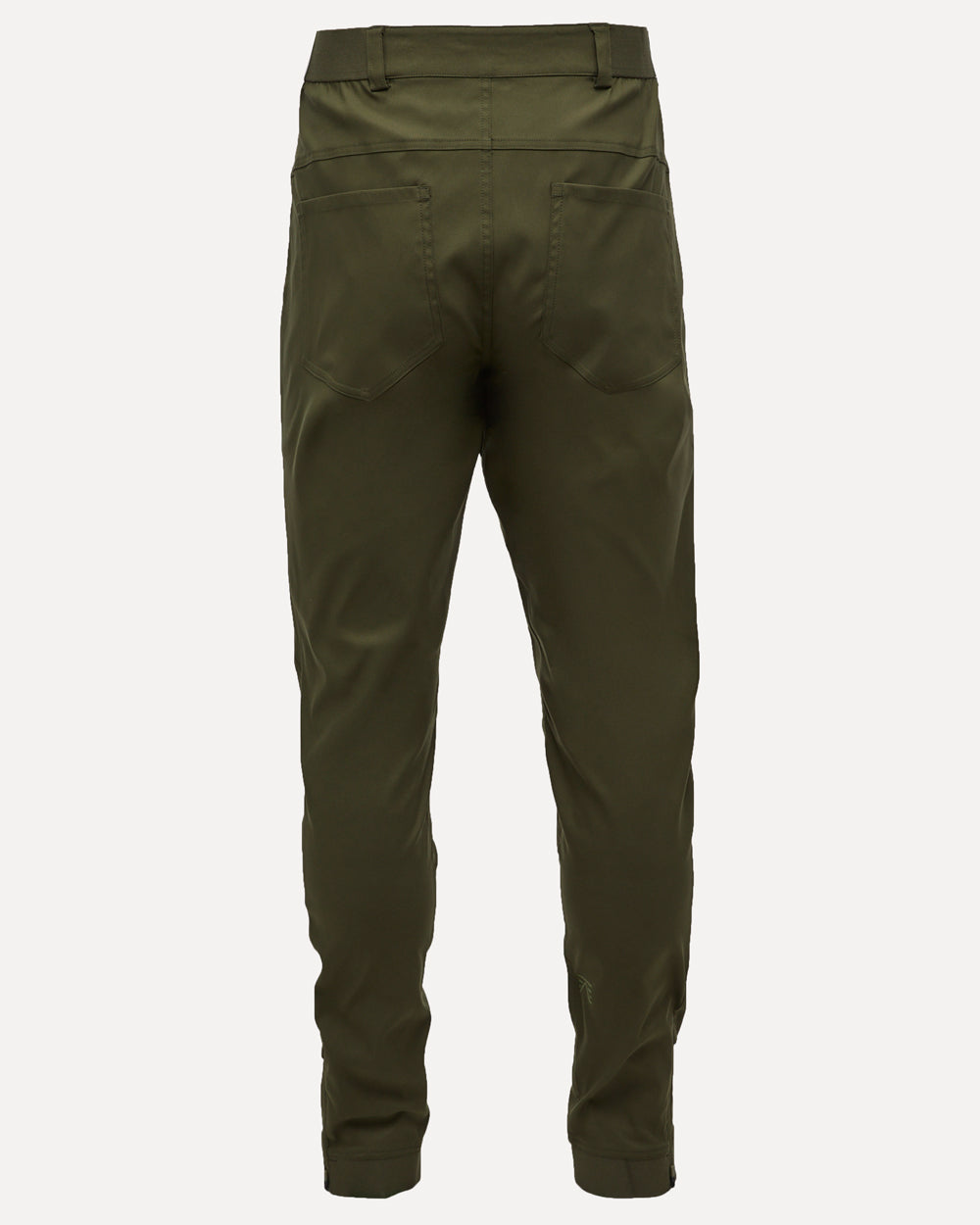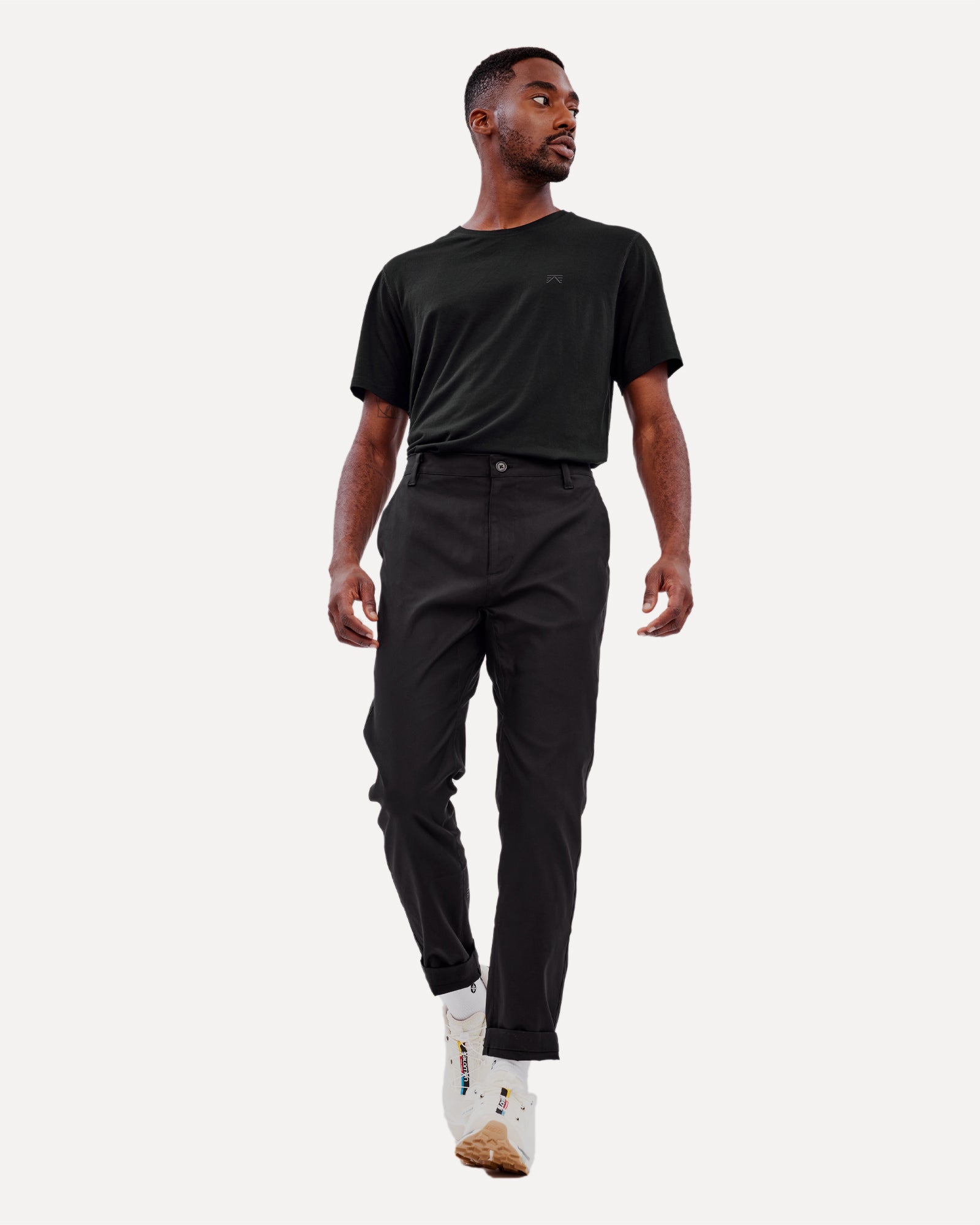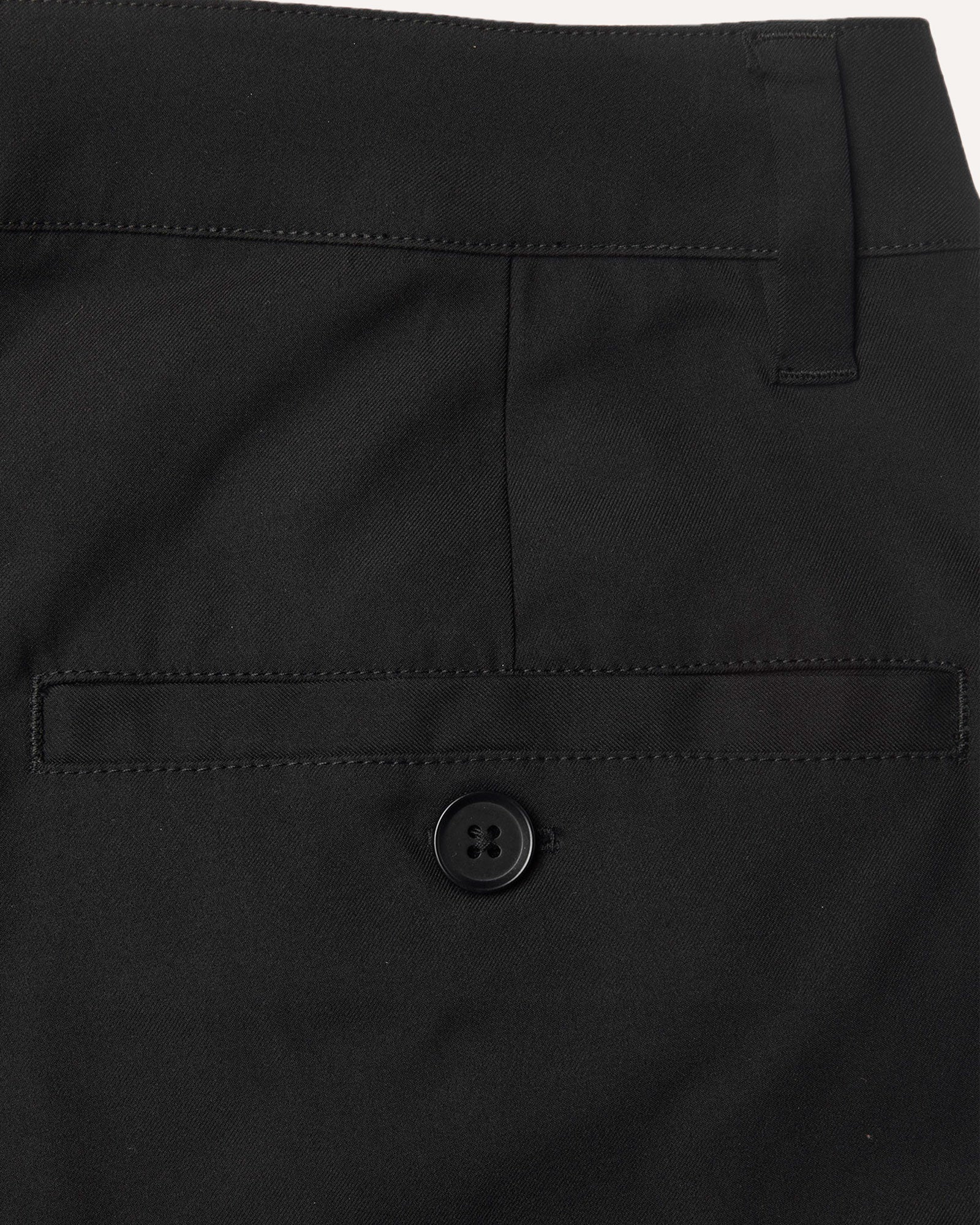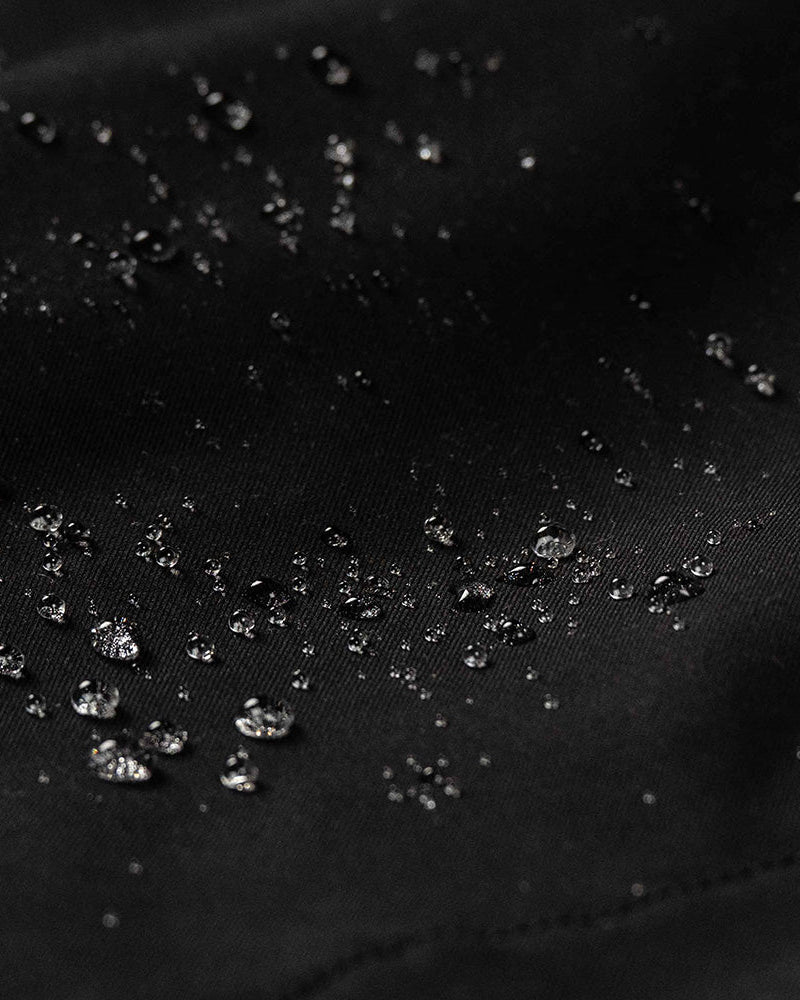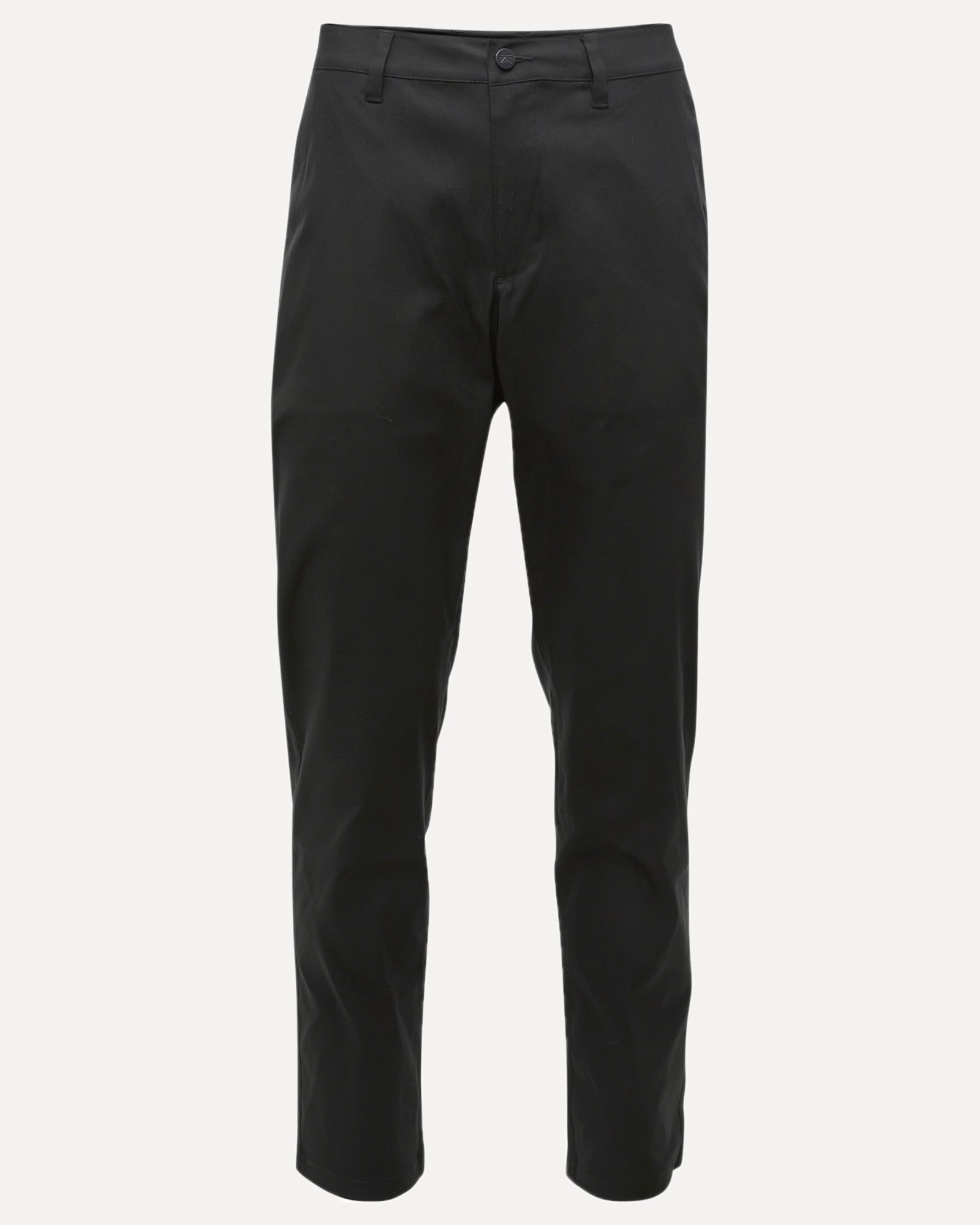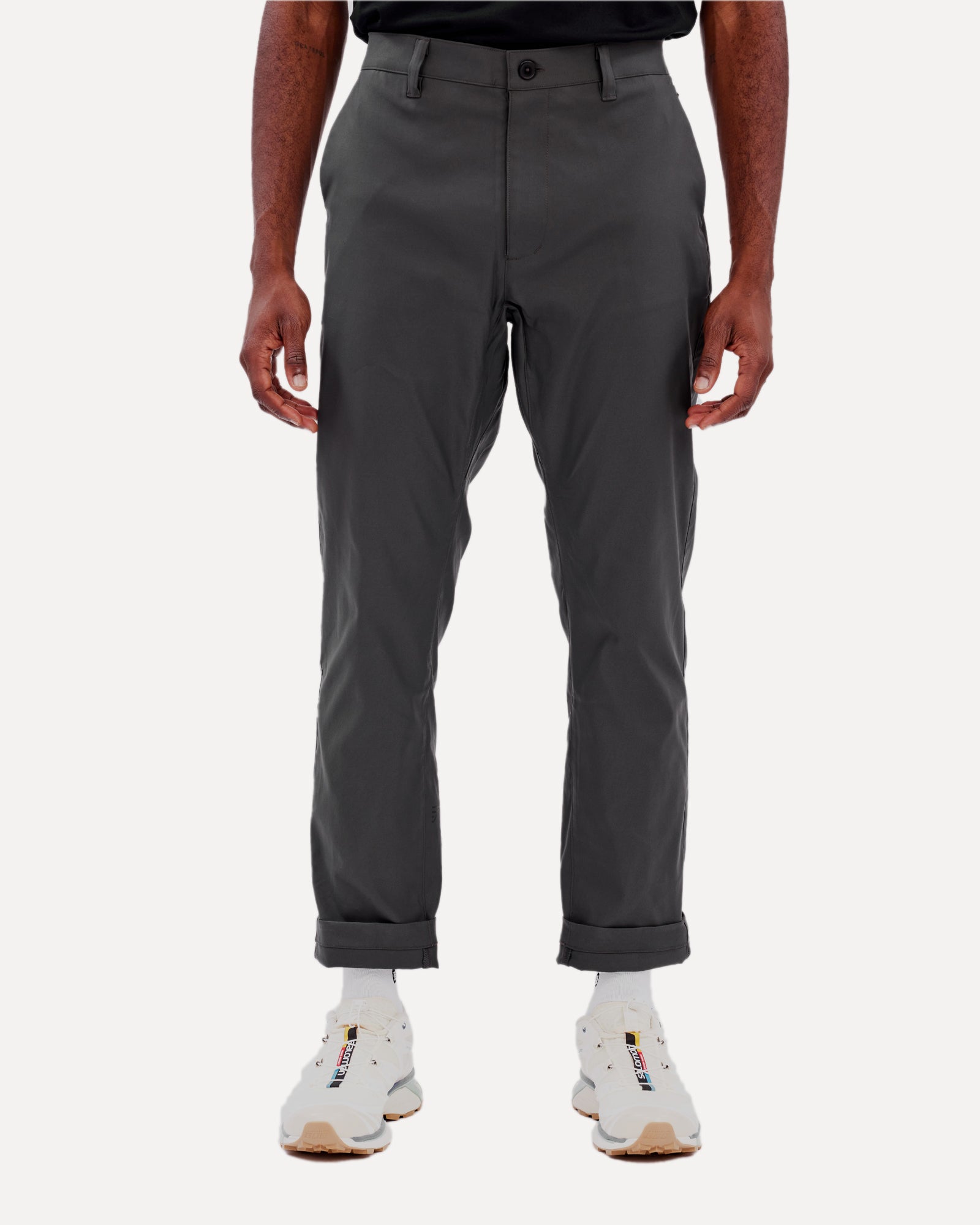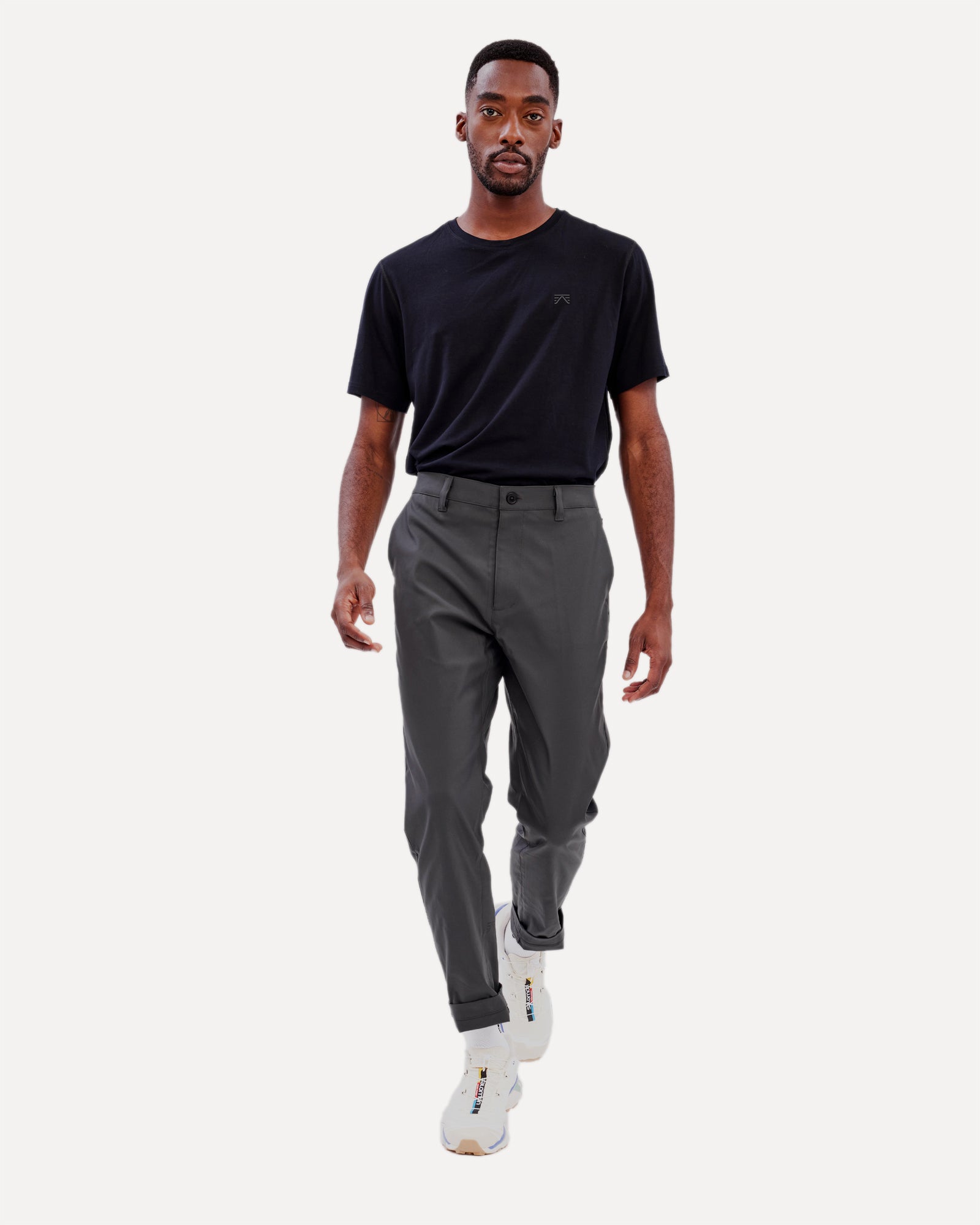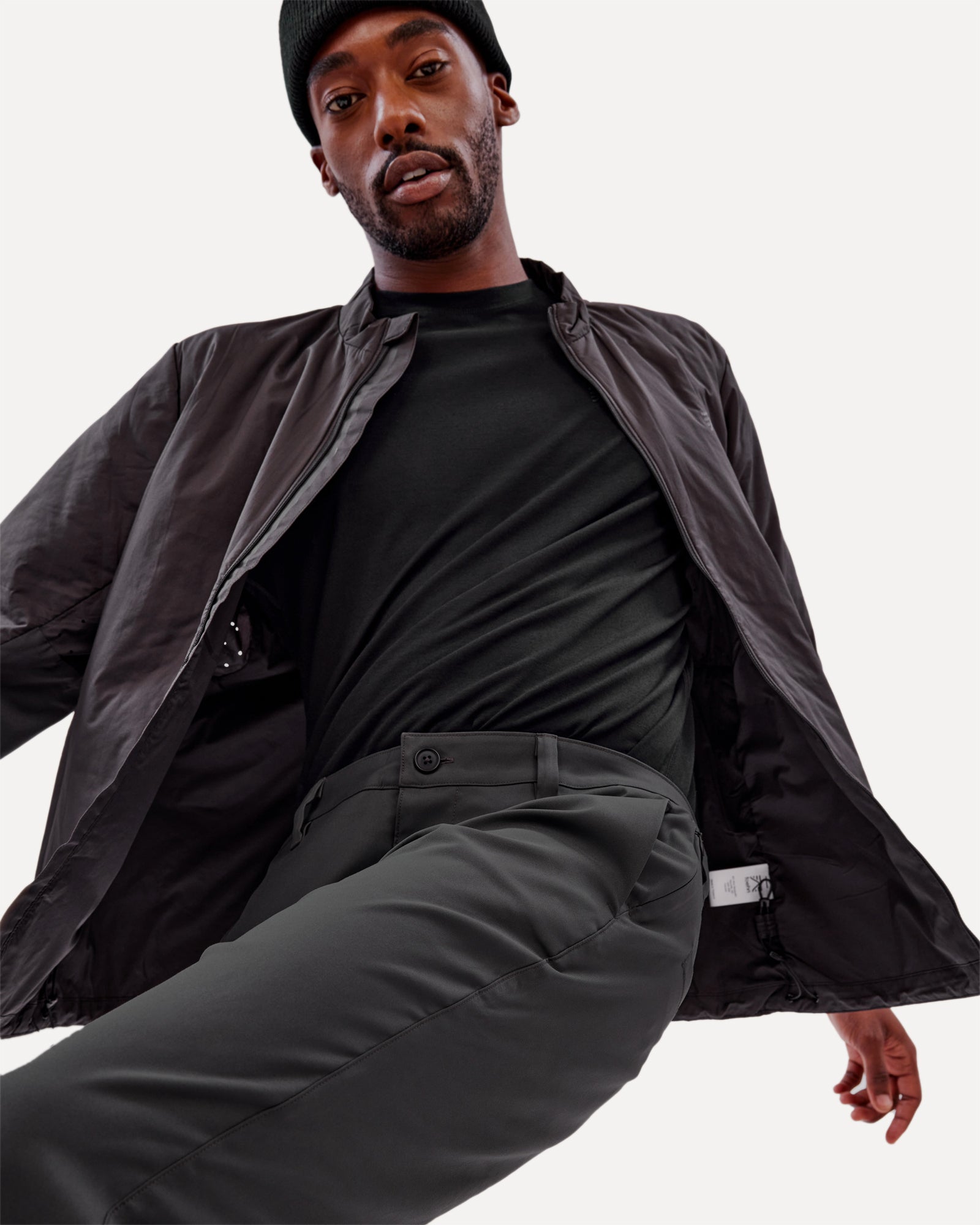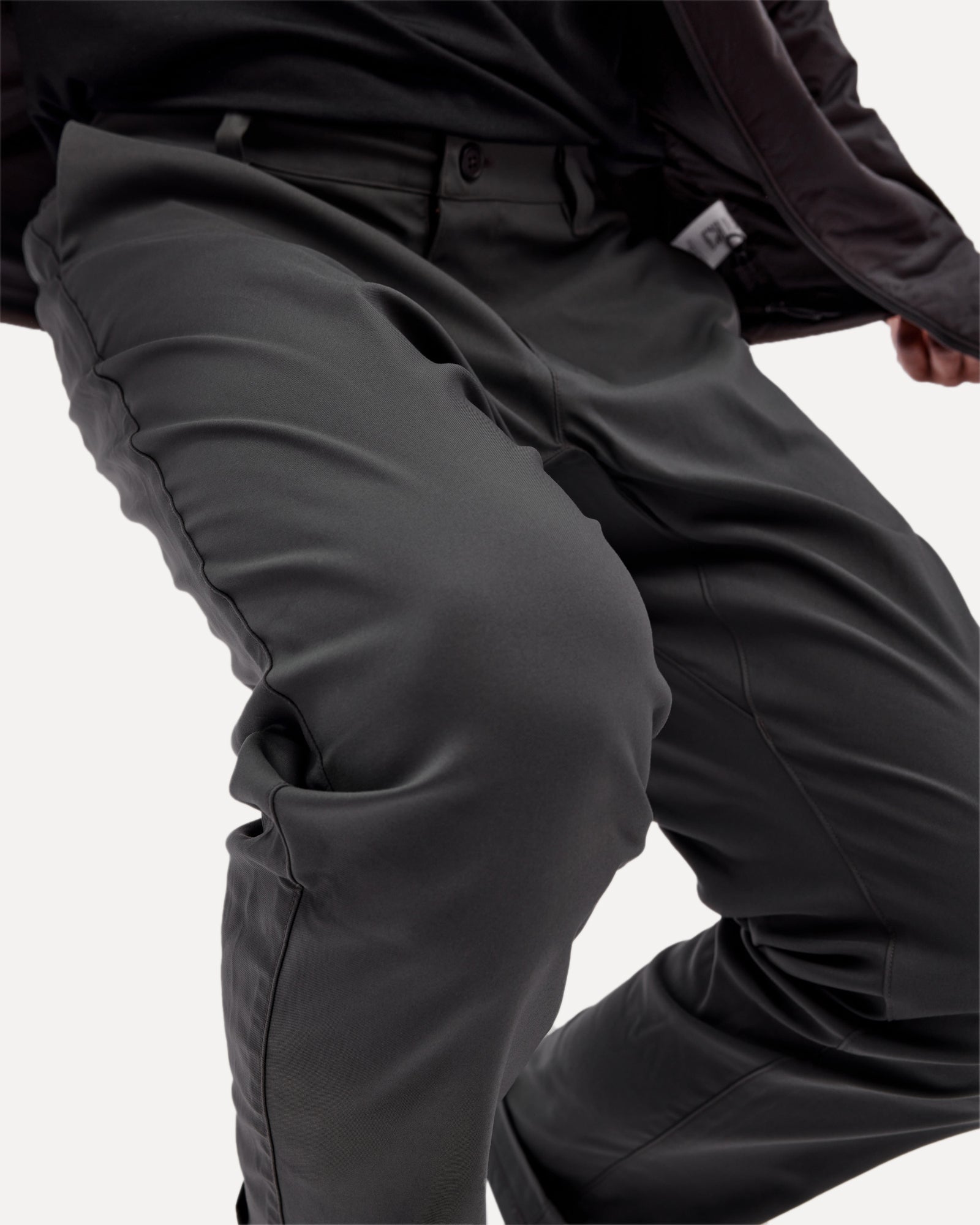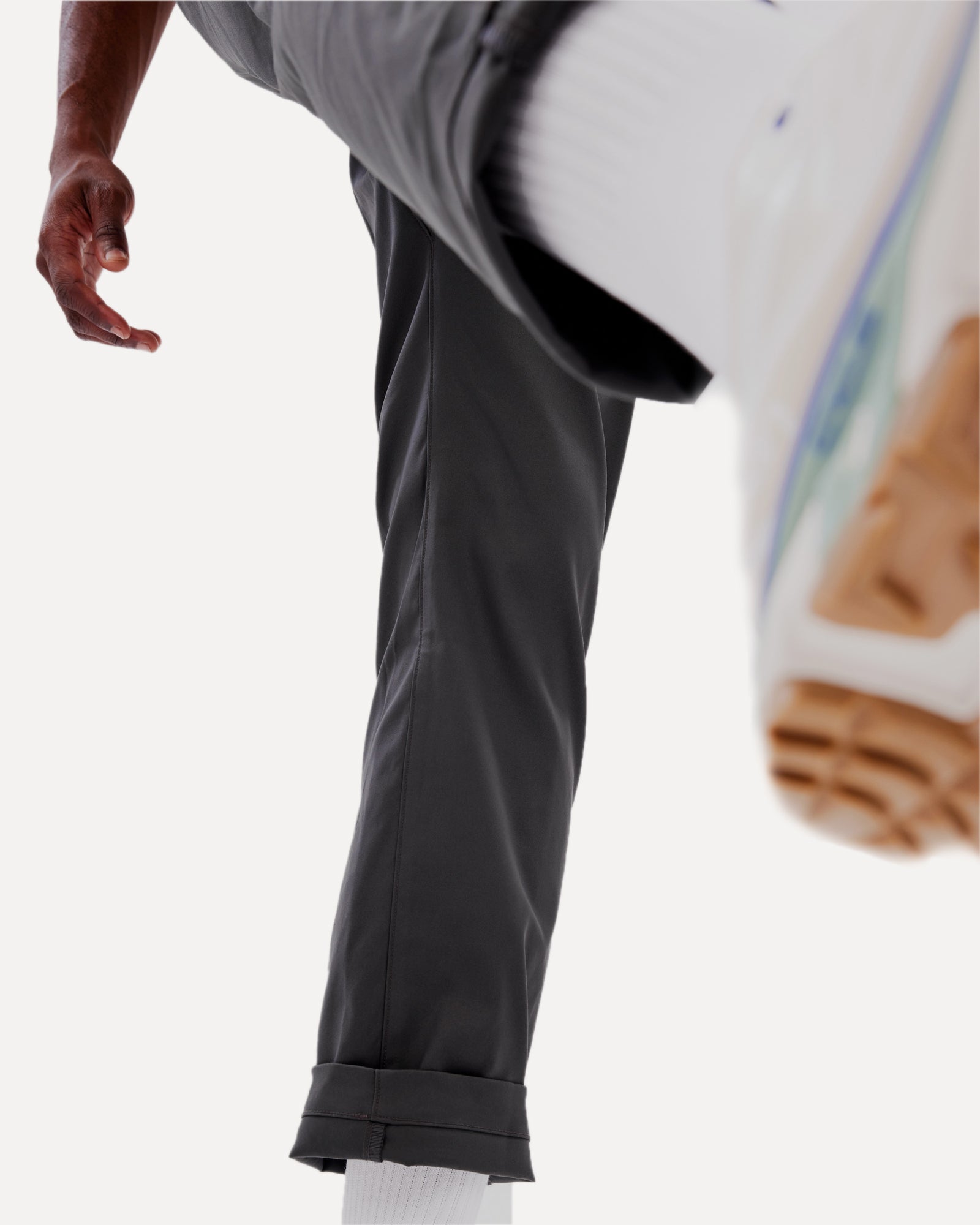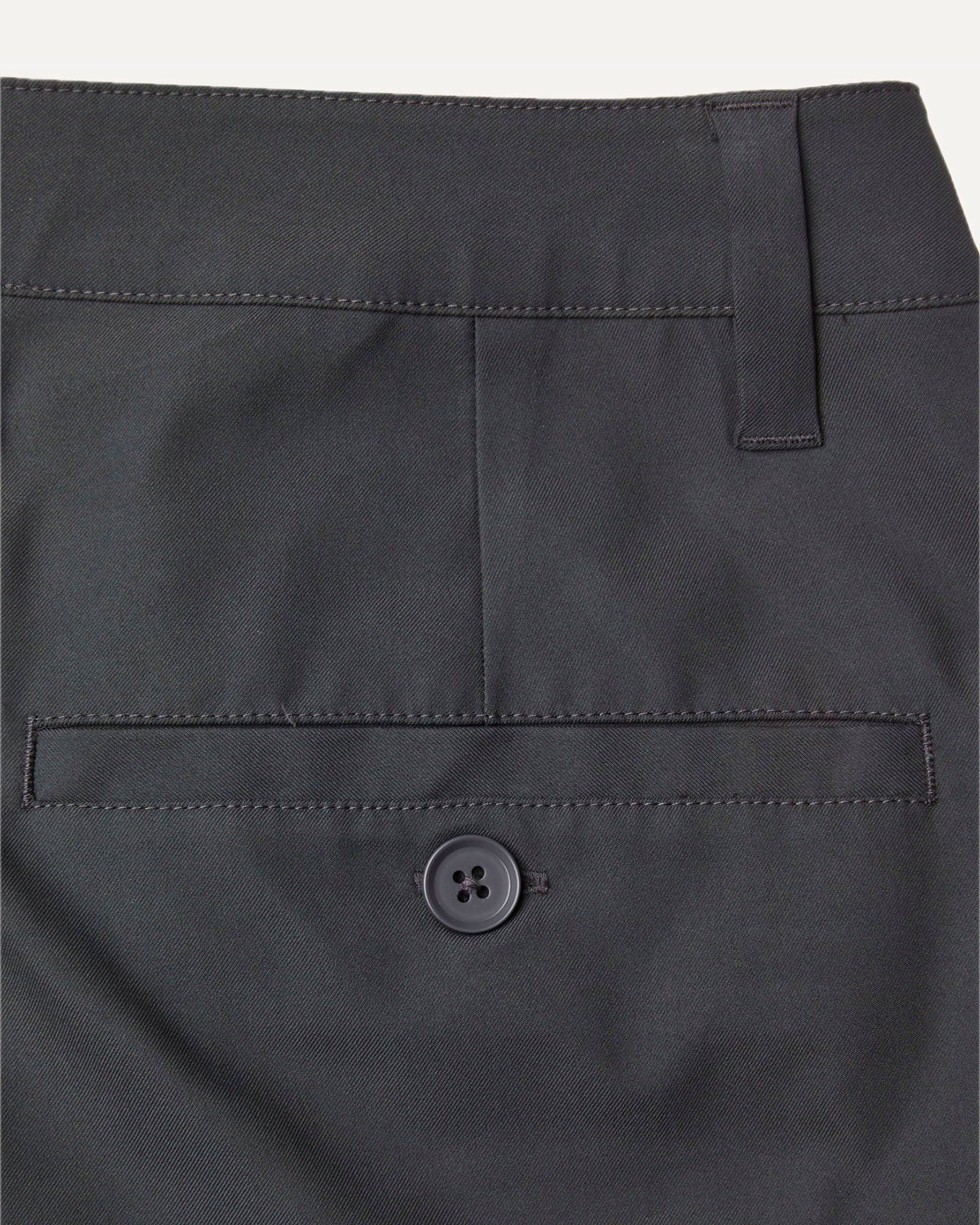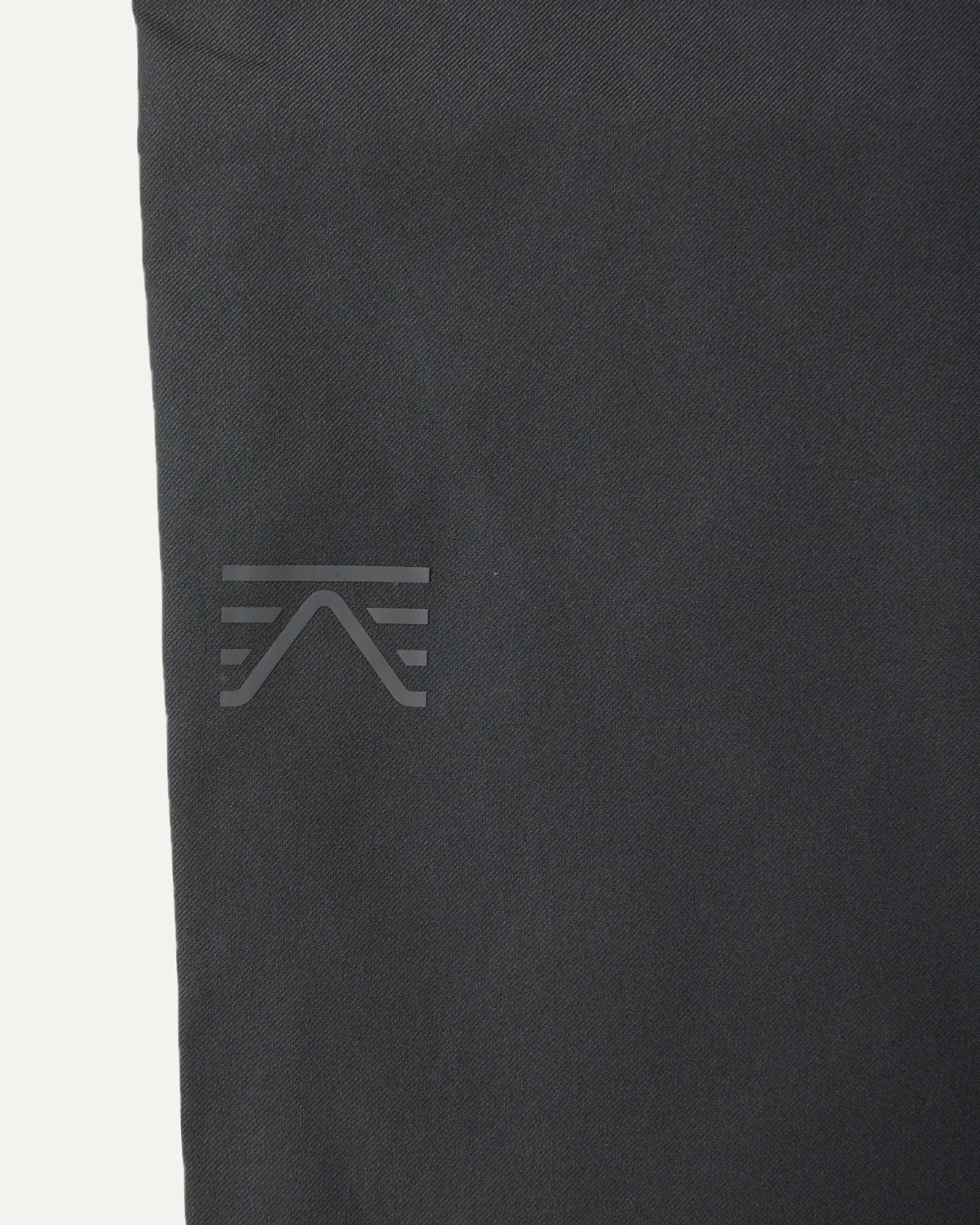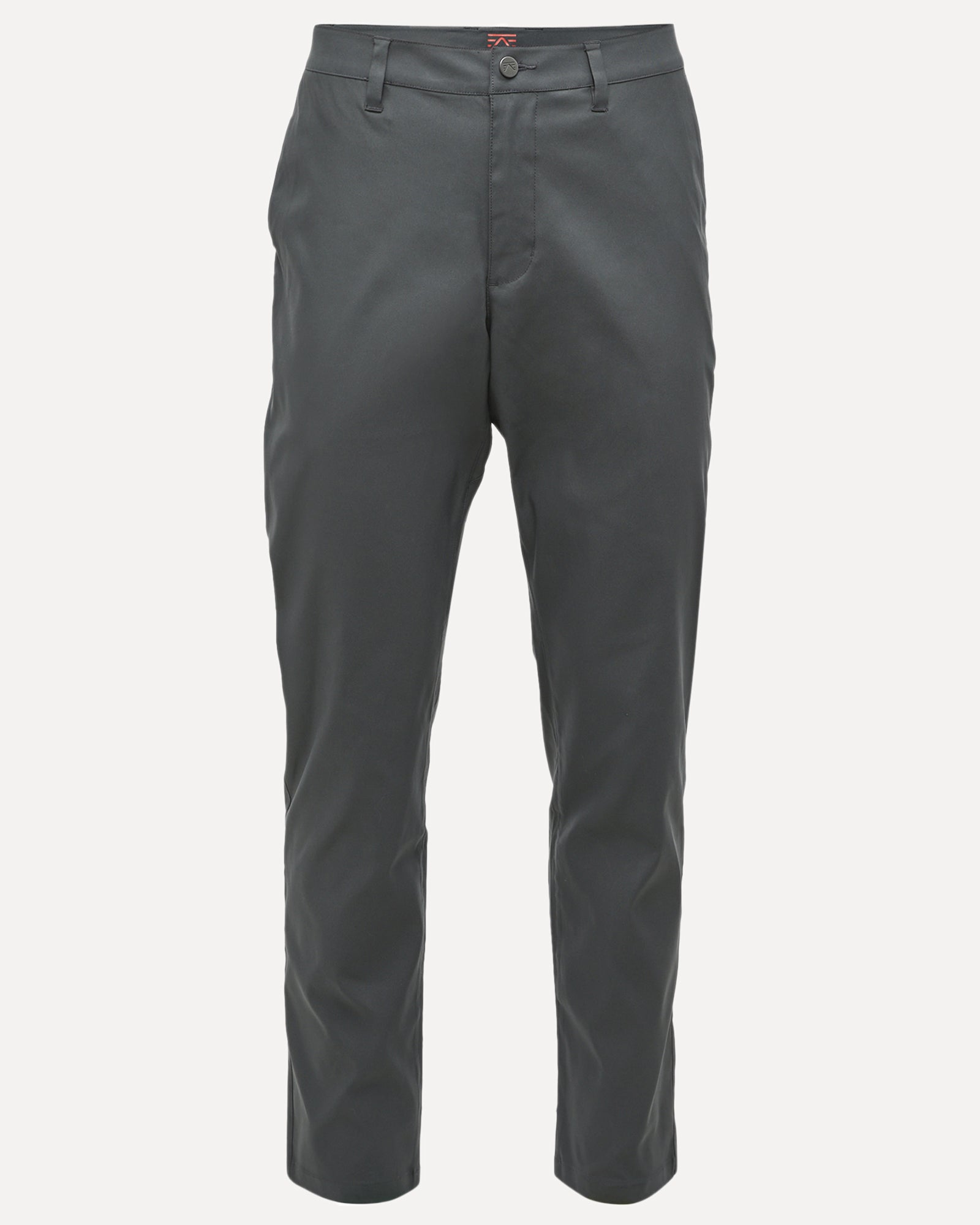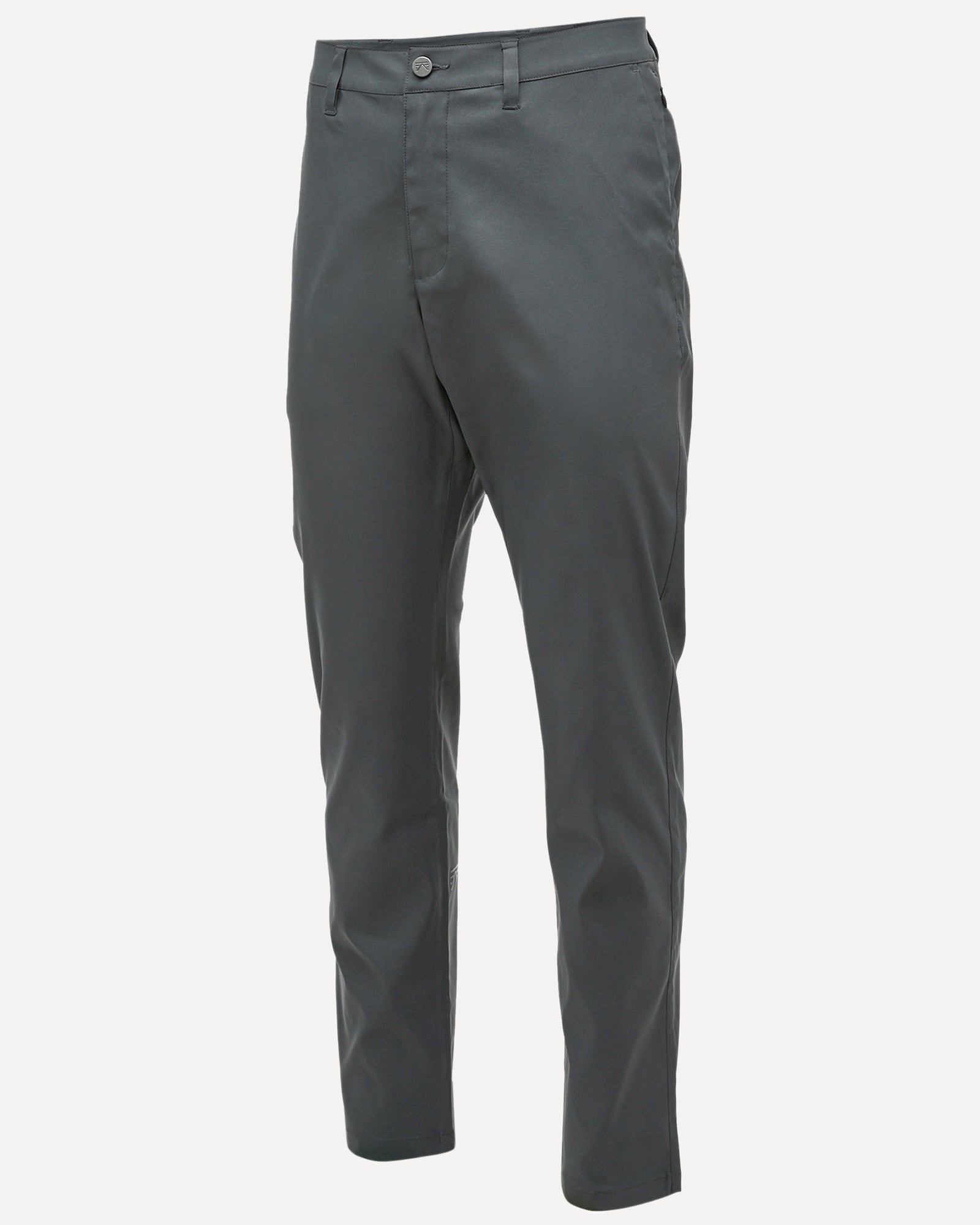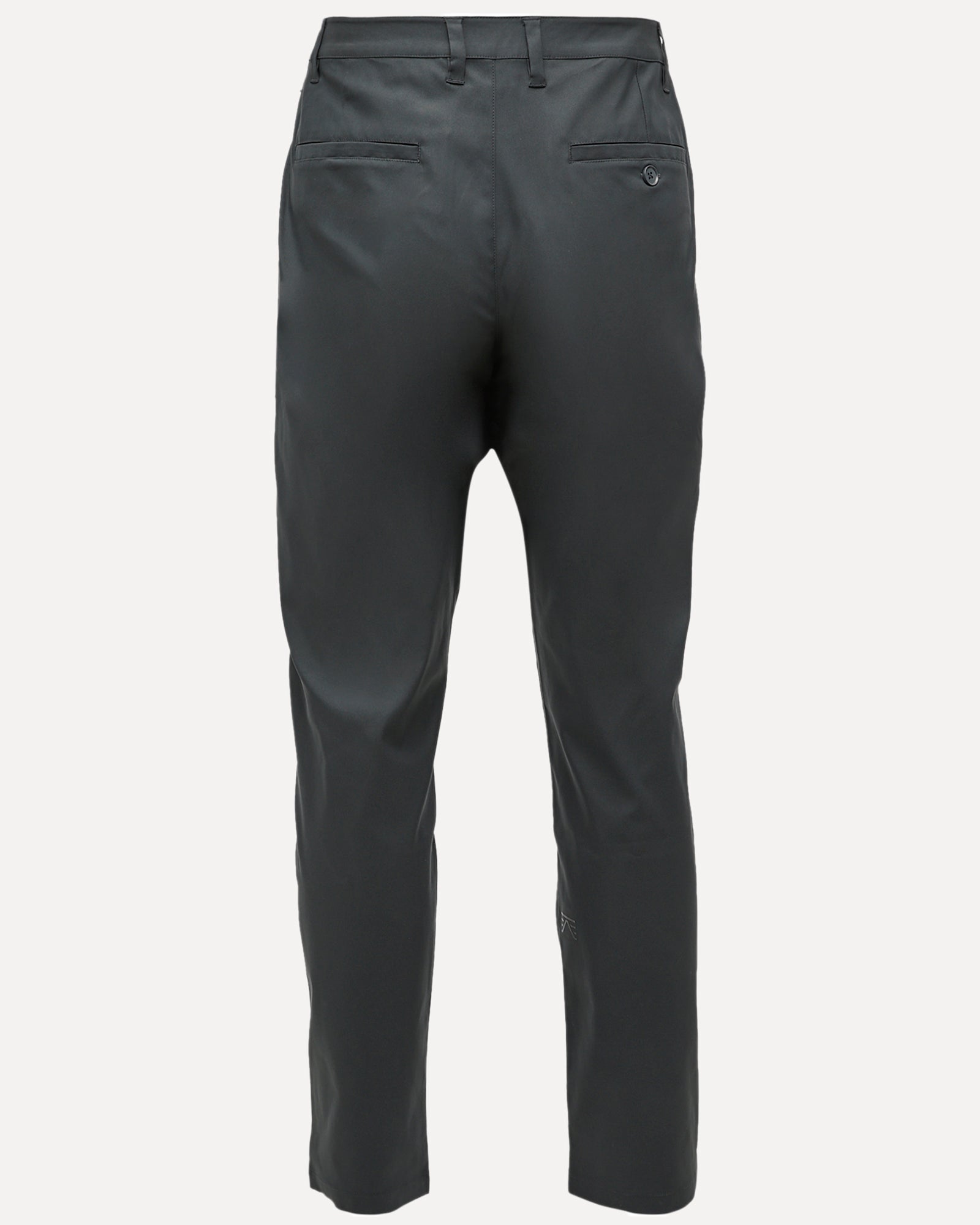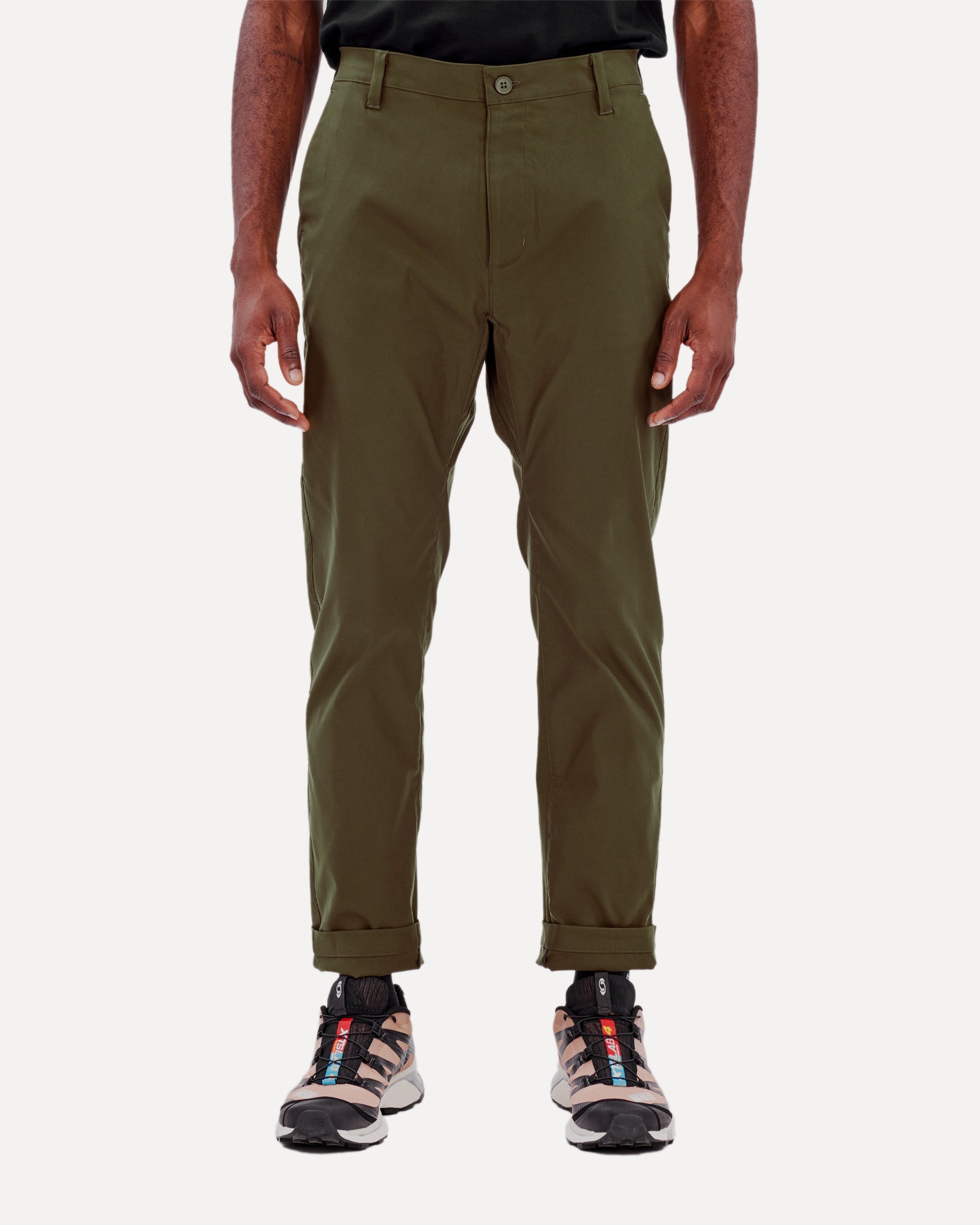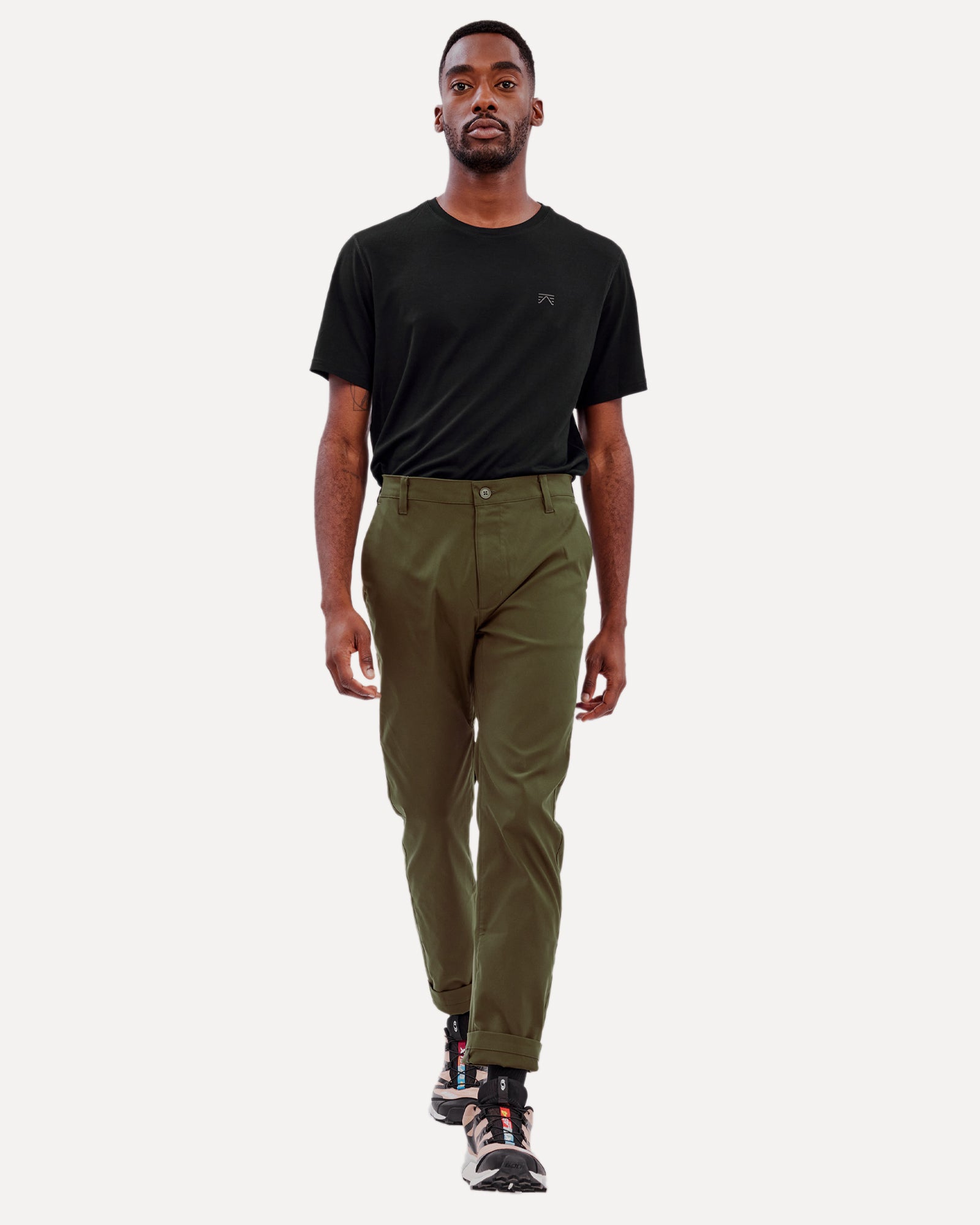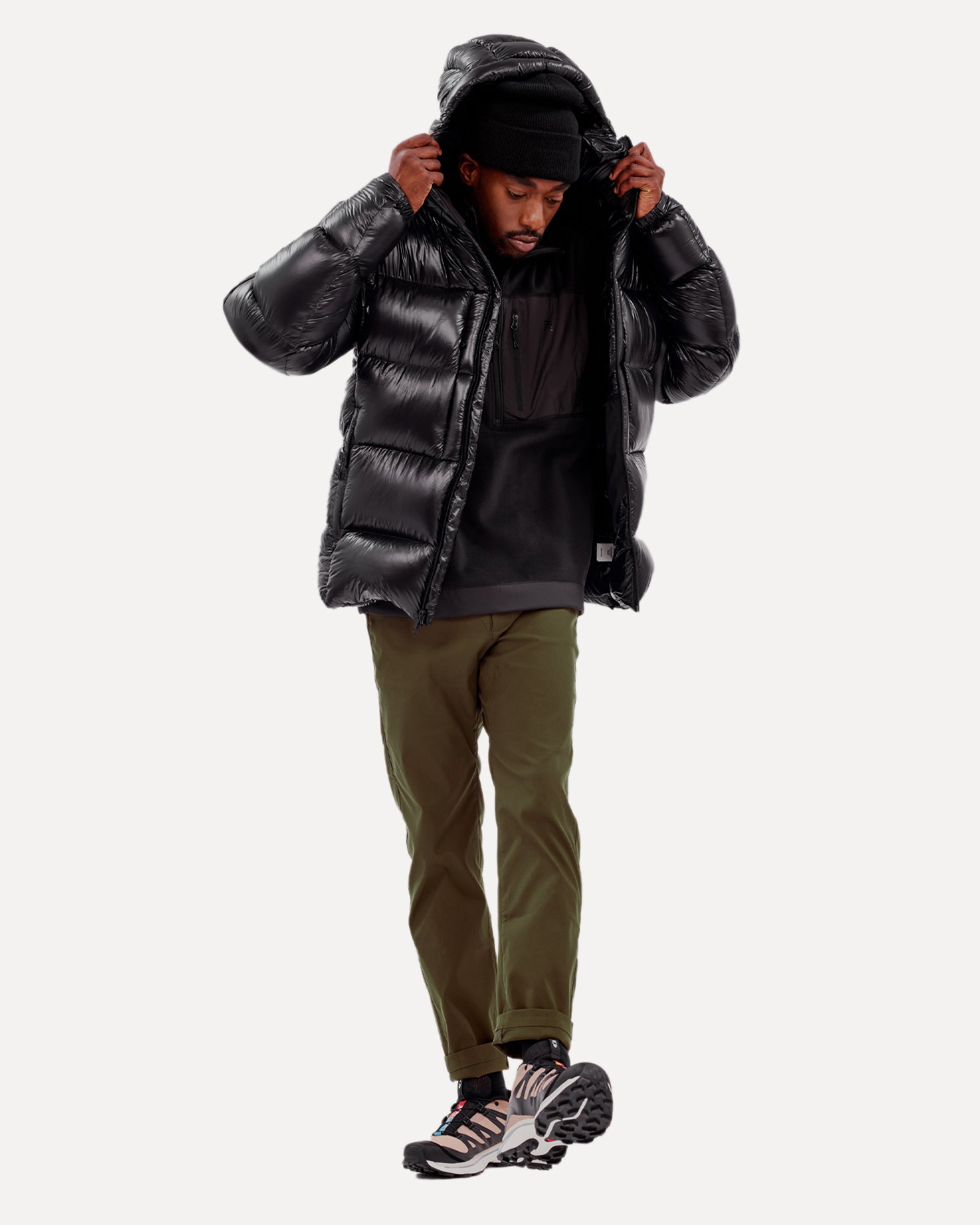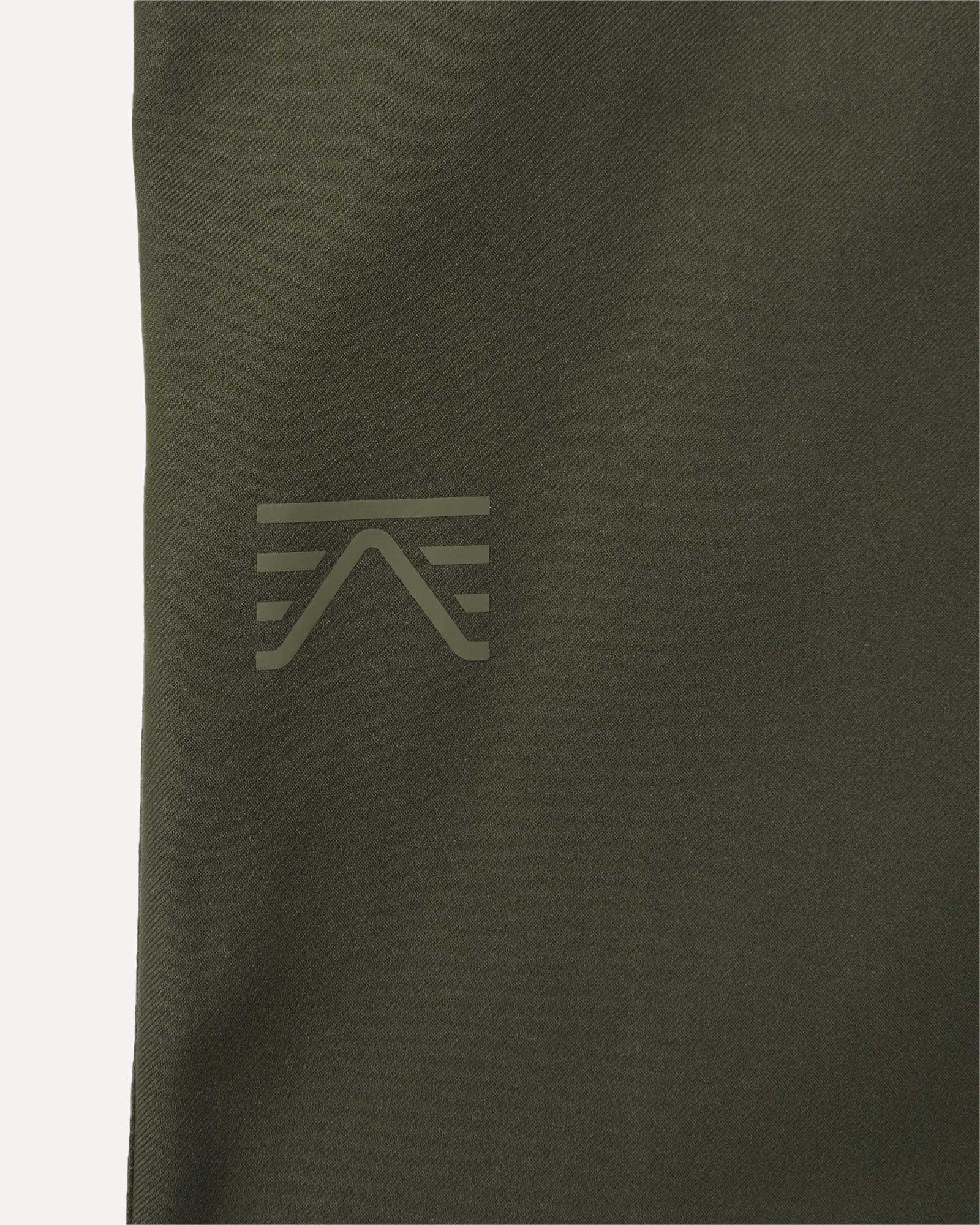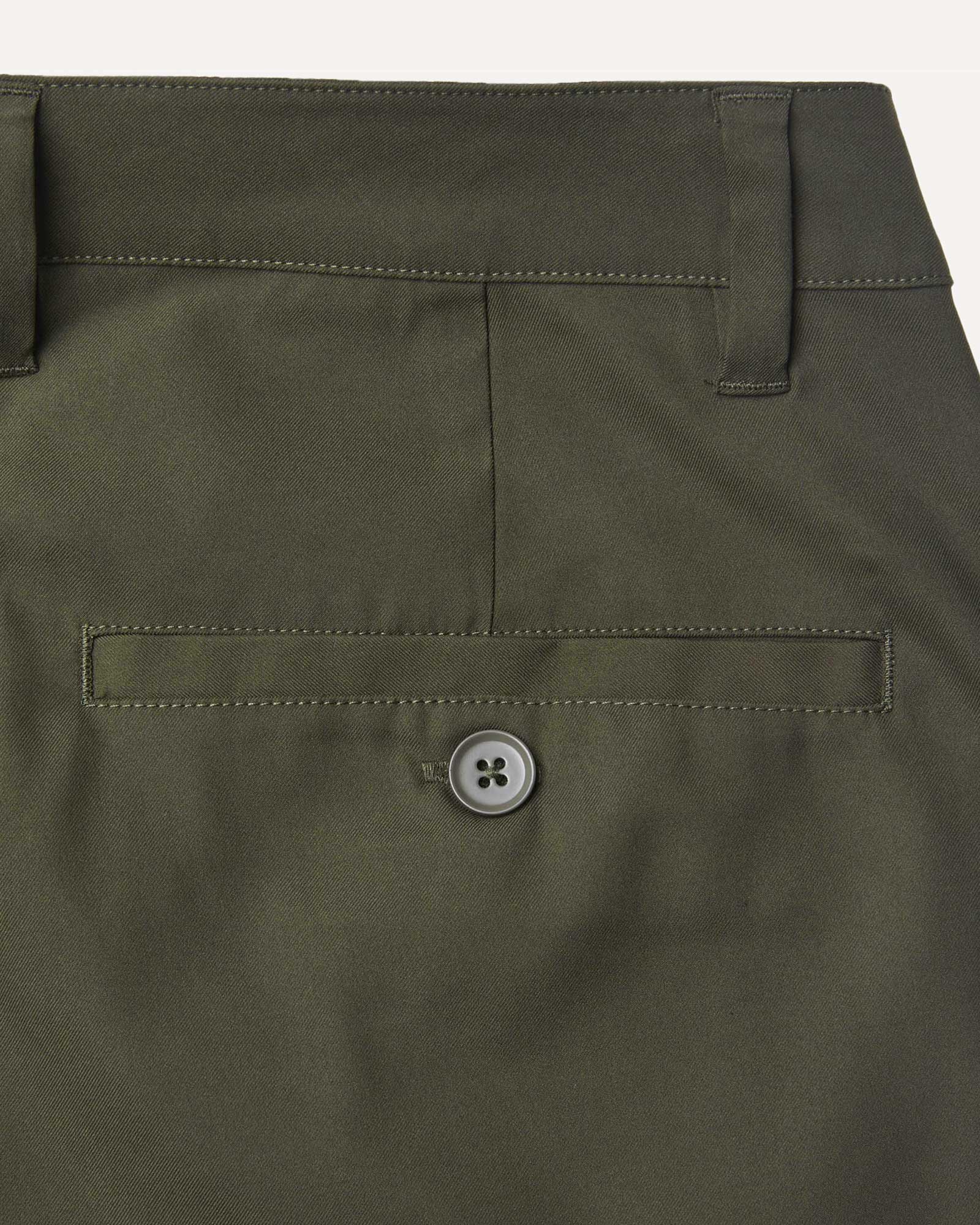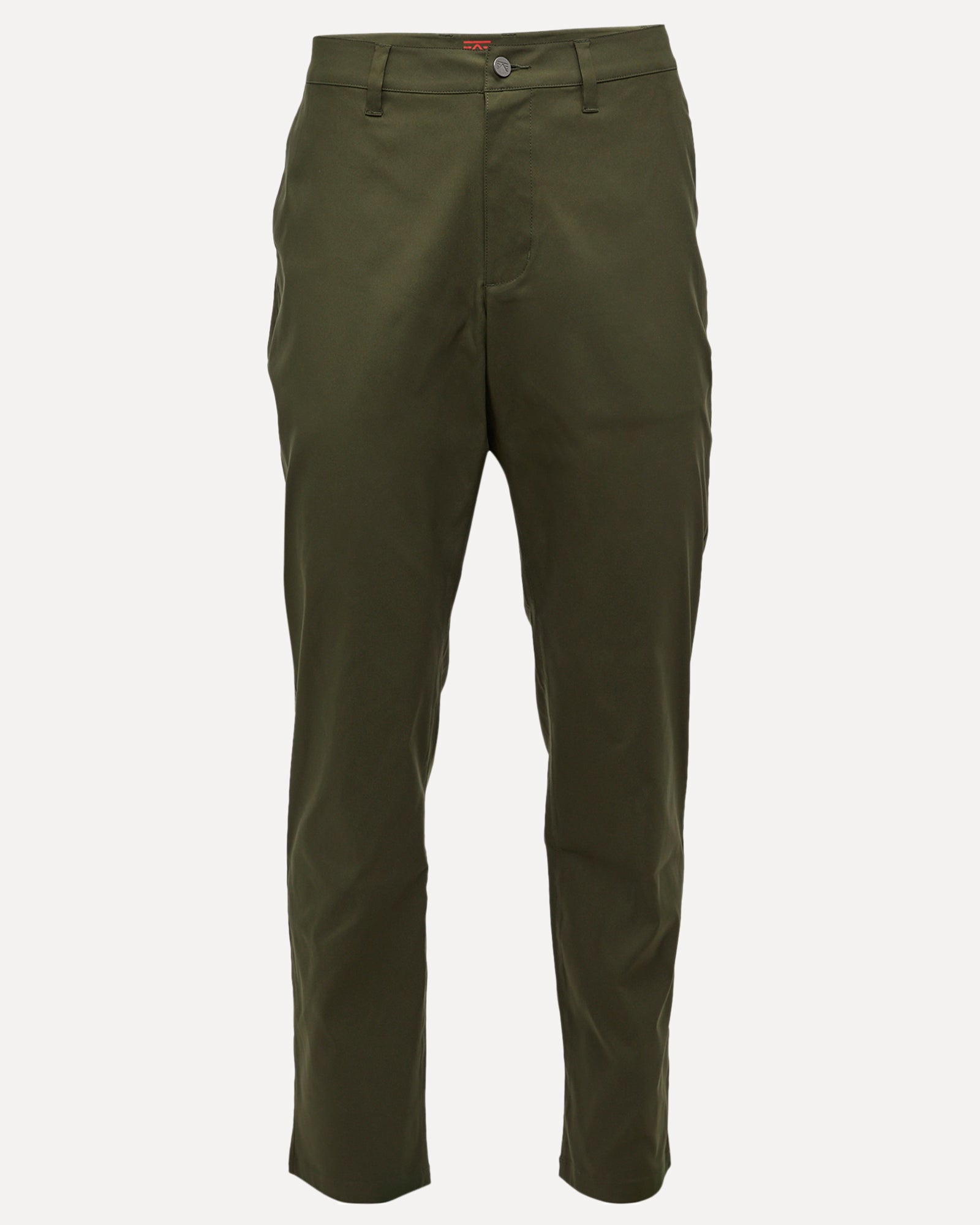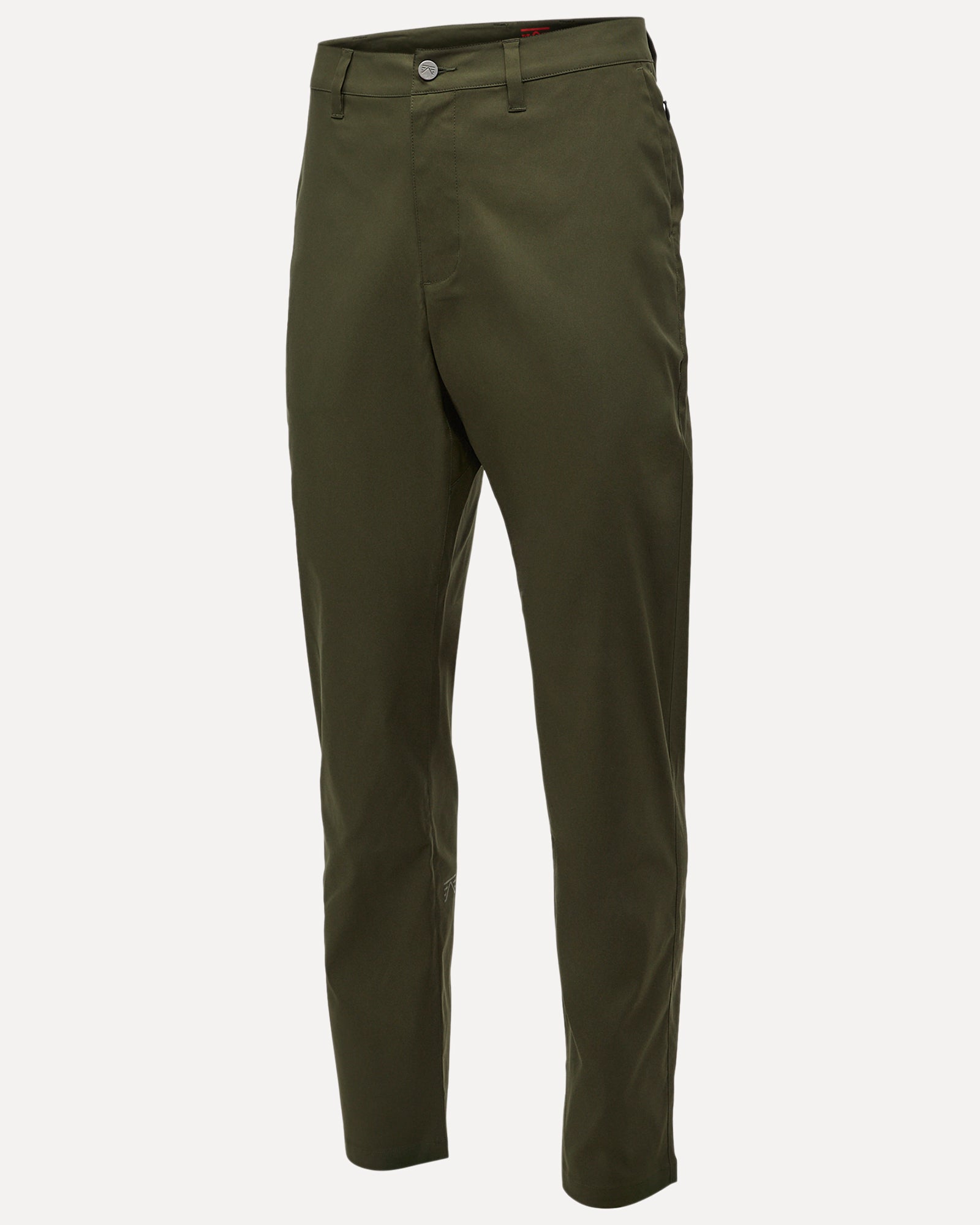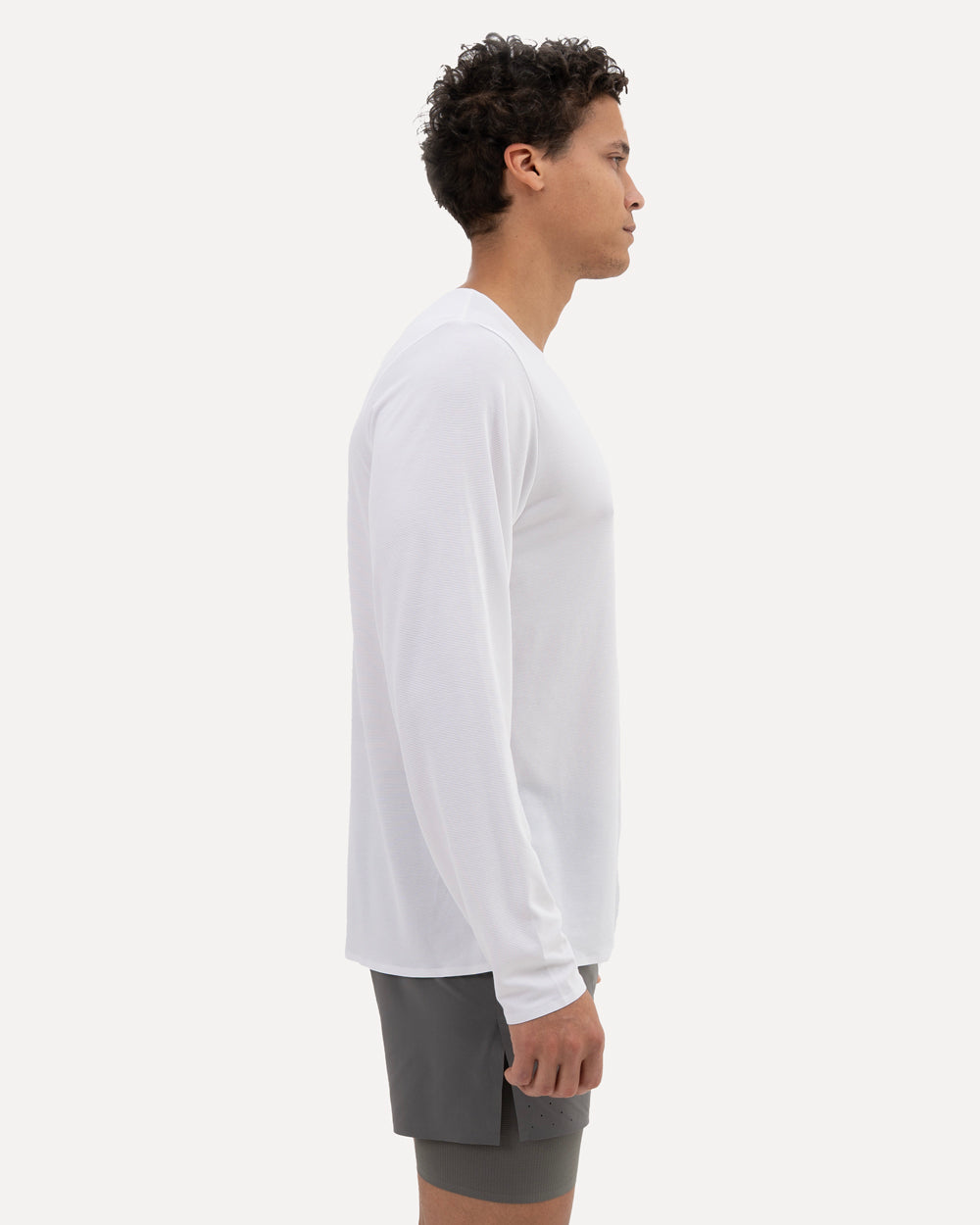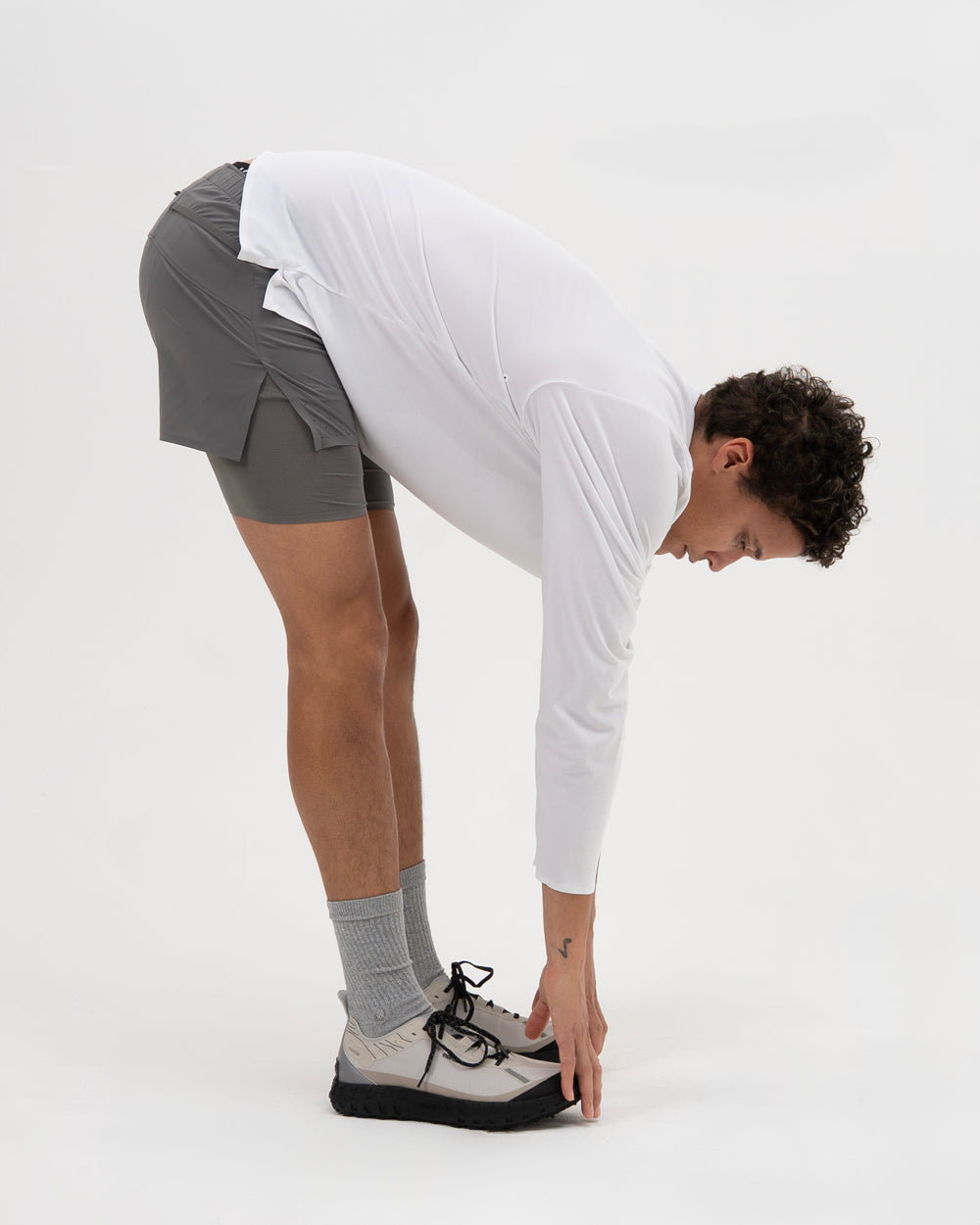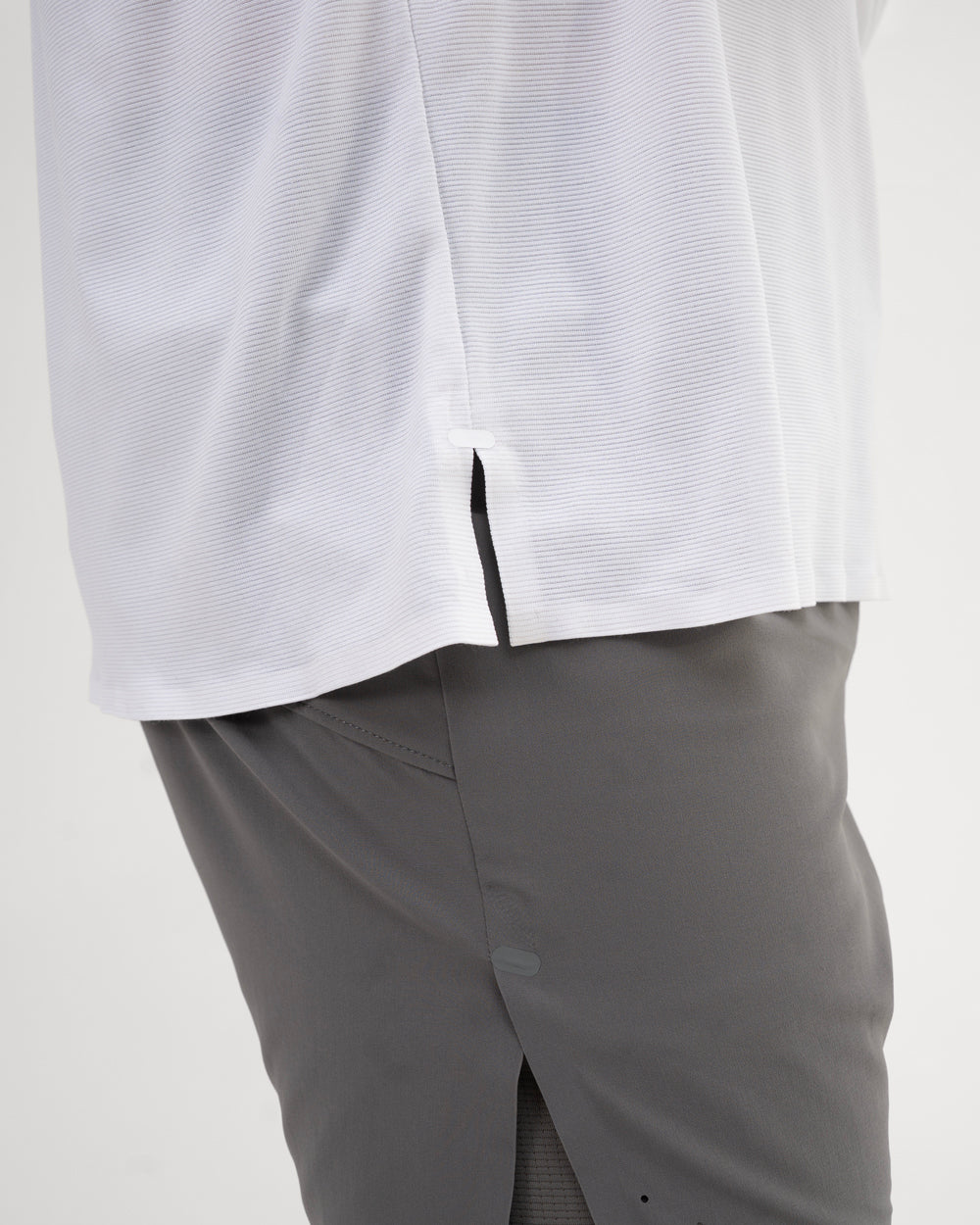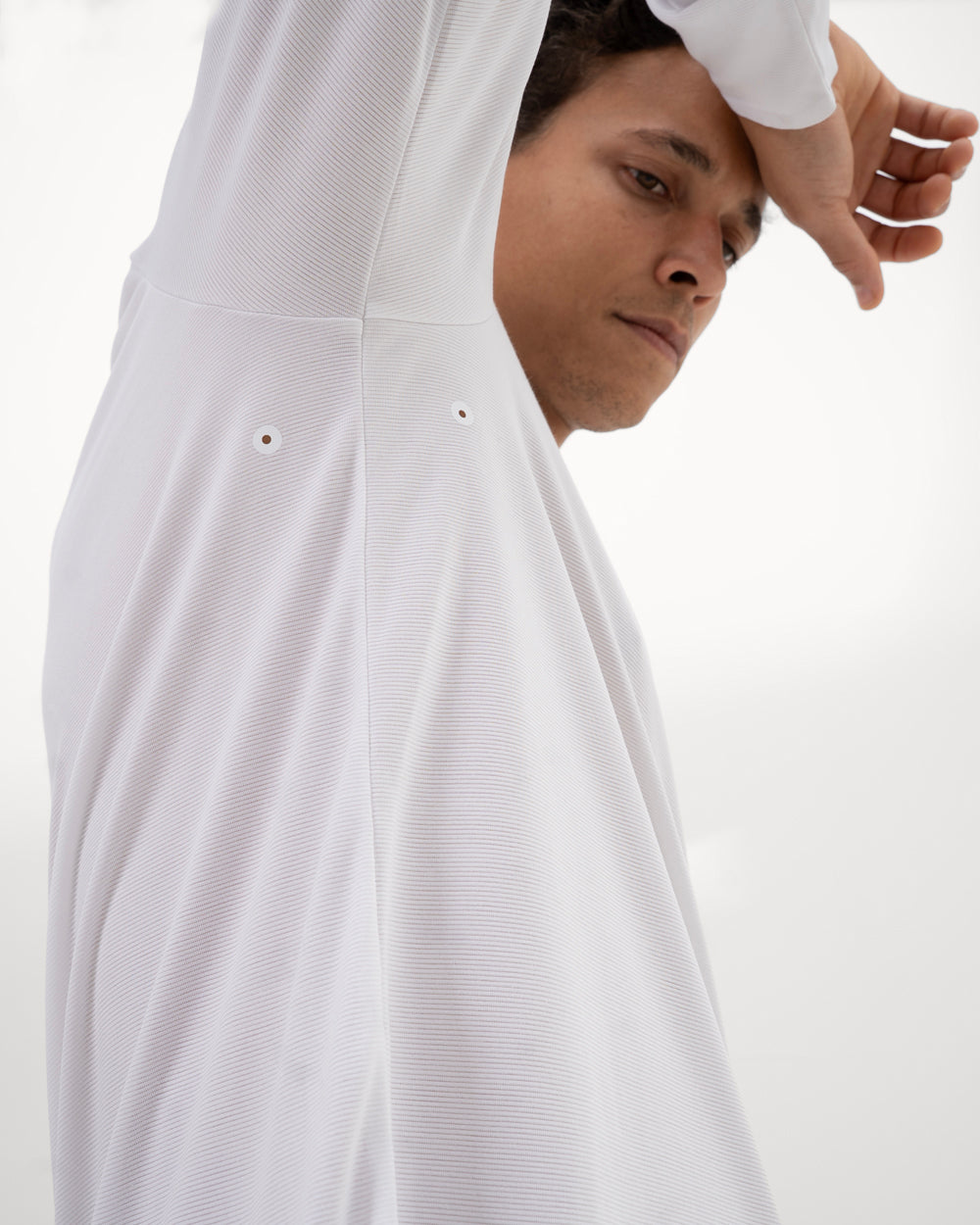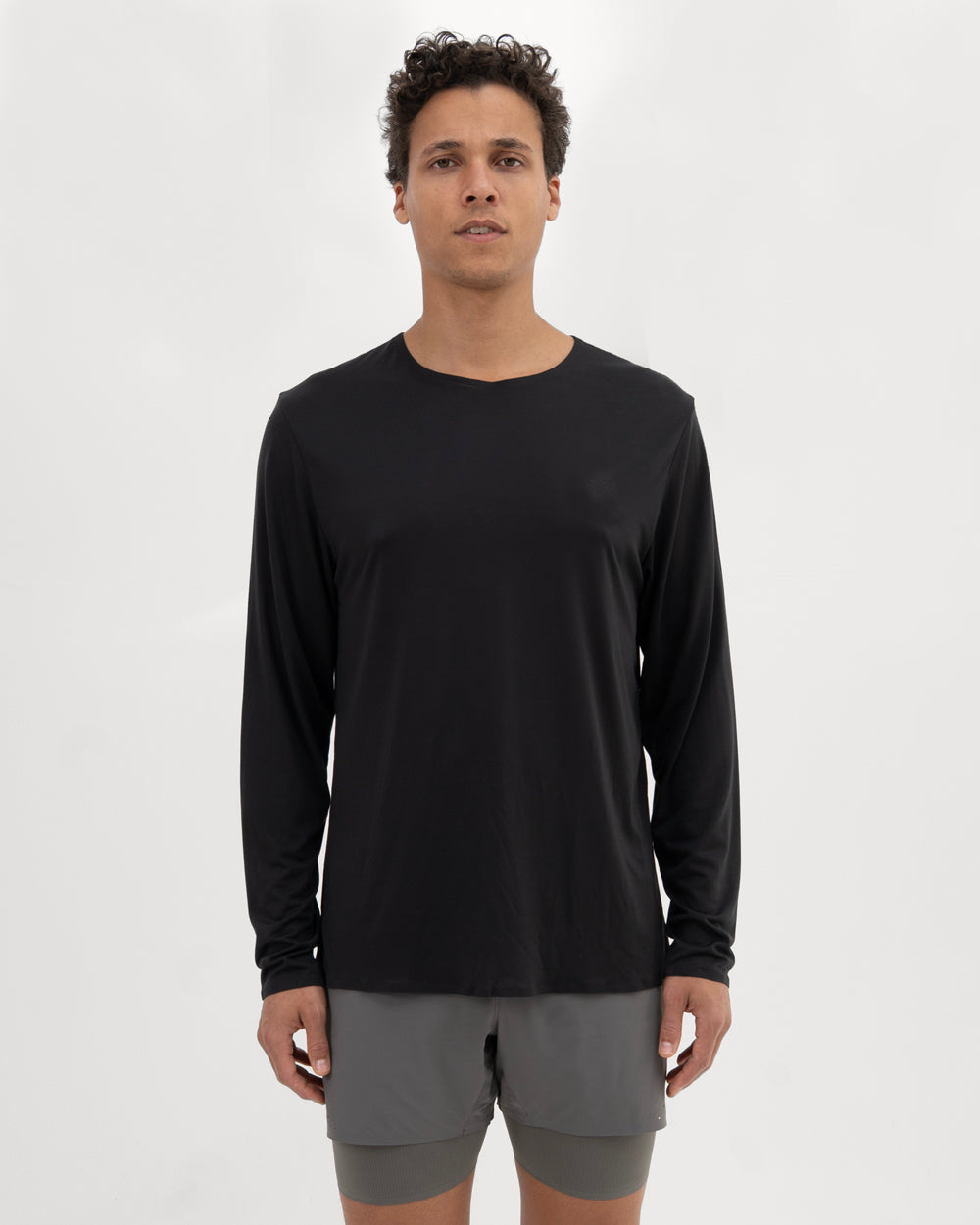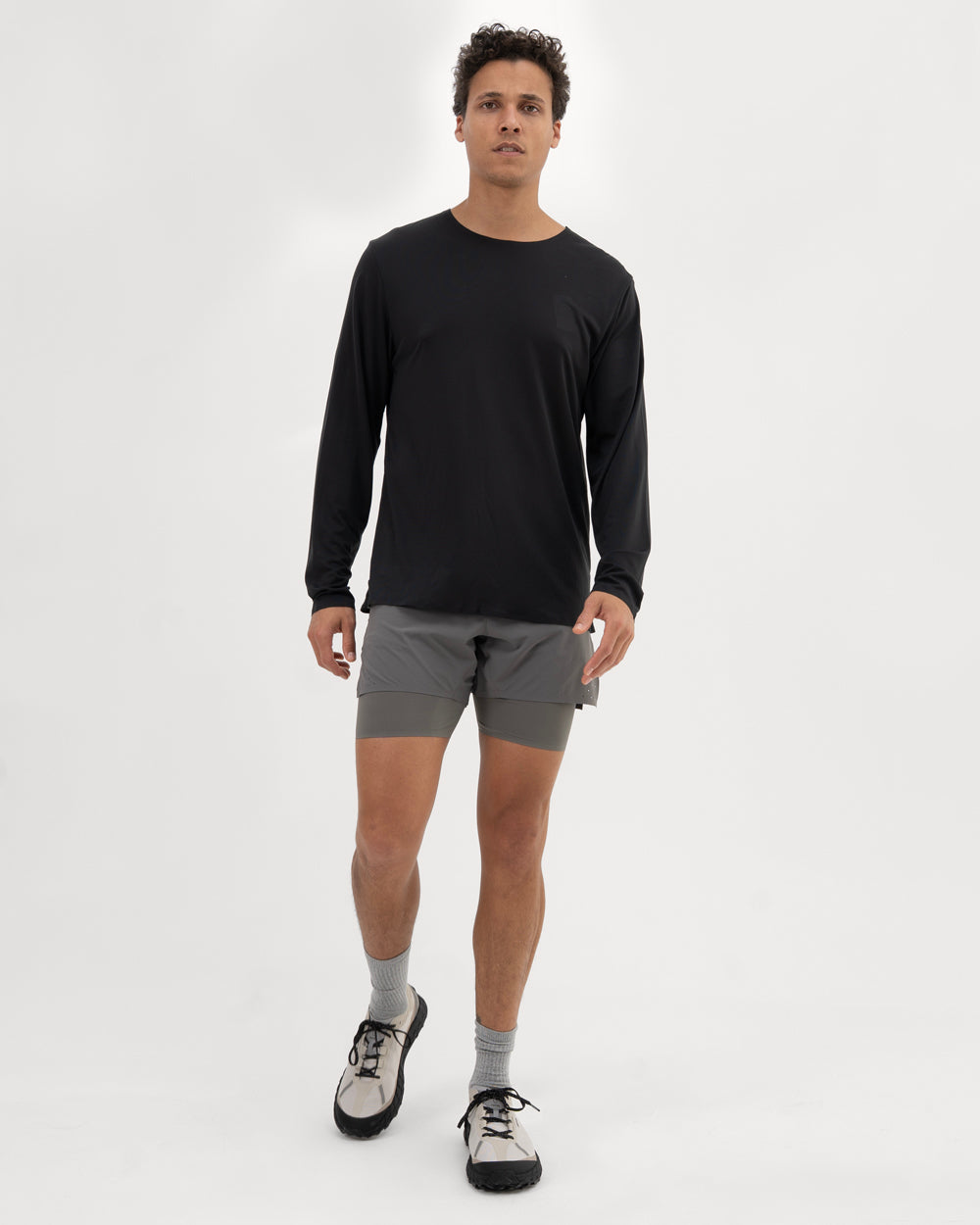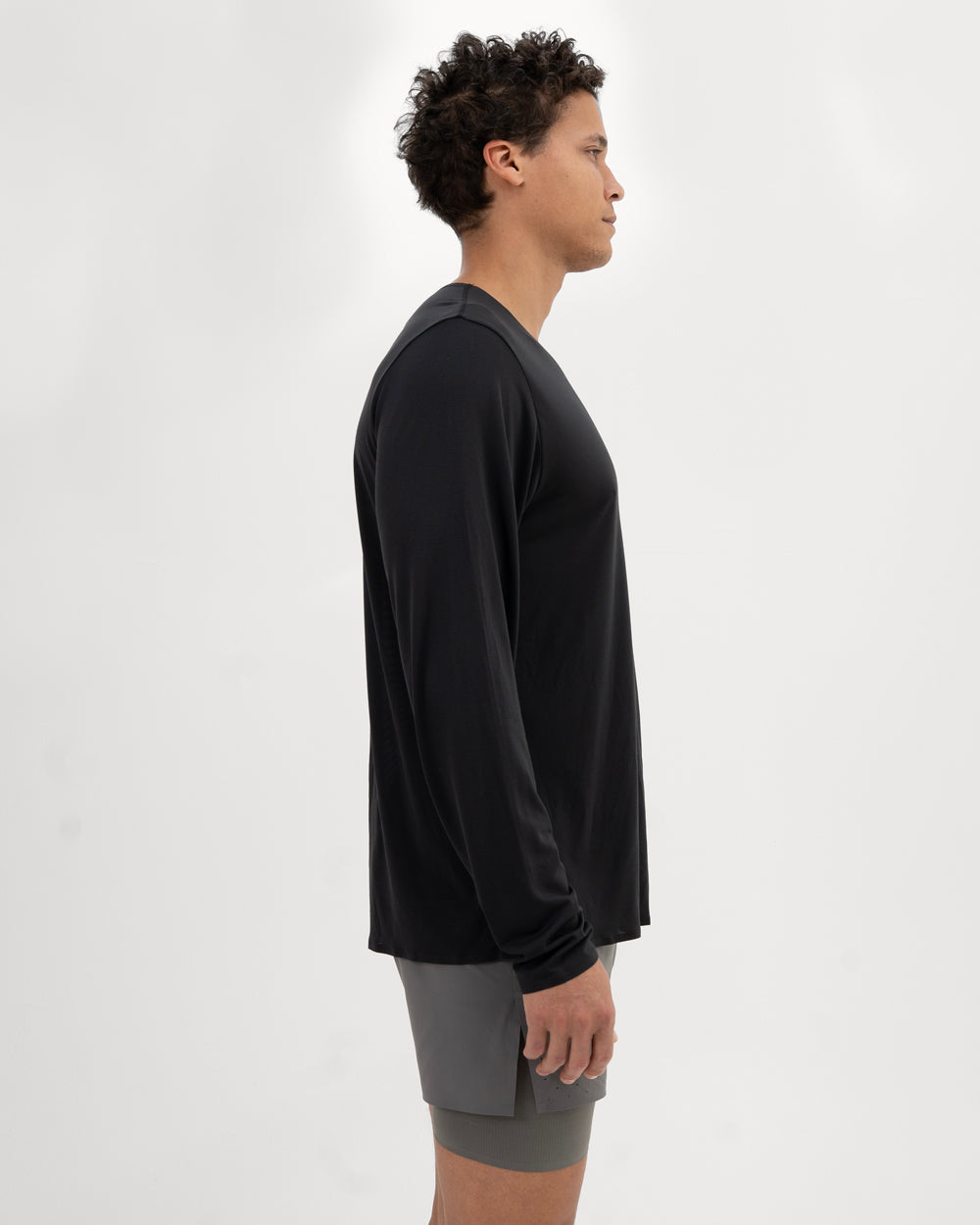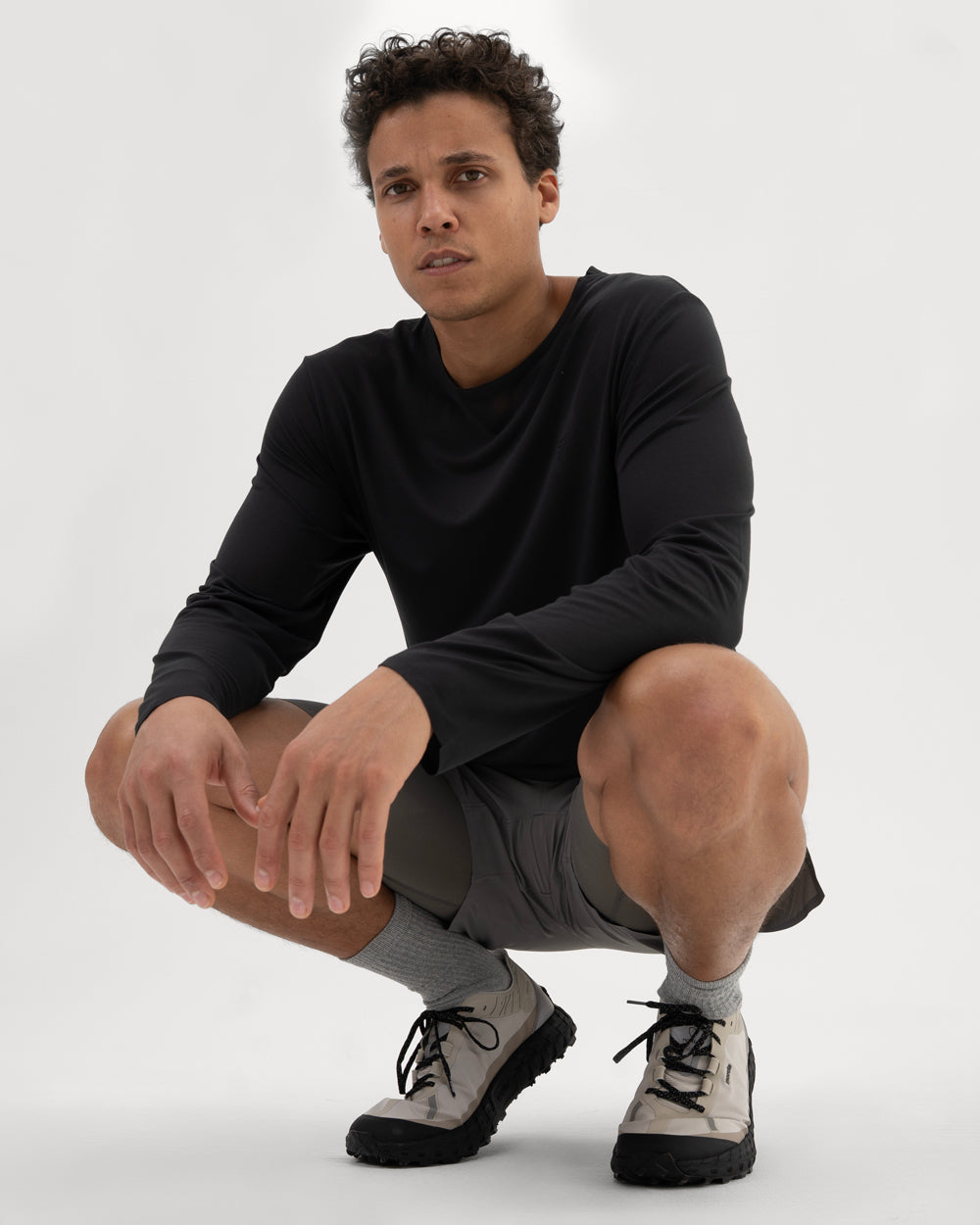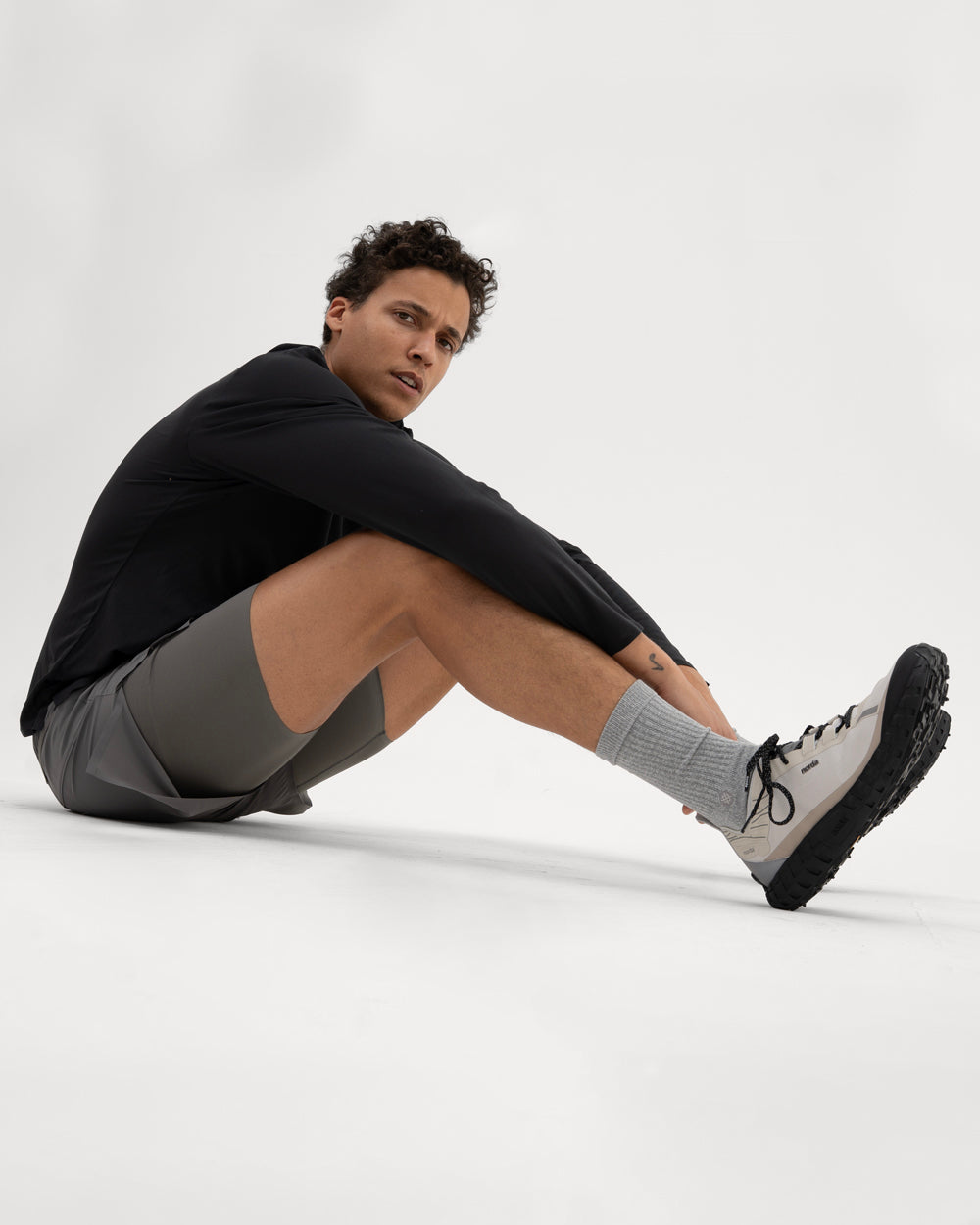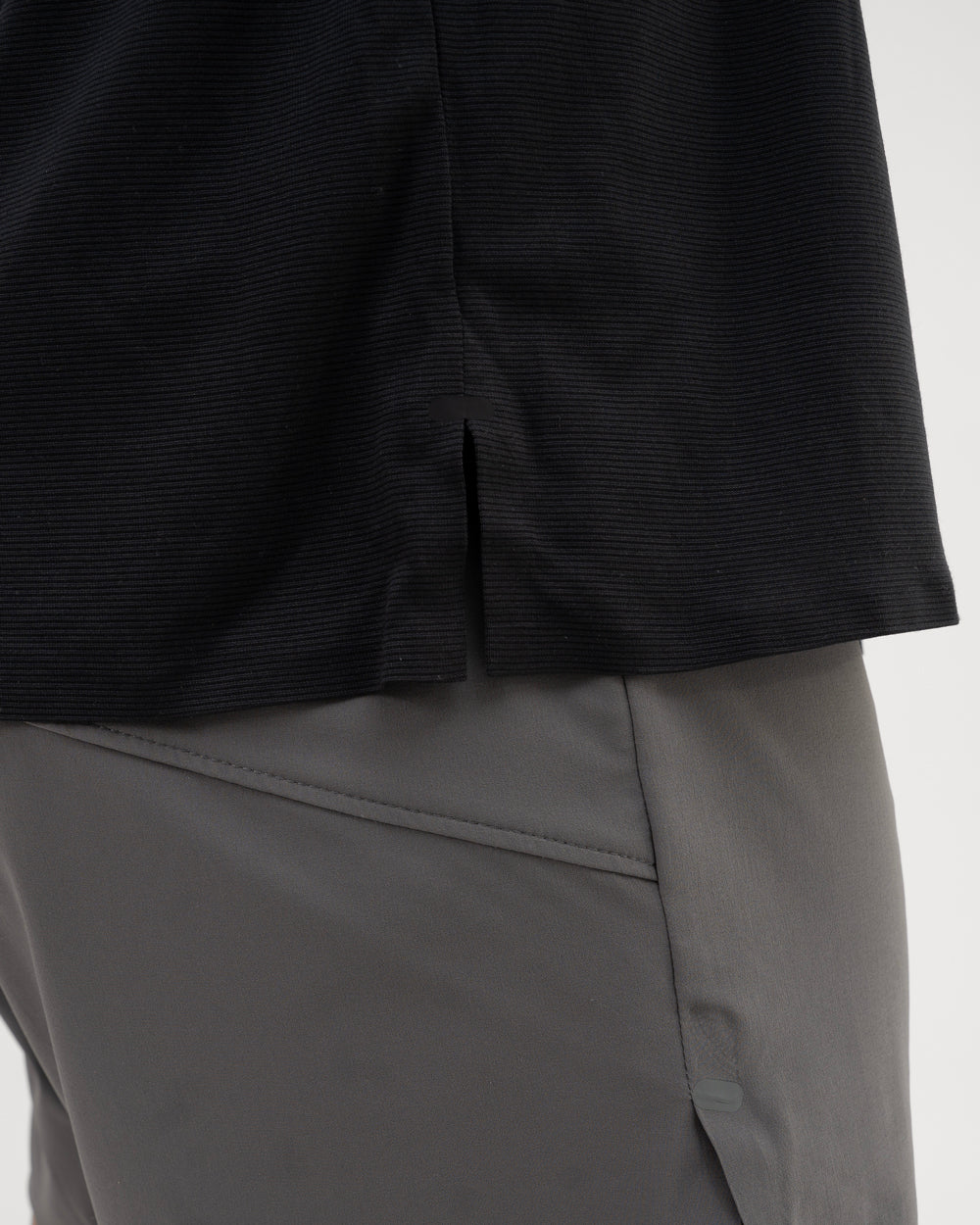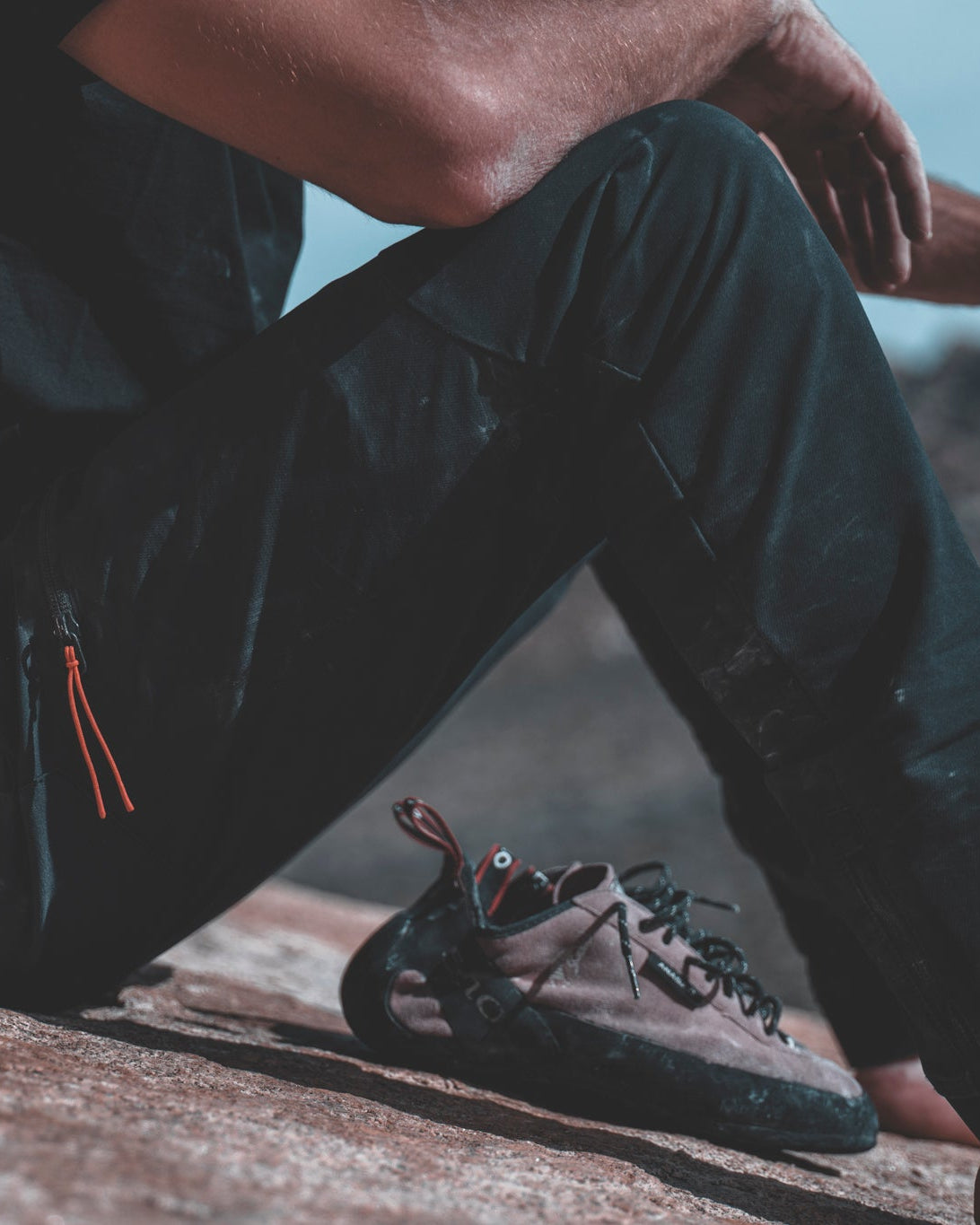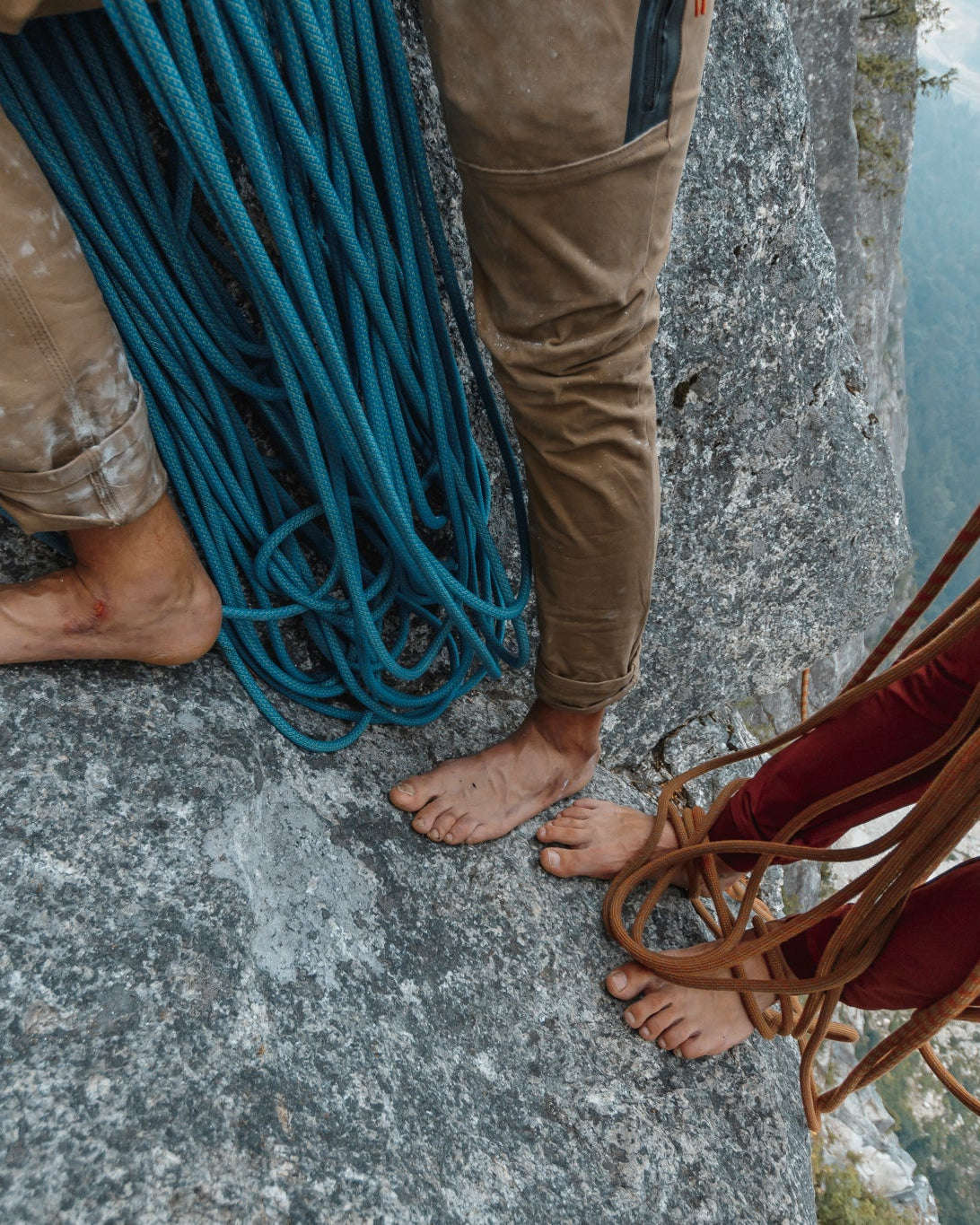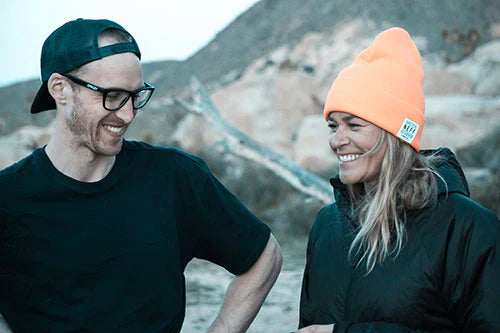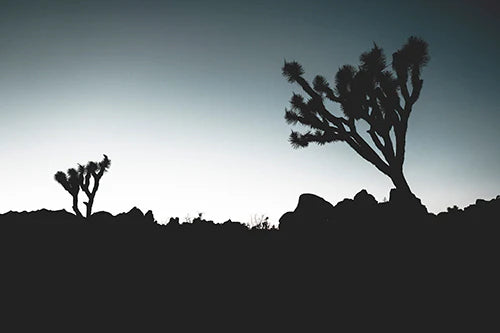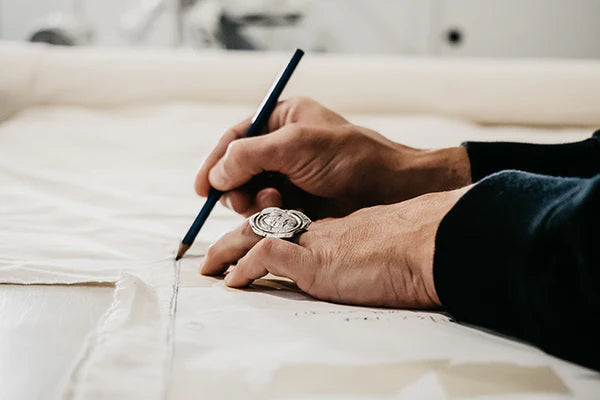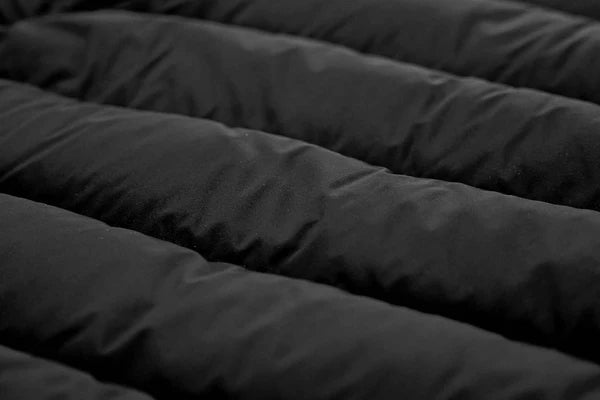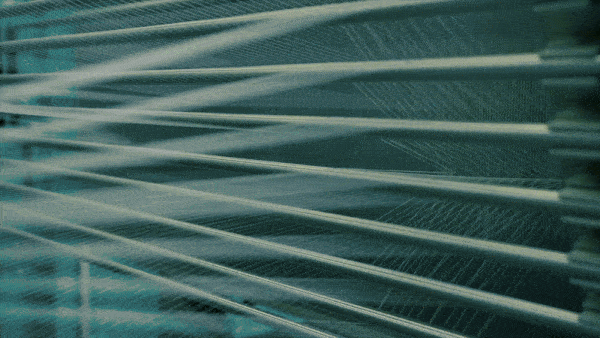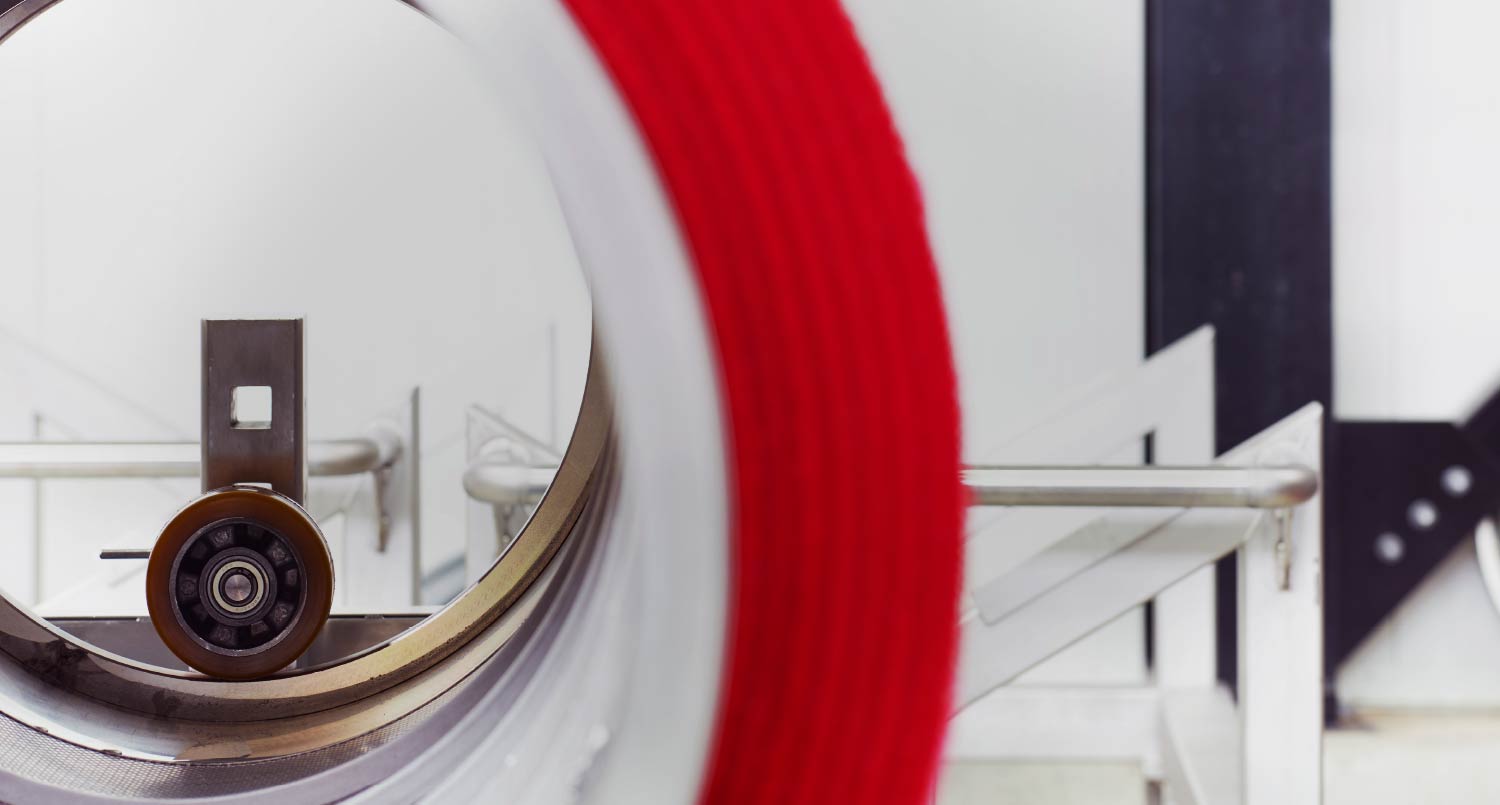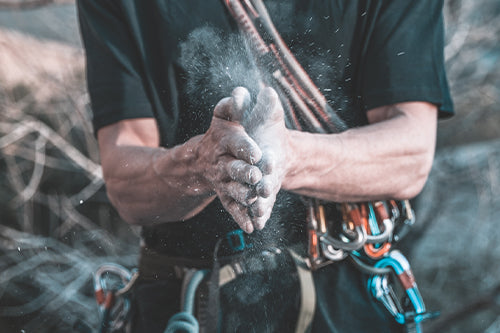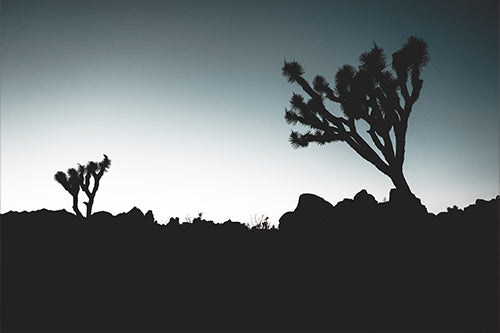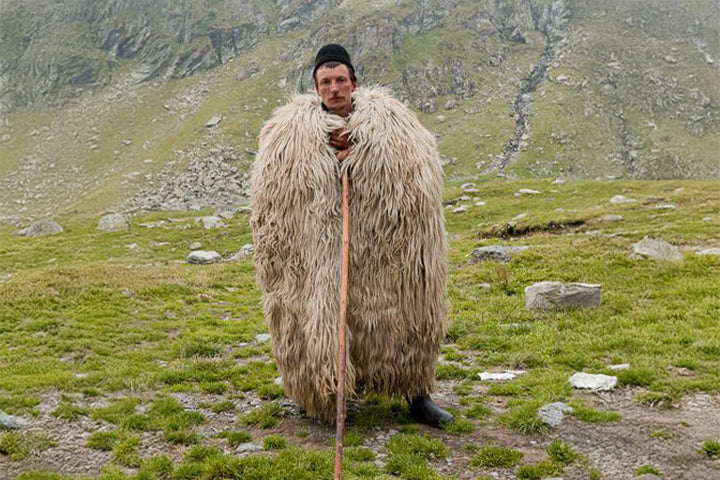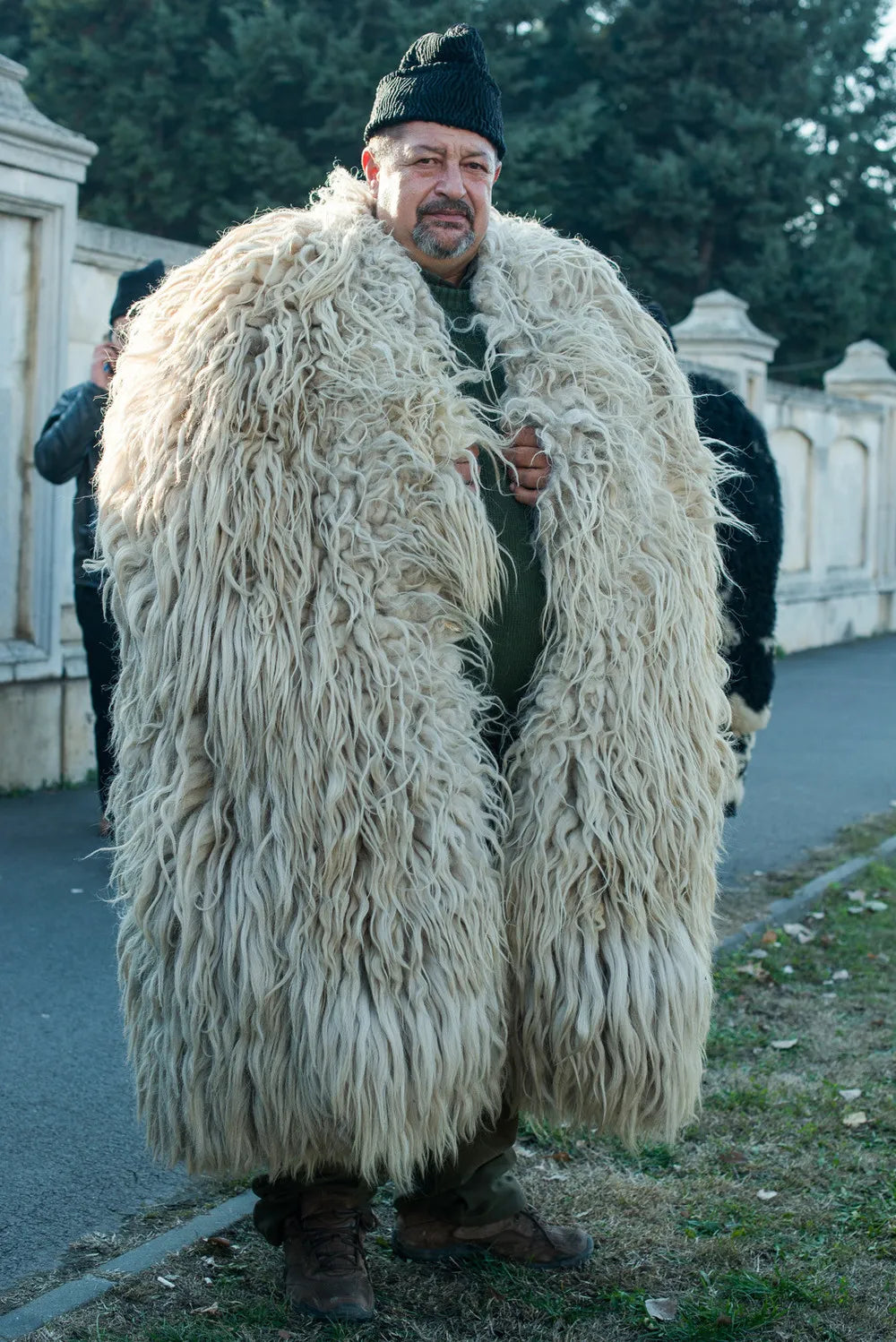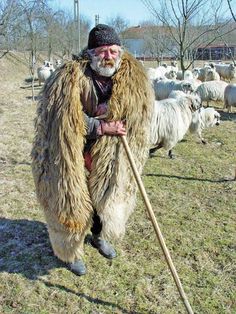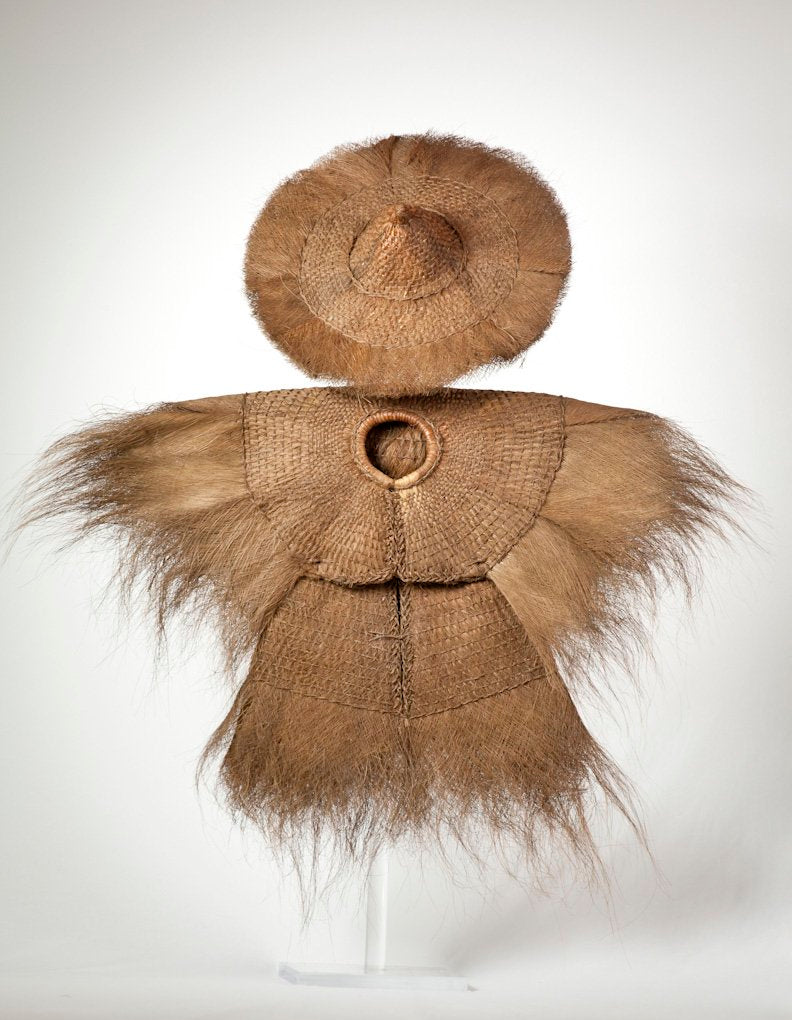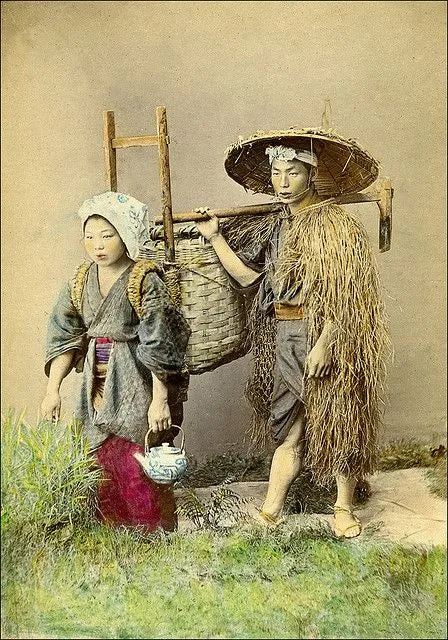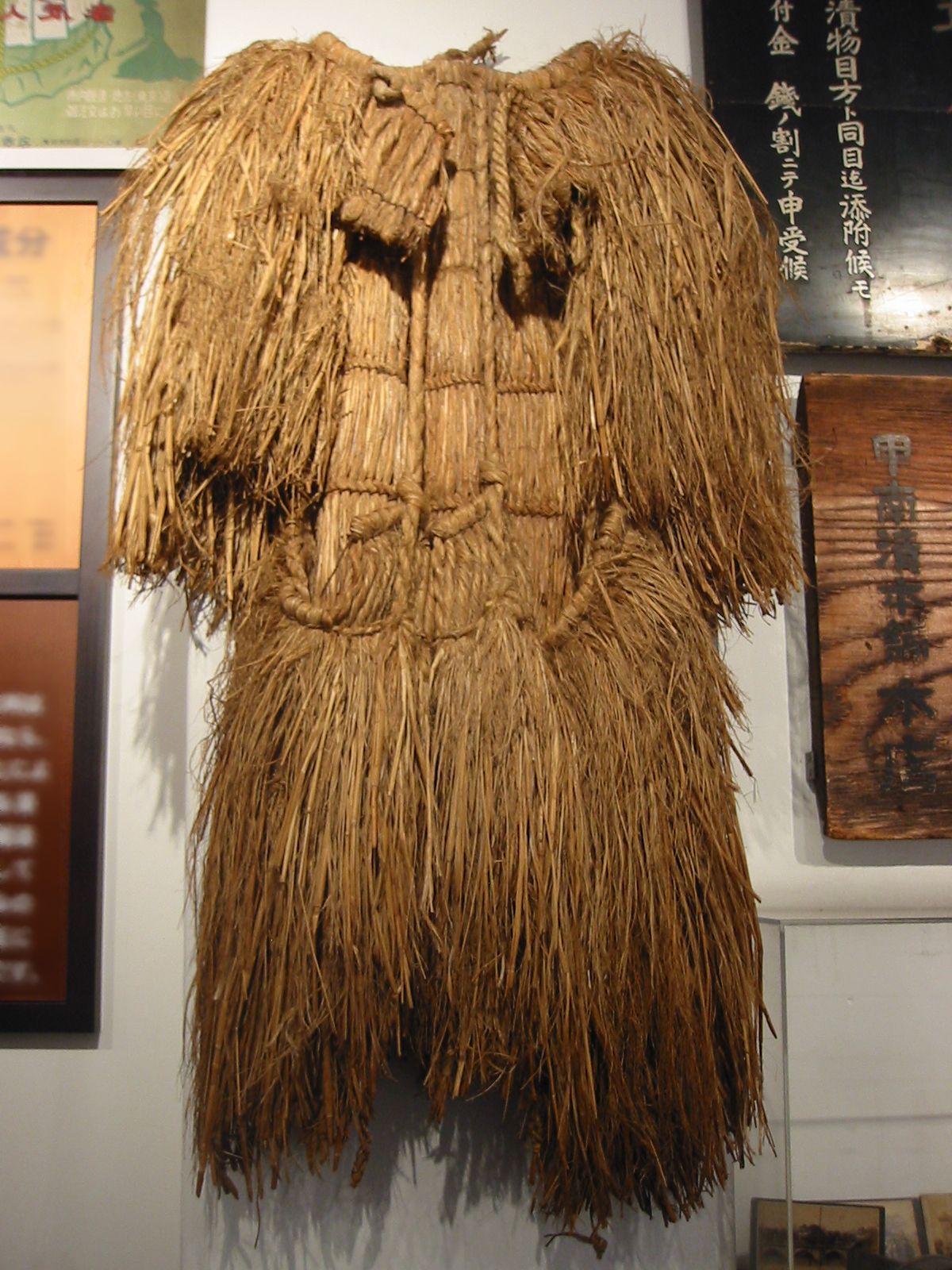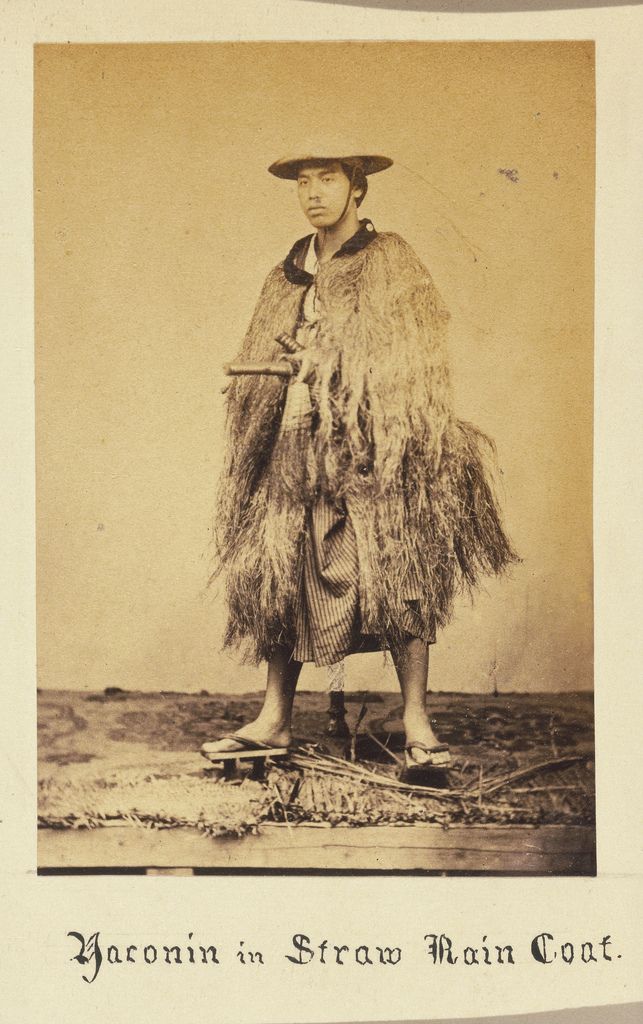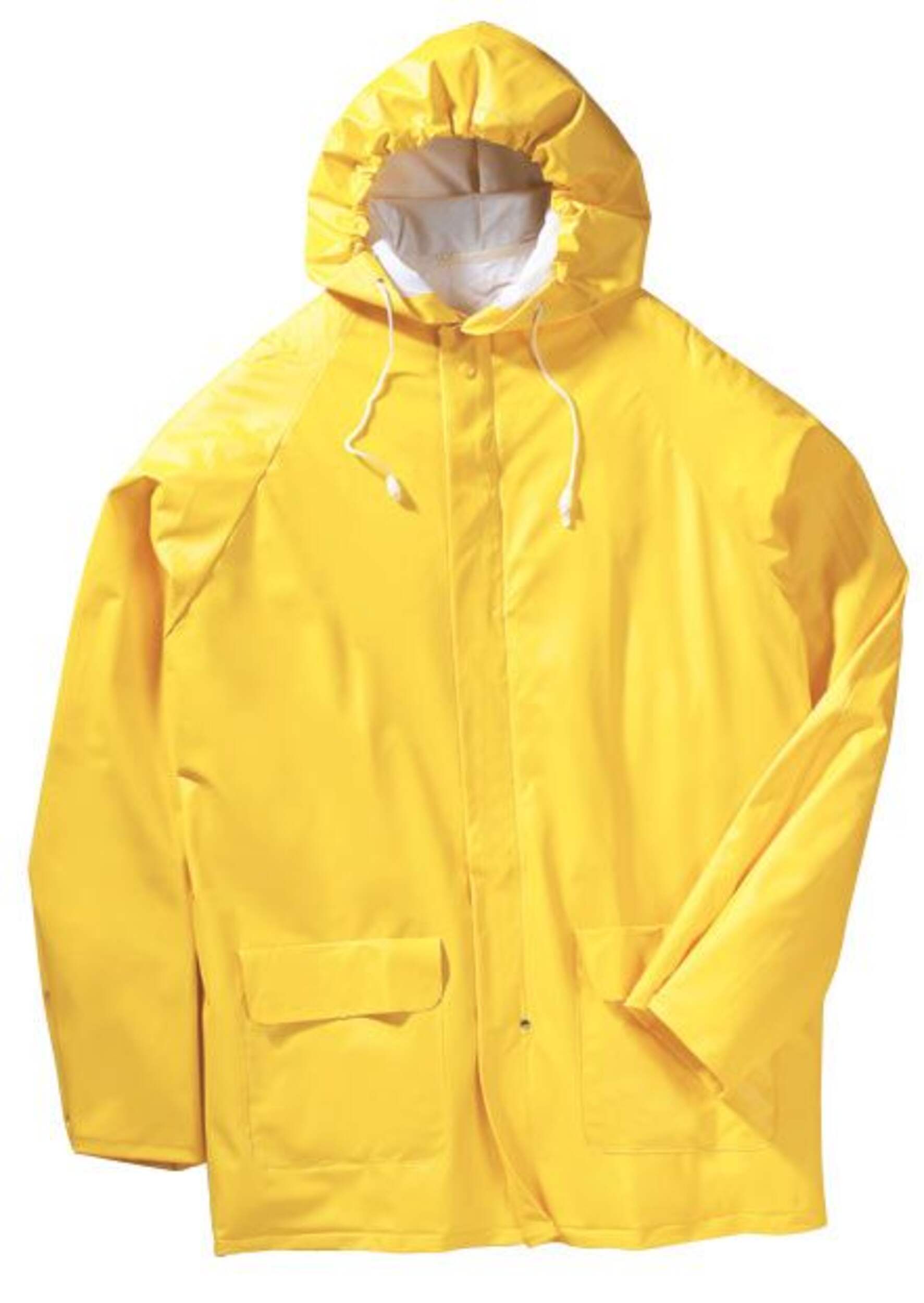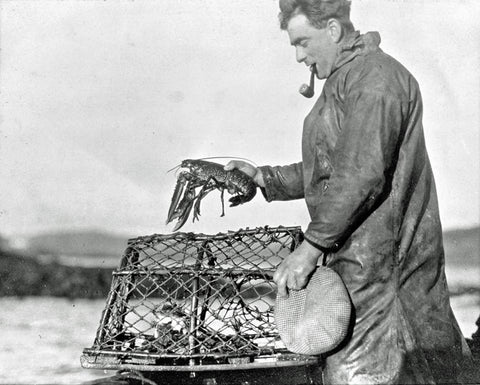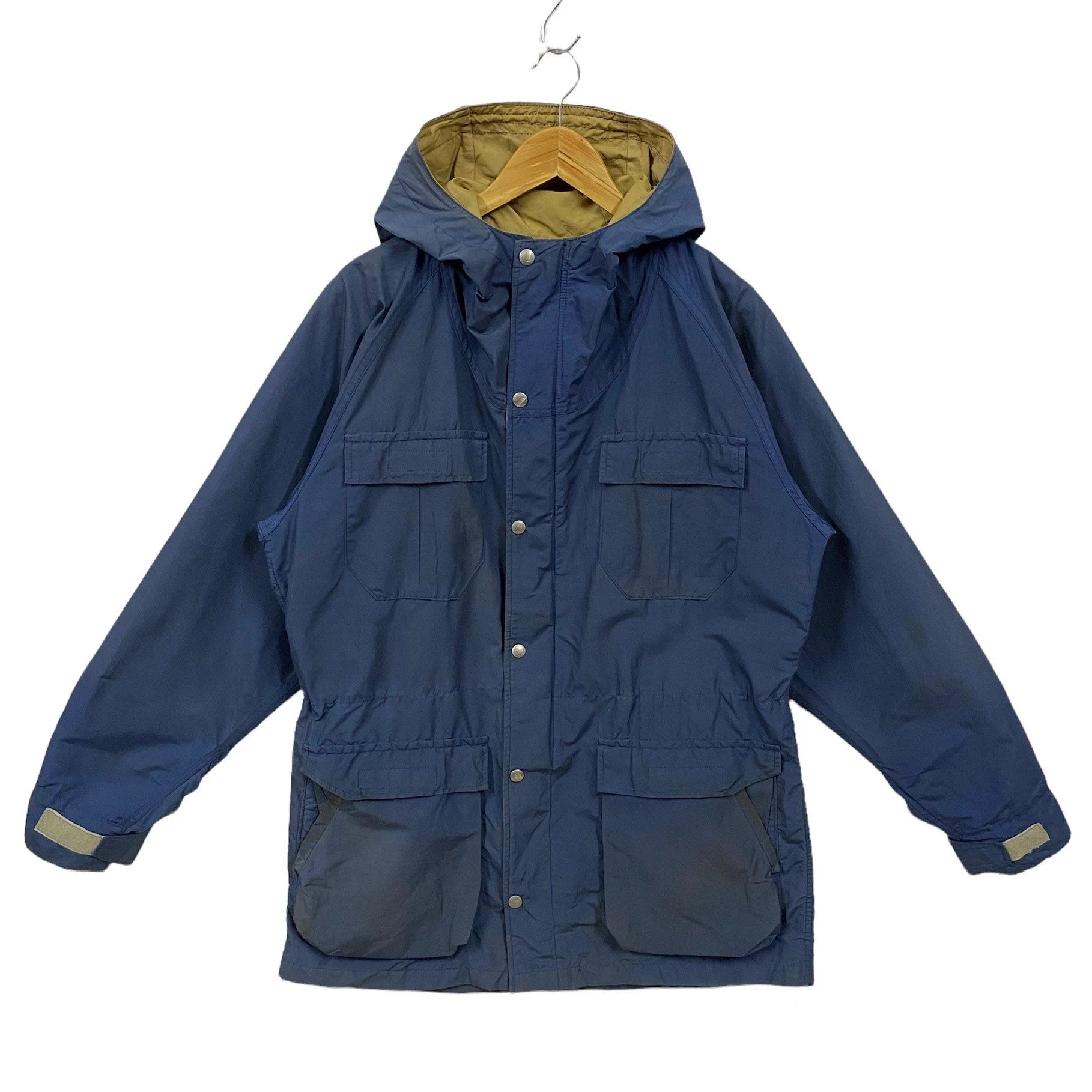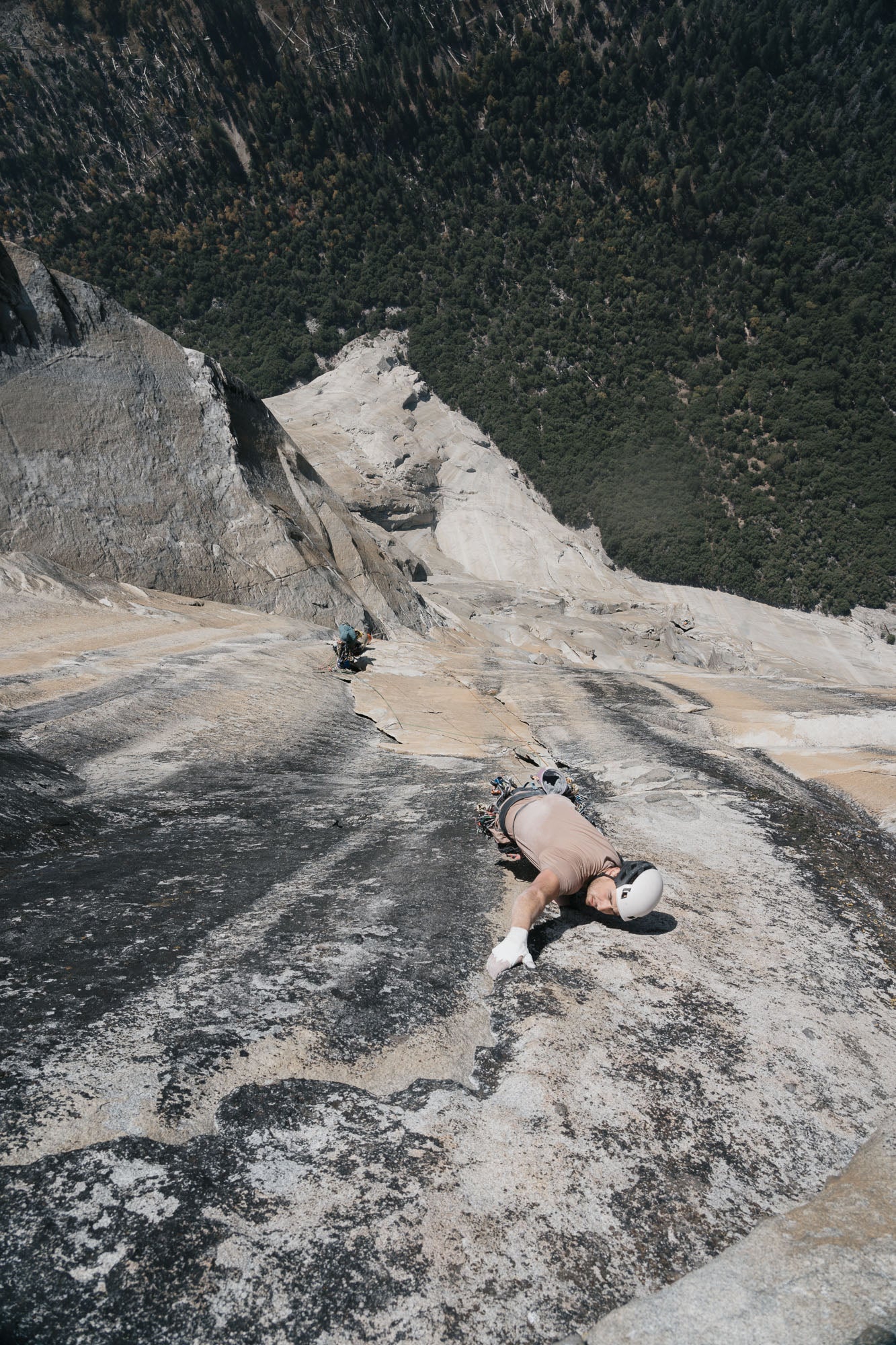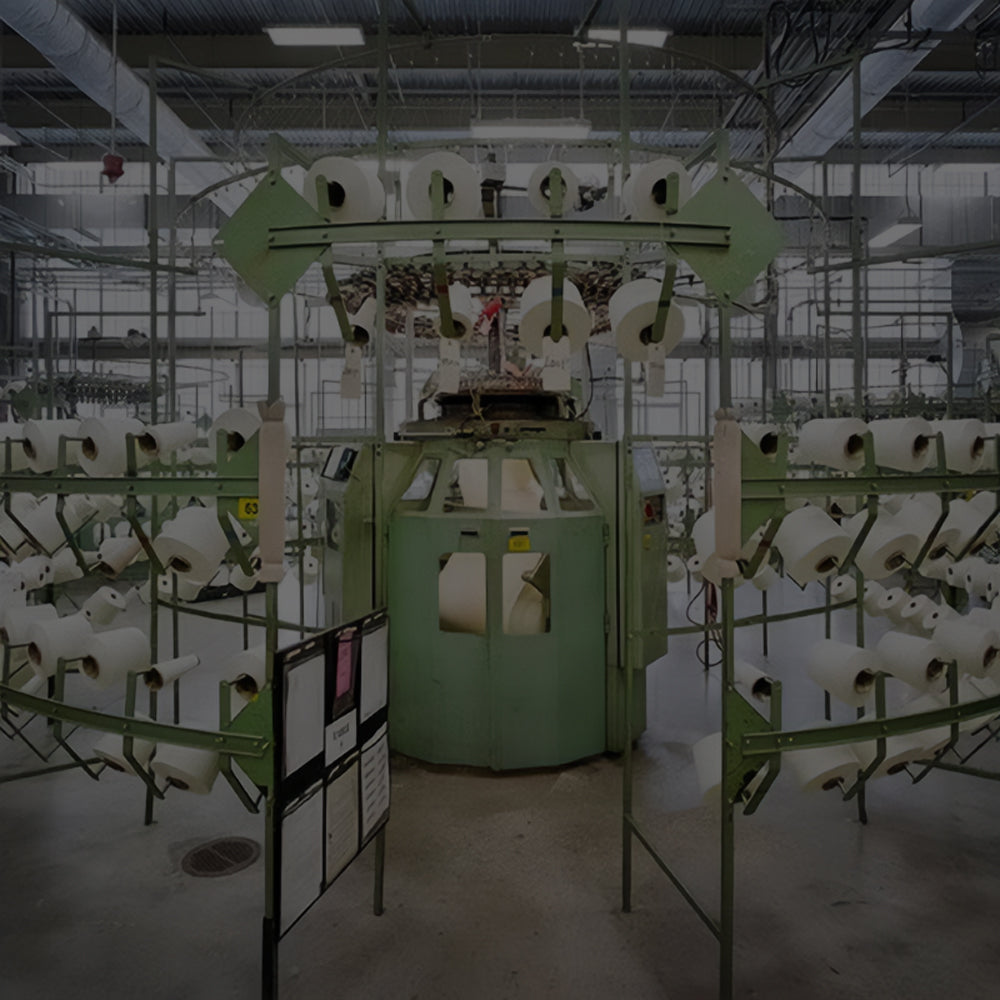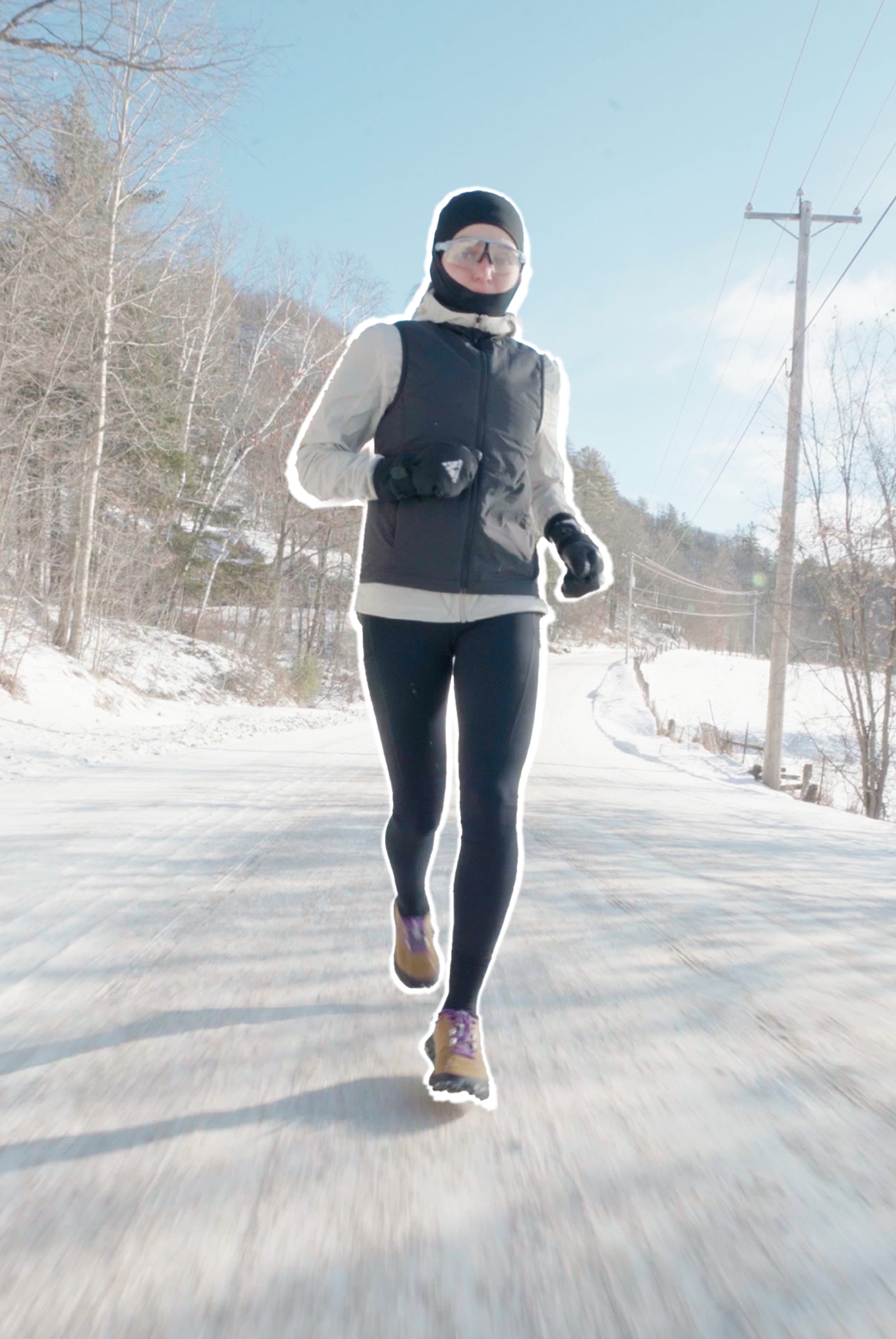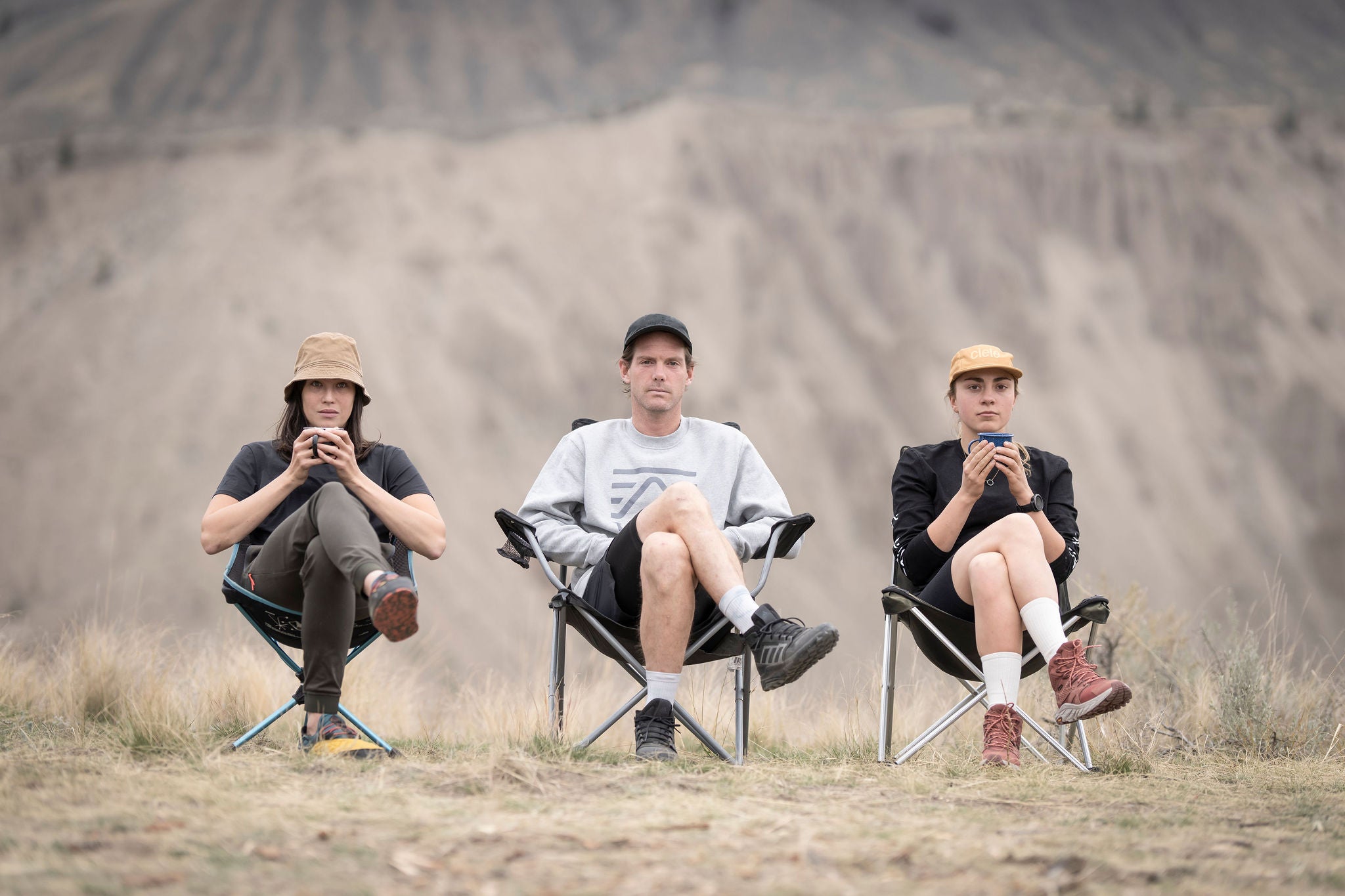Before “waterproof-breathable” became an industry category, before laminates and seam tape, people still had to face the rain. They didn’t have factory-built membranes or three-layer shells, but the problem — staying dry enough to keep working, walking, or sailing — has been the same for thousands of years. The solutions weren’t perfect, but they were ingenious, born from the materials at hand and a deep understanding of local conditions.
In the Scottish Highlands, shepherds wore thick wool cloaks that were never fully scoured, so the natural lanolin — a waxy, hydrophobic coating found in sheep’s wool — stayed in the fibers. This wasn’t accidental. Processing wool was labor-intensive, and leaving the grease in saved effort while turning the fabric into a natural rain shield. It didn’t stop a soaking rain from getting through, but it shed mist and drizzle and stayed warm even when wet. These cloaks were part of a system: thick layers to trap heat, lanolin to repel water, and a cut that allowed movement across open, exposed land. This was weather protection shaped by the demands of shepherding on steep, windswept hillsides, where the choice wasn’t between wet and dry, but between being wet and cold or wet and warm.r.
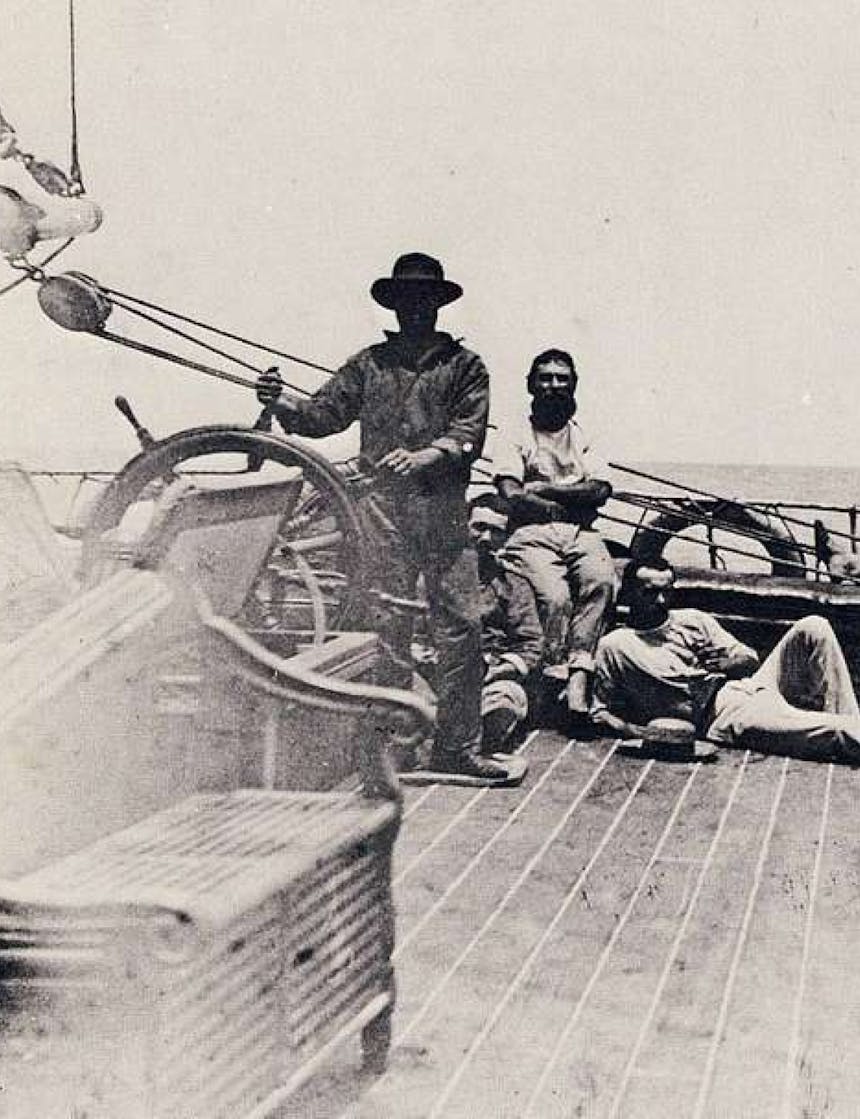
At sea, another tradition evolved. Sailors and fishermen worked in conditions where the rain came sideways and the waves brought more of it from below. They cut down worn-out sails, soaked them in linseed or fish oil, and fashioned coats from the stiff, weatherproof cloth. Over time, cotton replaced linen, paraffin wax replaced oil, and the waxed canvas jacket became a staple. These garments were heavy and smelled faintly of their treatment, but they were tough, windproof, and endlessly repairable. The DNA of those coats can still be seen today in British motorcycle jackets, heritage field coats, and even certain styles of urban outerwear that borrow their silhouette and waxed finish.
In rural Japan and China, waterproofing looked nothing like wool or wax. Farmers wore capes of straw, sedge, or palm fiber — mino in Japan, suoyi in China — built like thatched roofs. Overlapping layers deflected rain while leaving gaps for air to pass through, a perfect balance for people working long days in warm, humid climates. These garments were lightweight, made entirely from renewable local resources, and could be replaced or repaired with materials from the field. They were as much a tool as any hoe or plow, proof that weather protection could be made quickly, cheaply, and sustainably without industrial infrastructure.
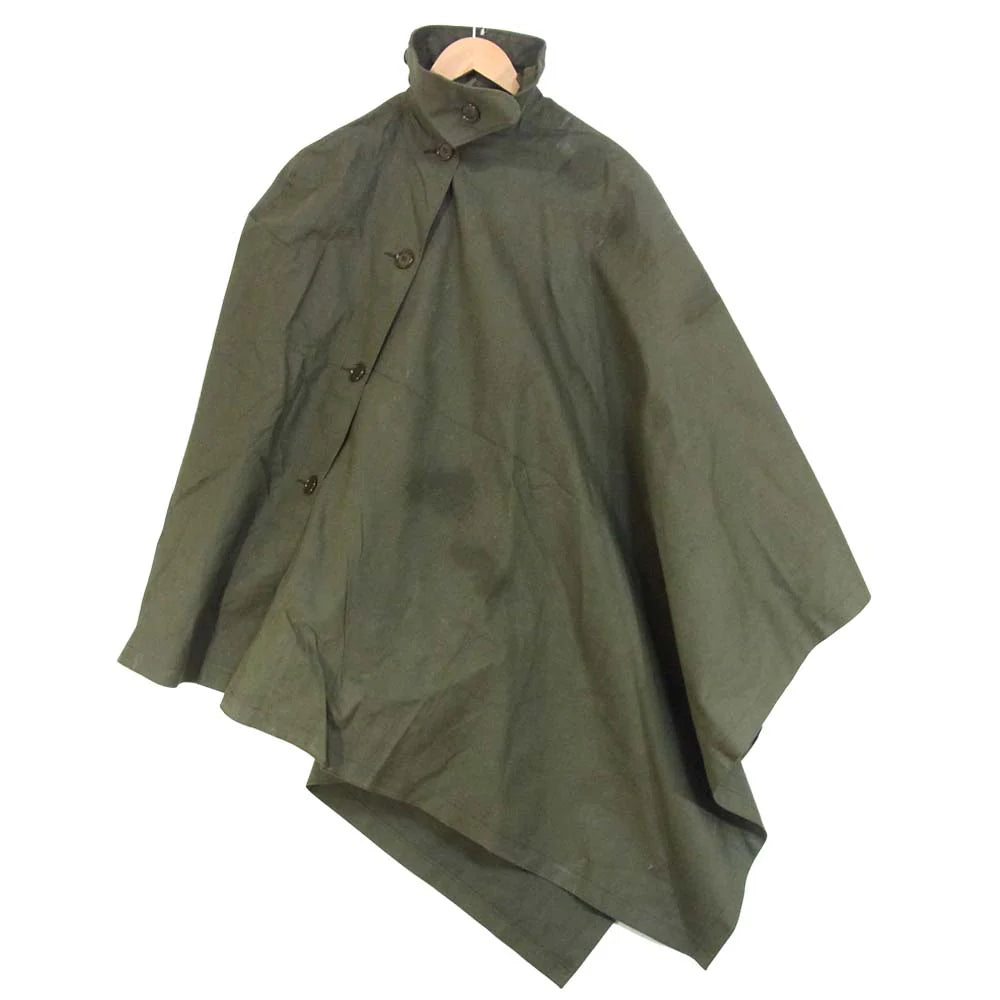
The common thread across all these methods was an understanding of layers long before layering was codified by the outdoor industry. An outer shell slowed or deflected rain. Insulation kept the wearer warm even when damp. Inner layers managed sweat and heat. It was performance clothing before we called it that — and it came from centuries of refinement, trial, and necessity.
By the mid-20th century, industrial chemistry began to replace these systems with coated nylon, rubberized fabrics, and eventually, in 1969, Bob Gore’s expanded PTFE membrane — GORE-TEX. These new materials promised something that older systems never quite delivered: waterproof and breathable in the same garment. The market ran with it, and the industry standard shifted almost overnight. But the older ways have never disappeared completely. Waxed canvas is still prized for its patina and repairability. Lanolin-rich wool has found its way back into certain technical mid-layers. Plant fiber capes still appear in rural Asia during rice planting season.
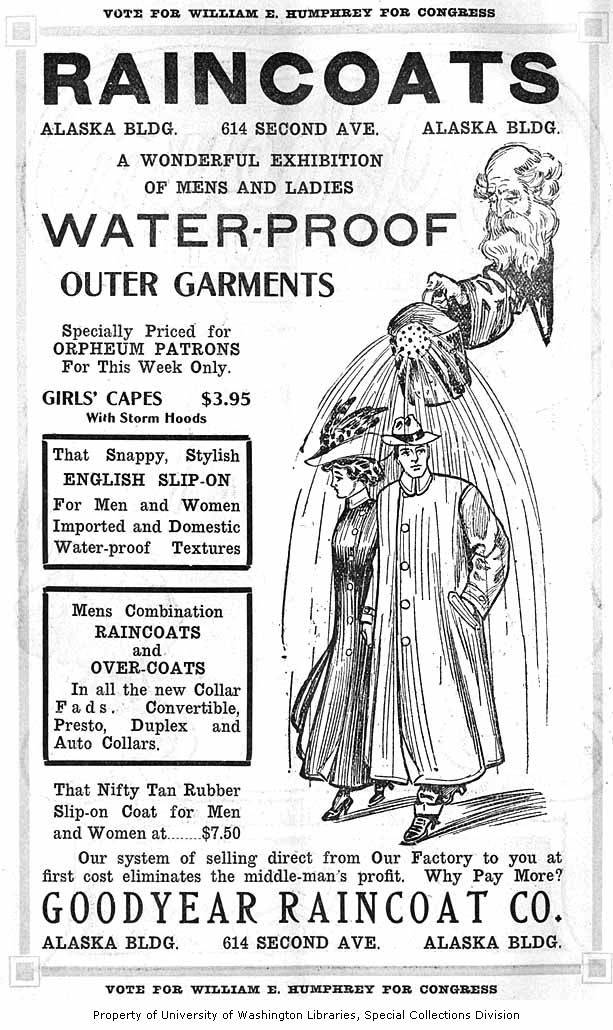
Seen in the long arc of history, pre-GORE-TEX waterproofing wasn’t just a placeholder until “better” technology came along. It was a set of region-specific, materially intelligent solutions that balanced the available resources with the real needs of the people using them. And now, as brands revisit natural fibers and low-impact treatments, some of those old ideas are beginning to look like the future again.

